








































































































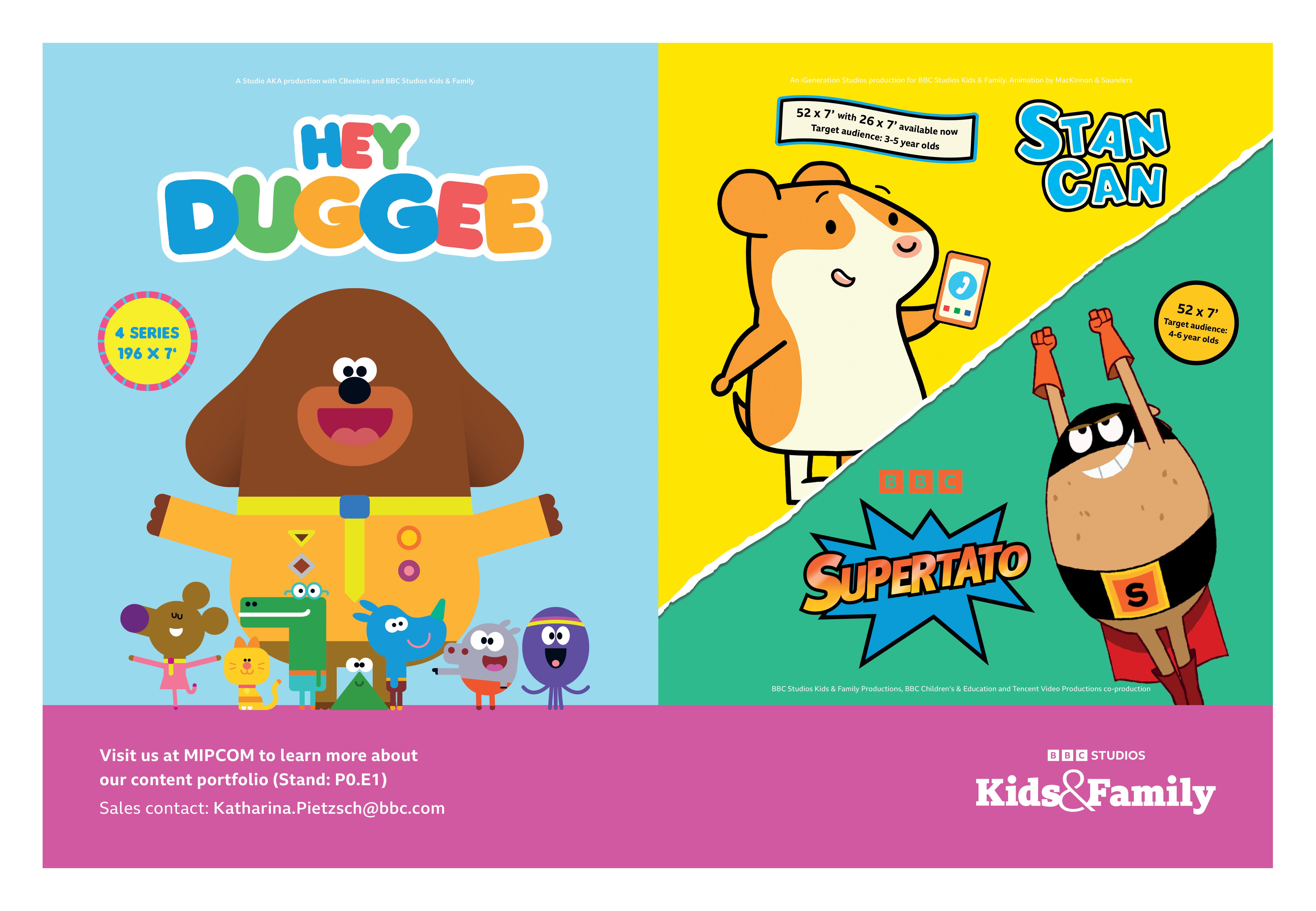















































































































Last year, UK pubcaster the BBC revealed plans to close children’s linear channel CBBC and gradually transition it to a purely digital offering over the next few years. This September, commercial broadcaster ITV shut down its linear channel CITV, replacing it with a kids’ offering on its streaming platform, ITVX.

But while the digital age is full of techsavvy kids, concerns remain that these moves will leave behind children from poorer backgrounds who don’t have access to the internet at home and are therefore excluded from the digital world.
The decline of linear viewing among children is not exclusive to the UK, but there are some countries where linear channels are still prominent in the kids’ business. Across the Irish Sea, pubcaster TG4 has only just launched the country’s first ever Irish-language linear children’s channel, Cúla4, a whole decade after fellow pubcaster RTÉ launched kids’ channel RTÉjr.
Speaking of technological advancements, this time last year there was a lot of talk about the metaverse – an immersive experience in a virtual-reality space where users can interact with a computer-generated environment. This year, it’s artificial intelligence (AI) that’s causing a stir, particularly with regards to its use in the production of animation. While some are embracing AI as a way to speed up certain processes, others fear the job losses it could lead to and criticise its lack of creativity. The potential impact of AI is discussed on pages 47 and 62.
Another hot topic among kids’ producers this year is whether original ideas are still in demand. The children’s TV industry has produced thousands
of original shows over the decades, from classic sitcom The Flintstones in the 1960s to stop-motion animation Postman Pat in the 1980s and preschool favourite Peppa Pig in the 2000s.
In the 2020s, original ideas for kids’ shows are still plentiful, but some producers are finding that existing IP is dominating the acquisitions and commissioning strategies of platforms and broadcasters seeking content that already has a following. From page 17, we look at what place there is for original ideas in 2023 and beyond.

Known IP is more attractive to firms hoping to capitalise on brands with an existing fanbase, and on page 35 we hear from companies including Disney Branded Television, Spin Master Entertainment, Sony Pictures TV and Warner Bros Discovery about how brand-based content can yield commercial success.
On page 31, we also speak to Phil Breman, head of live-action series development at Mattel Television, who has adapted IP from the toyco into both scripted and unscripted series.
In August, art supplies brand Crayola launched its own production arm, Crayola Studios, to cater for kids and families. On page 7, exec VP of marketing Victoria Lozano discusses the studio’s strategy, content slate and mission to nurture the natural creativity of kids.
DEVELOPMENT SLATE: Crayola Studios
Victoria Lozano on the art supplies company’s newly launched content production arm and its mission.
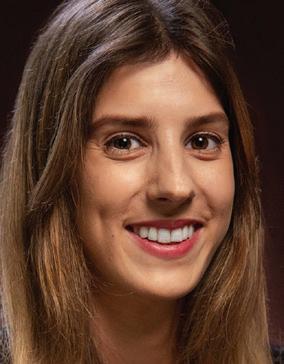
DEVELOPMENT SLATE: Creative Conspiracy
Peter Decraene on the animator’s output and search for investors.
THOUGHT LEADERSHIP: Bruno Felix
Submarine’s Felix discusses becoming part of Mediawan, streaming consolidation and responsible use of AI.
AHEAD OF THE CURVE: Original ideas vs known IP
Is there is a place for original ideas in today’s market when shows based on established IP are becoming prevalent?
CONTENT STRATEGIES: Sandbox Kids
Shan Eisenberg on the firm’s new superapp PlayKids+ and how it provides a one-stop shop for children of all ages.
CONTENT STRATEGIES: Globo Luiz Filipe Figueira on the group’s ambitious copro strategy.
THOUGHT LEADERSHIP: Mattel
Phil Breman on how the toy giant is managing its brands and sidestepping pi alls following box o ice hit Barbie.
AHEAD OF THE CURVE: Brand building Children’s content execs share insights into how they are building brand equity in a ‘shattered’ viewing landscape.
NEWS ANALYSIS: Westminster Media Forum Conference calls for UK government intervention to boost the kids’ market.
THREE-YEAR PLAN: Cottonwood Media
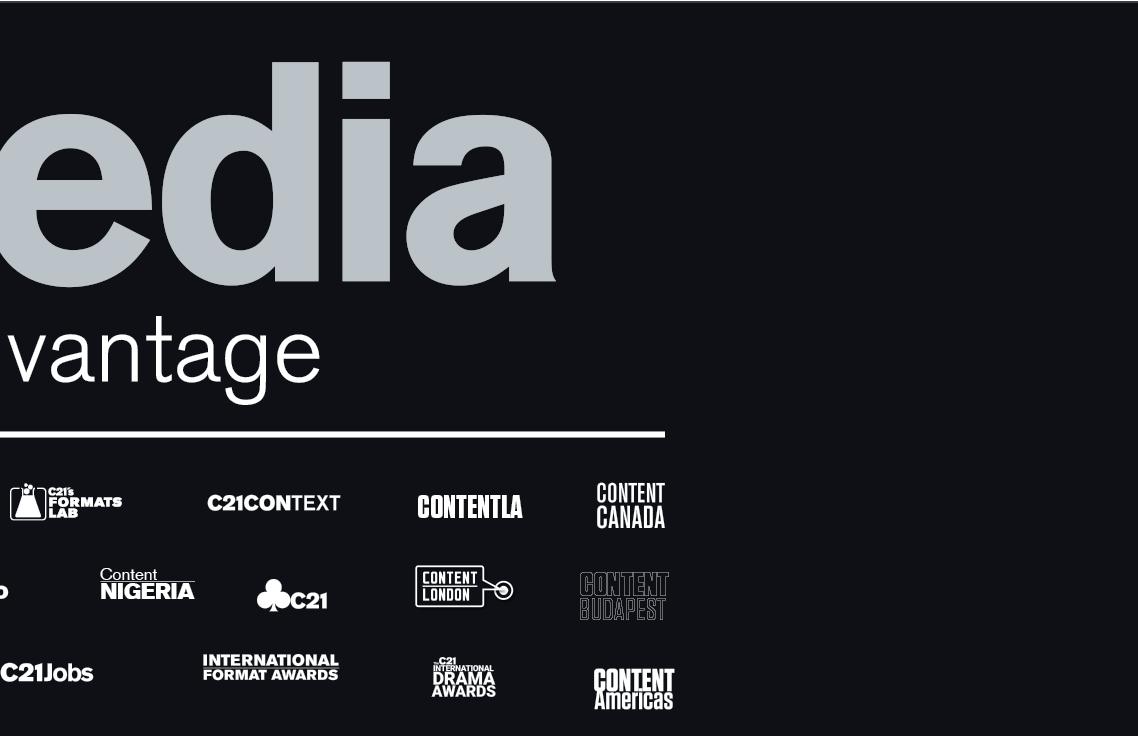
 Karolina Kaminska
Karolina Kaminska
The originals versus known IP debate is causing controversy in the kids’ business in 2023 and goes hand-in-hand with the concerns surrounding AI’s inability to create completely original ideas, since its creations come from information and images found online. Could this be the end of an era for pure originals?
David Michel discusses the prodco’s return to animation a er producing a string of successful live-action series.
CONTENT STRATEGIES: Kartoon Channel! Paul Robinson reveals his plans for next year and new partnership opportunities.
AHEAD OF THE CURVE: Cartoon Forum Producers heading to Forum discuss the biggest issues and trends.
NEXT BIG THINGS: 21 on 21
Our choice of the shows to watch at MipJunior, from spies to dinosaurs.
KIDSTALK: Maurice Wheeler
The UK CEO of We Are Family on why AI will bring new talent to the industry, despite also causing job losses.






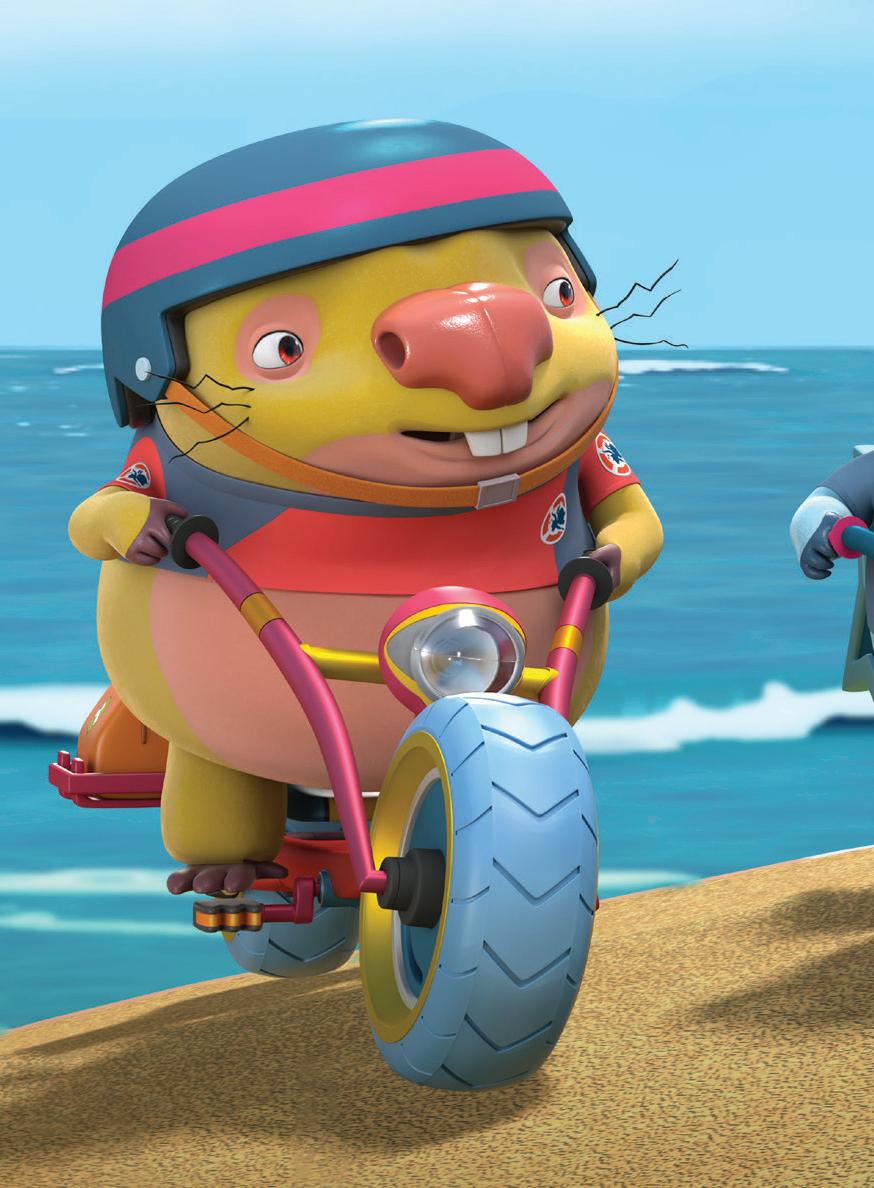







US-based company Crayola is best-known for its range of crayons and art materials for kids, but exec VP of marketing Victoria Lozano stresses that the business is more than just an art supplies firm.
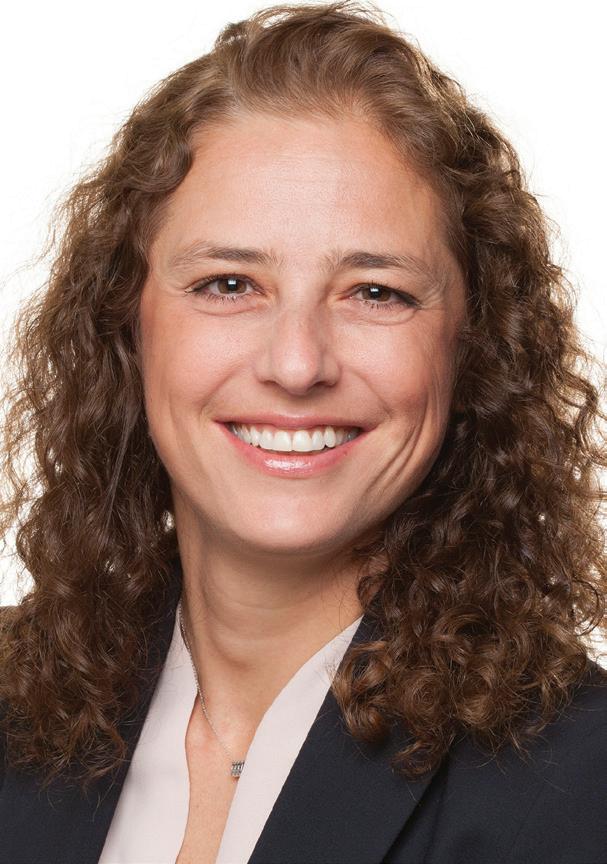
In fact, Crayola has now launched a content production arm called Crayola Studios, aimed at kids and families. “Crayola as a company has always been powered by a very clear mission to help parents and educators raise creatively alive kids,” Lozano says.
“We’re not just an art supplies company. It is true that’s how we’re most well-known, and probably most well-known for one very specific product,” she adds, alluding to Crayola’s classic crayons. “But that being said, our purpose is around nurturing the inherent creativity of kids. We believe creativity is a life skill that helps kids reach their full potential in life. And that is core to our company and core to our roots.”
Acknowledging that “parents really value creativity,” Lozano cites statistics Crayola has gathered that show 96% of people believe creativity is important to society, 92% believe creativity has lifelong benefits for kids and 85% are very highly motivated by the idea that creativity is a life skill that is critical in helping kids reach their full potential.
“But at the same time, there are a lot of parents who are not all that well equipped to nurture creativity. So if we believe nurturing creativity is really important and matters to the kids’ futures, how could we not take on this role of being that champion for kids, to help parents understand what creativity is and to help inspire and celebrate creativity in children?” she says.
“Crayola Studios is really the next logical step in terms of us being clear about our commitment in the content space, but also clear about our purpose. The entertainment space specifically allows you to bring it to life and we think we have a very unique point of view that we can bring into the world of kids’ content.”
Crayola Studios aims to focus on a broad range of content across multiple genres and touchpoints, including shortform content, longform theatrical projects, live-action and animation. Lozano, who is overseeing the latter content slate, says animation will “probably play a heavier role” than live-action, but that “it’s really about developing a compelling slate.”
“We want the best projects and the
Exec VP of marketing Victoria Lozano discusses art supplies company Crayola’s newly launched content production arm, its slate of projects and its mission to help ‘raise creatively alive kids.’ By Karolina Kaminska
best ideas, so may the best content win. Anything that focuses on inspiring and celebrating creativity for kids is something we will look at. We’re looking at anything that helps bring our mission to life and gives creative self-expression a life in a way that is unique to what is already available out there.”
While Lozano says original ideas will likely have “the lion’s share” of the content slate, she adds that Crayola
Studios will consider ideas based on existing IP if they “make sense” and excite the company.
The first project on Crayola Studios’ slate is, in fact, an adaptation of a podcast, which it is co-developing with Cyma Zarghami’s MIMO Studios. The Alien Adventures of Finn Caspian is a science-fiction adventure story that centres on an eight-year-old boy aboard The Famous Marlowe 280 Interplanetary Exploratory Space
u

“ Creative selfexpression and the ability for kids to be seen and heard is something other brands or pieces of content dabble in, but I don’t think there’s anyone in the industry who has that as a singular, cohesive, compelling point of view.
Victoria LozanoPodcast adaptation The Alien Adventures of Finn Caspian

Station. Together with his friends, he forms Explorers Troop 301, which takes off from the Marlowe to explore uncharted planets, help aliens and solve a mystery that threatens to destroy the space station.
The 52x11’ series, written by Brad Birch, is an animated adaptation of Gen-Z Media’s kids’ podcast of the same name, which is written and performed by Jonathan Messinger, the author of Hiding Out and former web editor of Time Out Chicago Kids. The podcast launched in 2016 and has so far racked up 12 seasons and 260 episodes, and has also been adapted into a bestselling book series.
“The idea of the show is about tapping into the characters’ creativity and bringing their creative A-game to find unique solutions to the conundrums they find themselves in as they travel the universe,” Lozano says.
“Because it is based on a very successful podcast series, it gives Crayola an opportunity to create a visual world around the IP and build on the success. At its core, the IP focuses on creativity, imagination and action. It focuses on a lot of the creative behaviours exploring limitless possibilities, using colour as a language.”
Beyond The Alien Adventures of Finn Caspian, Crayola Studios has “a pretty robust and fully planned pipeline,” according to Lozano, which includes both animation and liveaction projects. “We have a number of projects where the ink is drying as we speak and we will be sharing some of them in the very near future,” she says.
Crayola Studios is actively looking to partner with production companies, animation studios and IP owners to create content for kids’ platforms around the world. The aim is to team up with “like-minded and best-in-
class partners,” Lozano says, who are “great at what they do but also share our creative vision to help empower, inspire and celebrate kids’ creativity.
“We are in the process of talking to producers, writers, creators and distributors. We are very protective of our brand and we want to make sure that, as we partner with these folks, we do it justice in this space.”
Crayola Studios is being supported by agency GoatFish, which was founded by Rick Glankler, former president and general manager of kids’ and family entertainment at European production group Fremantle. Crayola’s sister company Hallmark Media is also backing the business.
“We have a robust and very clear
that she thinks Crayola Studios can help to fill.
“We have a unique point of view to offer. Creative self-expression and the ability for kids to be seen and heard is something other brands or pieces of content dabble in, but I don’t think there’s anyone in the industry who has that as a singular, cohesive, compelling point of view. We think that’s a white space and we have something both compelling and meaningful that could be unique [compared with] what’s out there,” she says.
strategic roadmap, along with a commitment to a significant investment to make it happen. In terms of the team and specific structure, we’re being practical about it because we want to be able to test and learn and stay flexible and nimble, but at the same time grow with scale,” Lozano says.
“We are currently leveraging capabilities that we have within the enterprise, such as with Hallmark Media, as well as across Crayola. We’re also bringing in external expertise, such as with GoatFish and Rick, who is a key member of the team. It’s really about getting the right capabilities, the right expertise, staying flexible, staying nimble and then evolving and growing with scale.”
Lozano sees a gap in the market for content with “creative self-expression,”
The exec hopes Crayola Studios will “make a mark” on the industry by filling this white space and helping kids hold on to their creative spark. “It’s really about making a mark and a significant statement within the industry. We want to have a slate of content out there. We want things that are exciting, that are engaging for kids. We want content that parents feel really good about their kids watching and engaging with. We want multiple and varied ways of engaging and entertaining, but also getting that point of view out to the world to help celebrate and nurture the natural creativity that kids are born with,” she says.
“It’s about not letting kids lose that creative spark, because they are inherently creative. They’re inherently not bound by all the restrictions we learn as adults, as we grow and age. It’s about helping kids not learn some of those behaviours that sometimes become a barrier to natural creativity.
“If we can inspire, if we can nurture, if we can celebrate and help kids retain that creative spirit into adulthood, we believe we can make a pretty significant difference in the world – not only helping kids live more curious, fulfilled lives, but nurturing the impact and the difference they can make in the world.”
 Crayola sees its mission as helping parents and teachers to ‘raise creatively alive kids’
Crayola sees its mission as helping parents and teachers to ‘raise creatively alive kids’
“
If we can inspire, if we can nurture, if we can celebrate and help kids retain that creative spirit into adulthood, we believe we can make a pretty significant difference in the world.
Victoria Lozano



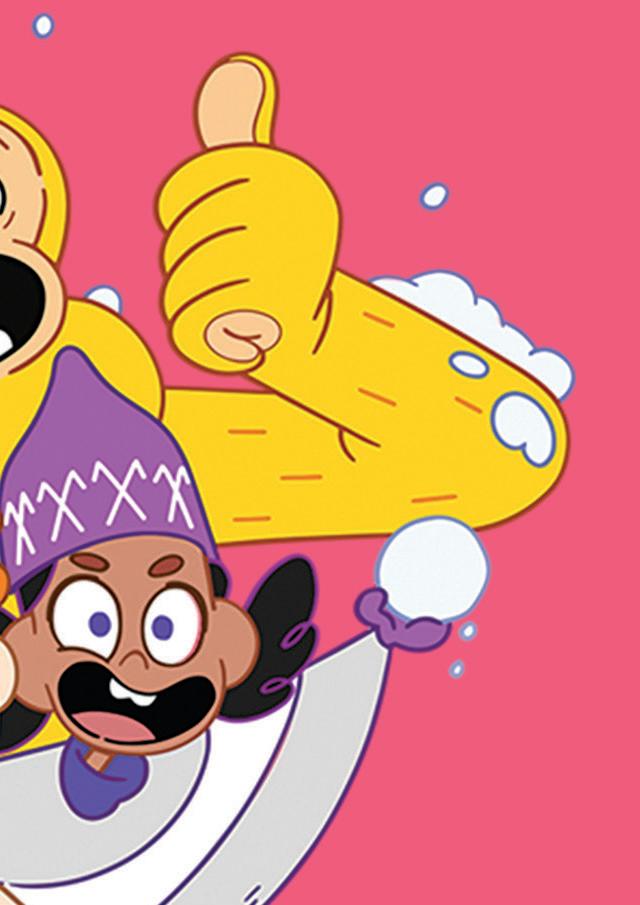


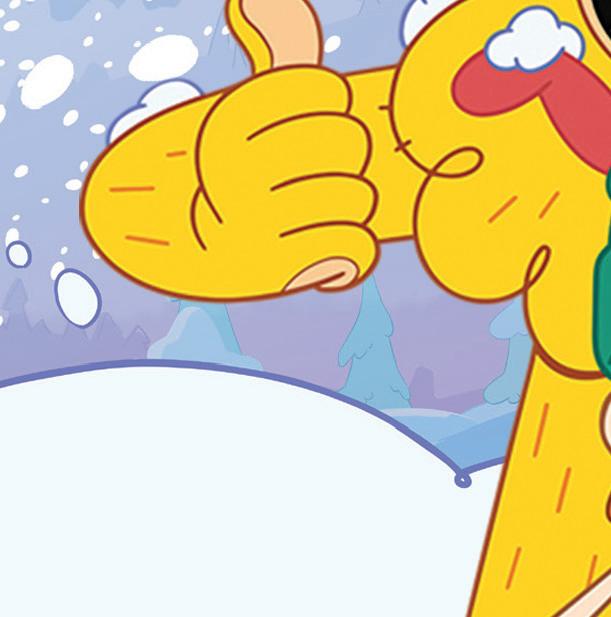











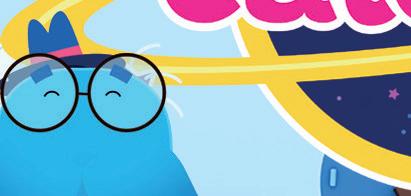
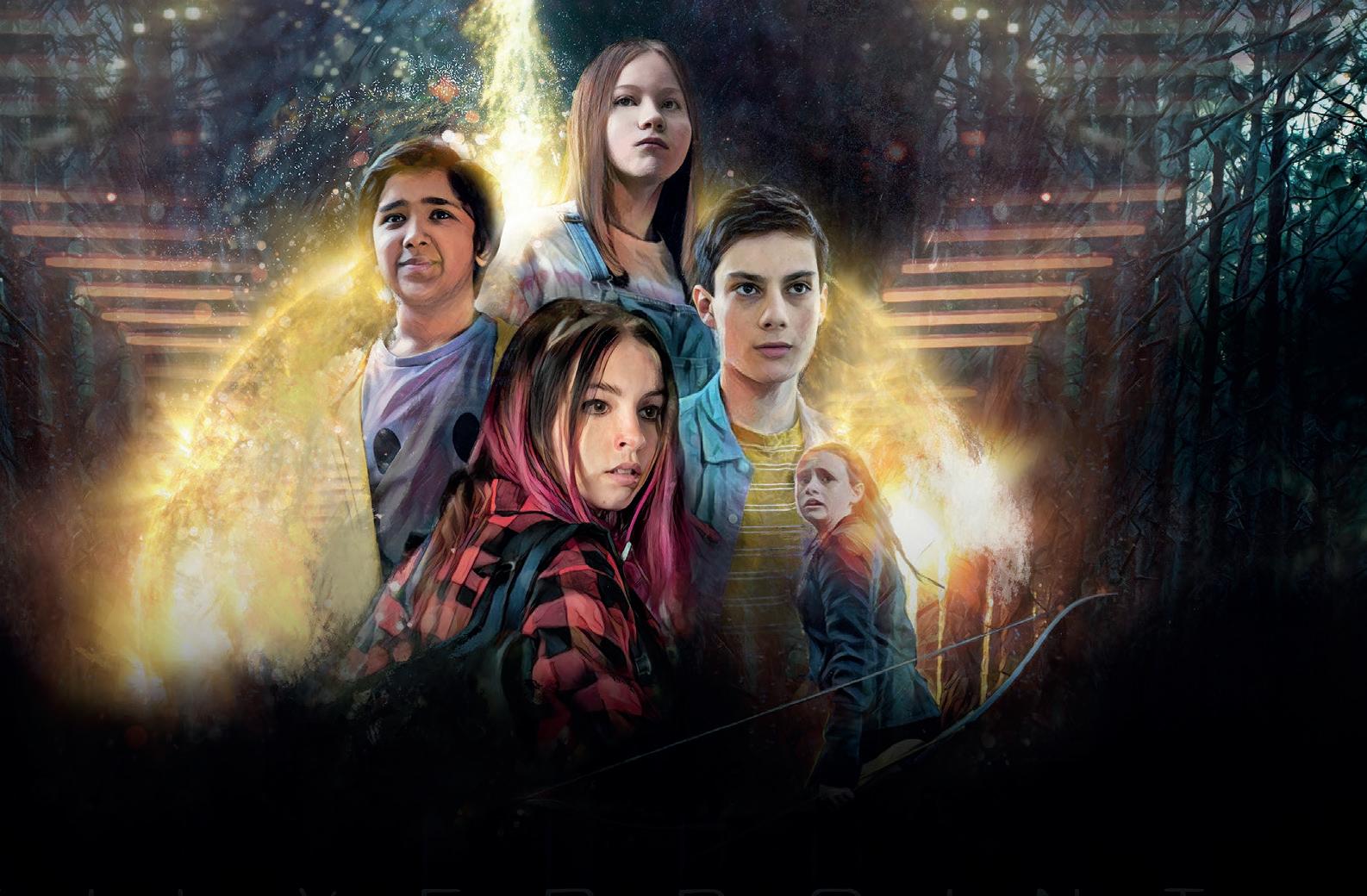





Since its formation in 2002, Belgium-based Creative Conspiracy has evolved from a postproduction company to a prodco that makes animated series, features, shorts and commercials, as well as creating its own IP.


One of its first animated series was Uki, which launched on Flemish pubcaster VRT’s kids’ channel Ketnet in 2010 and was sold to broadcasters in more than 30 countries, including the BBC in the UK for preschool channel CBeebies. More than a decade later, Creative Conspiracy is still doing deals for the 52x5’ series, according to partner and business development exec Peter Decraene.



Peter Decraene discusses the Belgian animation company’s slate, including upcoming series Quentin Blake’s Box of Treasures for the BBC, its search for investors and its ambition to move into a ‘faster lane’ of development.
 By Karolina Kaminska
By Karolina Kaminska
Eye Drama in the UK on Quentin Treasures specials
More recently, Creative Conspiracy coproduced Ninja Express (52x11’) with Entertainment One for Ketnet, BBC children’s channel CBBC, M6 Group in France’s Gulli and Warner Bros Discovery’s Cartoon Network. Currently, it is in coproduction with Eagle Quentin Blake’s Box of , a 2D animated series of 6x26’ specials for the BBC. Based on six of author-illustrator Blake’s children’s books, the series will air around Christmas time and is being distributed by Aardman.

“What’s nice about the Quentin Blake project is that people know of us as a 3D animation and CGI company, but we’ve always done 2D as well,
in commercials and short films. allows us to show the market an example of what we can also do in 2D,” Decraene says.
In the financing stage is Monster Doctor (52x11’), which comes from Ninja Express creator Kim Claeys and also has Aardman on board as distributor. The show centres on a doctor whose patients include monsters, ghosts and dragons.
At Cartoon Forum in September, the company pitched Ray & Ruby, a 52x11’ series following the adventures of mouse twins at the castle where they live, and is looking for a French or UK coproducer to join the project.

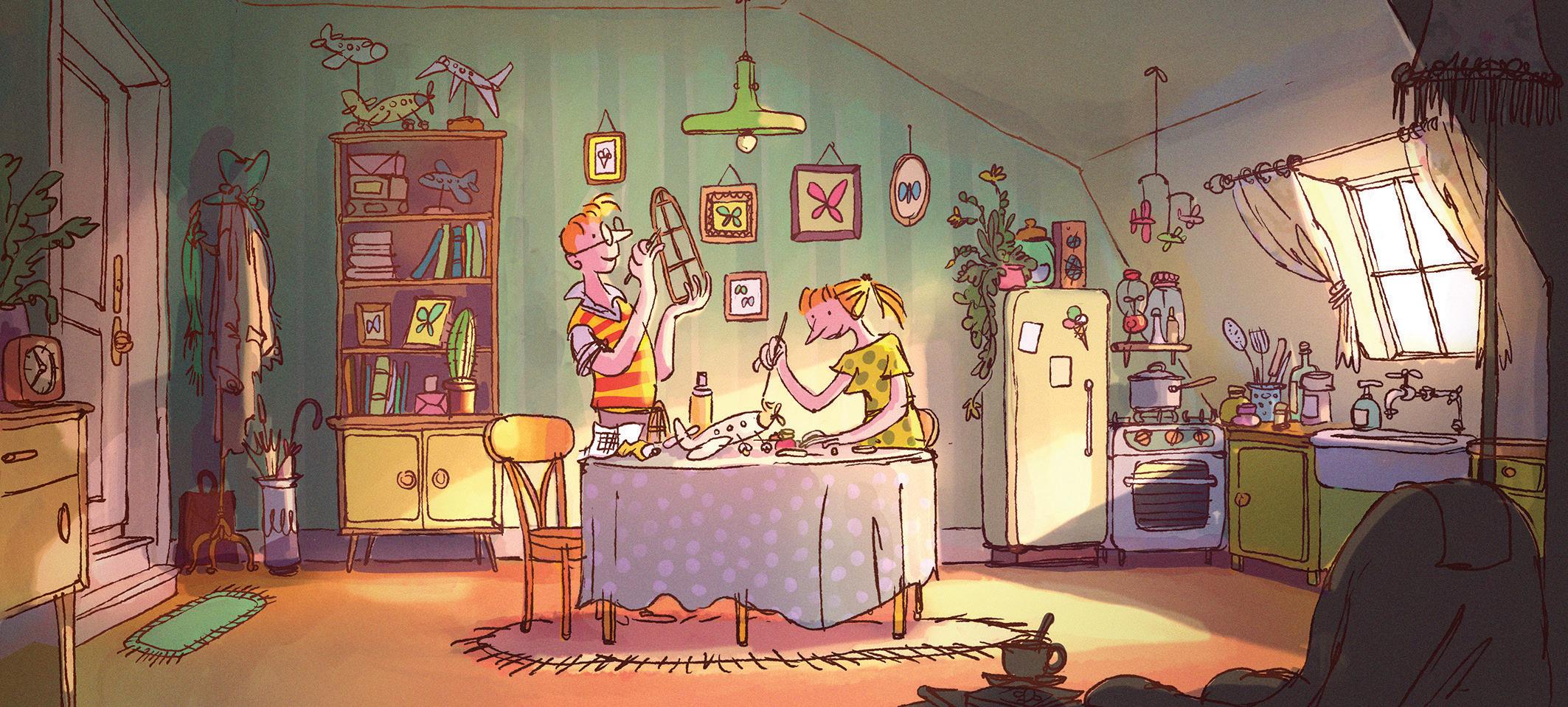
In the early stages of development are Jungle Fairies, which was co-created with US kids’ execs John Hardman and Rita Street; another show from Claeys called Terry & Olivia; and Moi, Thérèse , which is based on the children’s book series of the same name and is being coproduced with
Coproductions are important to Creative Conspiracy, says Decraene, who notes the prodco has also been looking for outside investors to help advance growth. “We have to work together with other partners because you just can’t get things financed out of Belgium alone,” he says. “One of the reasons we are trying to find investors is because we know there are opportunities out there and we need the
funding to accelerate that.”
Creative Conspiracy aims to continue filling its slate with projects for the likes of the BBC and will look for collaborators to help increase the pace at
which it develops new productions.
Quentin Blake’s we have worked on very beautiful projects with very exciting partners. Both shows are with the BBC, so as a small company based in Belgium that’s very exciting for us. We will be extremely happy if we can continue
“In three years, we want to be in a faster lane. The business moves slowly and we would like to develop more, faster. But we are very dependent on subsidies and so we are looking for partners that can help us accelerate that. Gearing up to a faster lane through a higher gear,
“With Ninja Express and with Box of Treasures we have worked on very beautiful We doing that,” Decraene says. for partners that can help us through that’s our ambition.”



Having spent almost 25 years as an indie, Dutch producer Submarine is now part of a French media giant, rubbing shoulders with fellow Mediawanowned producers in Italy, the UK, Spain, Finland, Senegal and the US.
It speaks volumes that a company like Submarine, which has weathered multiple industry ups and downs, chose the current wobble that is disrupting the business to team up with a bigger group in Mediawan to continue operating how it wants to.
“The animation industry, and especially the kids animation industry, is truly global. This means it’s very important to not only develop the right ideas but to also develop the right access and the means to negotiate. Creatively, you need to act as a boutique; but strategically you need to act like a global company,” says managing director Bruno Felix.
The veteran producer hopes the partnership, financial details of which were not disclosed at the time of the deal, will give Submarine “the strength of a big corporation while still being able to act like the Amsterdam-based, curiosity-driven studio that we have always been.
“It can be so hard to keep up with all the changes in this international market, so we will benefit from a bit more intel coming from a bigger operation, which you could never get from running around all the markets yourself,” adds Felix, who set up Submarine in 2000 with co-MD Femke Wolting.
The acquisition will see Submarine dive deeper into international animation, live-action drama and documentaries – genres in which Mediawan also operates via its 60plus production labels around the world.
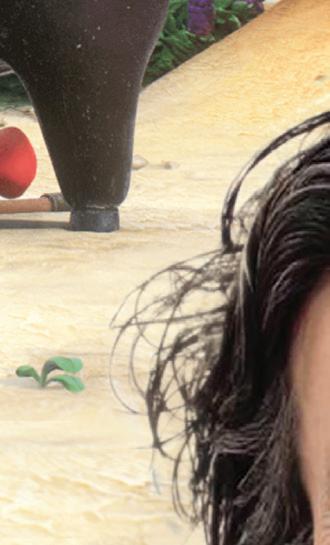

The production group is one of numerous French media giants that has grown to become a major international player, having been founded in late 2015 and building a roster of production companies that also includes Brad Pitt’s Plan B Entertainment in the US.


“Being part of Mediawan will help us take our next big steps,” says Felix, who is based in Amsterdam, while Submarine also operates in London and Antwerp, where it is looking to expand its scripted development and animation activities, respectively, along with LA.
Submarine has been behind Richard Linklater’s latest film Apollo 10 1⁄2: A Space Age Childhood on Netflix and the Emmy-winning
Submarine’s Bruno Felix discusses becoming part of Mediawan, streaming consolidation and why we should be worried about how we use AI rather than the technology itself.
By Nico Franks“ The animation industry, and especially the kids animation industry, is truly global. This means it’s very important to not only develop the right ideas but to also develop the right access and the means to negotiate.
Bruno Felix Submarinedocumentaries Last Hijack and Bellingcat: Truth in a Post-Truth World. Its children’s programming, meanwhile, has included European coproductions such as Fox & Hare, Picnic with Cake and Doopie
The veteran producer keeps a keen eye on technological changes, with Undone, its genre-bending series for Amazon’s Prime Video, using a combination of live-action motion capture and Rotoscoping. So what does Felix make of artificial intelligence (AI) and its potential impact on the industry?

“It’s a big debate. We care and we’re
very careful. What I strongly
very careful. What I strongly believe is that you should not steal from somebody and if you want to create honest work, you don’t steal the creative elements but work with artistic people.
“But it’s also important not to get scared away from tools, as long use
“But it’s also important not to get scared away from tools, as long as you use them in a very conscious way. It’s like teaching a child to use a knife – you can do many things with a knife, from

cutting your finger to killing your mother to eating an apple pie. Or if you stop for a red light and then it turns green, when you cross the road, you still have to look around because there might be a stupid fart in a car crossing a red light and you end up in hospital.
“So we all have a responsibility and a professional obligation to study the tools we use in order to use them in the right way. I’m not against AI but I’m also not in favour of it. I like to work with people; I don’t like to work with a bunch of computers.
“For me, the fun of producing and making shows is working together to make great stuff. Obviously people use tools and I’m not a luddite, but Submarine is not currently using AI in production. I’m reading about it and exploring things with curiosity, but I understand the worries of many artists and people. It’s their jobs more than mine that are in danger.
“That is reason enough for me to say it’s a danger and I’m not going to use it. The debate is too hot and these people are also too important to me. For me, the people –the artists – are more important than the technology. I don’t care about the most efficient or cheapest way of making things. That isn’t culture.”
Submarine pitched the animated series Toko Loko (13x22’) at Cartoon Forum in September, having developed it with Dutch creator Lia Booi. “We got to know her at a Cartoon Forum. She is originally from Bonaire [an island municipality of the Netherlands in the southern Caribbean] but grew up in Rotterdam. So she has had this mixed youth between a European city and a Caribbean island and that’s exactly what the show is about.
“It’s a coming-of-age story about an introverted 12-year-old girl who moves from a bustling city to a remote island. She goes from blending in unnoticed to sticking out like a sore thumb — especially when she starts seeing spirits that nobody else on the island can see. Turns out, the spirits are upset the humans are no longer practising the indigenous rituals and beliefs of the island and our lead character is caught in the middle.
“It’s a very soulful, creator-driven, personal story about a very funny, vibrant kid in an environment that we rarely see in animation and a very underrepresented group,” says Felix, who adds “there’s no computer in the world” that could have come up with a show like Toko Loko.

Nevertheless, as Mediawan’s president of kids and family, Julien Borde, discussed at Marseillebased event Cartoon Next earlier this year, AI is one of numerous new technological tools the French production and distribution giant is planning on using in the future.
Mediawan has been experimenting with AI tools such as Midjourney, which generates images from natural language descriptions, while debating the ethics of doing so internally.
Borde, who joined Mediawan in 2020, said his team had used Midjourney to make the front page of a show bible for a potential project in “20 minutes.”
Clearly, as the TV business wrestles with the many issues surrounding the use of generative AI, approaches will vary not only across the industry, but within production and distribution groups.

Meanwhile, the work Submarine has done for numerous different streaming platforms as well as its decades of work for traditional broadcasters has given Felix an expert view on the deal-making process and buyers’ appetites for risk.
“We are coming out of a time when all these streaming platforms have tried everything to see what would stick. That time might be over, but it was never very sustainable anyway. It was a time of great experimentation. Things might become a bit more conservative or a bit more calculated now, but not necessarily uninteresting,” predicts Felix.
“The streaming business is about getting enough subscribers to please your shareholders. That game might be over, but it doesn’t mean all these streamers will go away. They might consolidate. But that has always been the case in film and television.
“It’s not a big surprise that we won’t end up with 15 streaming platforms. I don’t know if there will be three or five or seven, but some of them will be able to create a healthy business and they will need content for a global audience. And we will be happy to develop and produce it for them.
“I’m hopeful that broadcasters and streamers will co-exist. But who will take the most risks? If you look at what happened in feature animation with something like the Spider-Verse films, these are very commercial, very mainstream but were also very risky. There’s still innovation and creativity in big-budget, commercial projects in the mainstream. So I’m optimistic. But I’m a producer – we should be optimistic.”
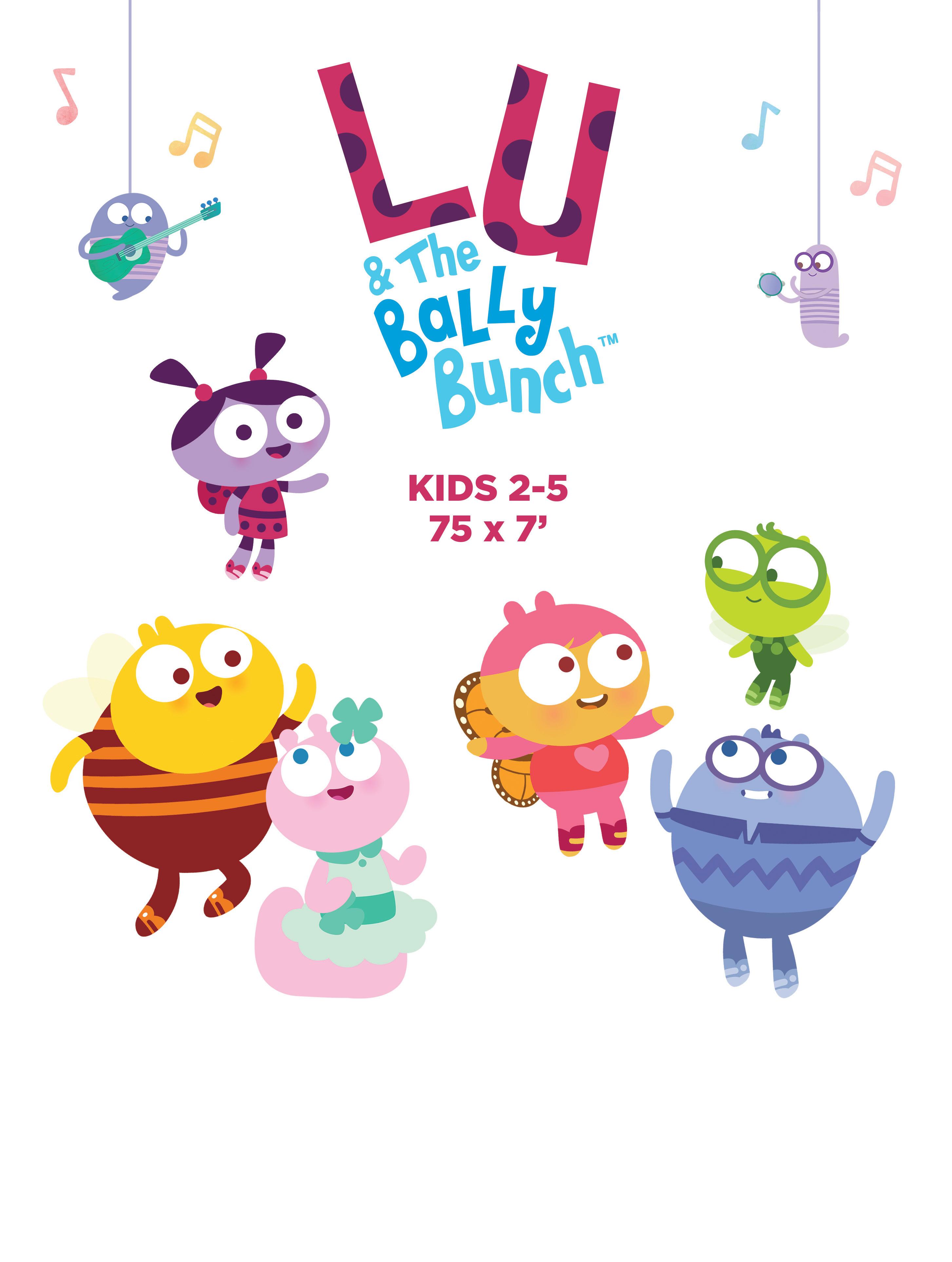

 By Karolina Kaminska
By Karolina Kaminska
The statement ‘there’s so much content out there’ is one we hear a lot at a time when there are more places to watch than ever before. As a result, platforms and broadcasters need to attract kids to their services with the most appealing programming so they can stand out in a crowded market.
And as the world grapples with an economic slowdown and the global players cut back on commissions, only the best will cut through. But what are they looking for?


We always hear from commissioners that a great idea can come from anywhere, but in 2023 some producers are sensing that the kids’ industry is going through a period where commissioners are favouring content based on known IP over purely original ideas. Known IP is, after all, an easier way to attract children since it already has a following, while originals can sometimes be viewed as a risk.
“From what’s been announced, we’ve definitely seen a slowdown in true original commissions, across the children’s sector specifically,” says Gary Milne, head of content development at Banijay Kids & Family.
“With budgets being restricted across traditional broadcasters and streamers, everyone’s becoming a little bit more risk-averse. It’s obvious to go to a known IP because it will bring a known audience to the table. Especially if you’re talking about the streaming landscape where discoverability is superimportant – kids being able to search for something they know is very valuable.”
Banijay Kids & Family has a mix of original ideas and known IP on its slate. Shows based on existing IP include the animated adaptation of Mr Bean upcoming reboot of 2000s series Totally Spies


On the originals side, Banijay Kids & Family is in development on Rocket Dragons, an animated series about a group of dragons who embark on
help and rescue missions across the cosmos. The prodco is seeking broadcast and coproduction partners for the project.
Currently in production is action-comedy Shasha & Milo, a coproduction with South Korean studio Pingo Entertainment that has been picked up by Warner Bros Discovery Latin America, China’s Tencent Video and South Korea’s EBS.

“It’s worth bearing in mind that some of the biggest hits in the market right now are original ideas,” Milne says, referencing Paw Patrol, Bluey and Peppa Pig. “It’s really important for us to have a strong balance on our slate so we’re not swinging over to just having known IP. We need that balance for a healthy pipeline.”

Milne adds that while existing IP might be more in demand at present, Banijay Kids & Family’s position as a renowned production company may help it to secure commissions for original ideas. Additionally, the exec notes that original shows may be more likely to get a pick-up if they come with a wider marketing and IP extension

original ideas. Additionally, the exec a strategy. to


“If a broadcaster is going to take a risk, they have to trust the producer to deliver. If they are going to come to an original IP, they need to trust that it can cut through in the marketplace. At Banijay, we’ve got that track record which has enabled us to get those commissions,” he says.


in the marketplace. At component of an


































“But a crucial component of an original is how you support it




Leading kids execs discuss whether there is a place for original ideas in today’s market, when shows based on known intellectual properties are becoming prevalent.
“
For those who are in a bit of a slowdown period, now is the time to put work into creating pertinent originals for when we come out the other side.
Heath Kenny Mercury FilmworksBanijay Kids & Family’s Shasha & Milo and the , an animated original
after screen – so not just delivering a TV series and walking away but the holistic marketing through AVoD, licensing and merchandising, FAST channels and all those different areas.”
In Canada, Heath Kenny, chief content officer at animation studio Mercury Filmworks, agrees that there is less of a demand right now for original ideas than known IP, but notes that the demand differs between countries.

“Some markets have protected themselves a little better. For example, France has a robust mechanism for financing originals, where it’s seen as a positive thing for generating employment and pushing IPs that are owned by local producers. But other parts of the world, where there’s a less established mechanism for financing originals, they’ve been hit harder. For us, it’s been challenging,” Kenny says.
The exec advises producers to use this period to work on content that is relevant to kids and will be in higher demand once originals are more sought after again.

“Now’s the time to look at how we can create content that actually resonates. If it’s not an established brand which comes with an obvious benefit to a platform seeking new subscribers then what is something that complements that? It’s probably original storytelling that is familiar to kids,” he says.
“For those who are in a bit of a slowdown period, now is the time to put work into creating pertinent originals for when we come out the other side. If we can focus on creating meaningful content, we have a shot at keeping originals alive.”
Mercury Filmworks’ slate includes a few series based on books, such as Interrupting Chicken for Apple TV+ and upcoming series Octicorn, a copro with Stim Studio in France. The prodco has also provided animation services on spin-off series to Disney’s The Lion King and Tangled In the originals space are superhero series Atomic Puppet, which originally aired in 2016, and upcoming mystery and nature-themed show Pangors of Puddle Peak, which is inspired by Kenny’s experiences growing up in New Zealand.
At BBC Children’s in the UK, Sarah Muller, senior head of commissioning for the seven-plus audience, stresses that originals remain extremely important to the broadcaster, which strives to maintain a slate that has a balance of both original shows and those based on existing IP.


“There’s always a place for originals and if the BBC doesn’t support that, I don’t know who does,” Muller says. “Ultimately, the original ideas of now are also the brands of the future. You must have both. If you just concentrate on one the boat will tip to one side. You’ve got to keep
everything on an even keel by making sure you’re looking for ideas from different places. We will always favour the very best idea, regardless of where it’s come from.”
Muller does suggest, however, that some of the bigger commercial international businesses find known IP more compelling and that, among those players, there can be a trend to play it safe with shows based on existing IP. “I’ve had a number of interesting conversations with colleagues in competitive businesses and they are looking for things that are already hits,” she says.
While Muller adds that BBC Children’s doesn’t see originals as a risk, she does highlight live-action series A Kind of Spark as a commission based on known IP that has benefited from an existing fanbase. The show is based on author Elle McNicoll’s book of the same name which centres on an autistic girl.

“Elle has a very well-established fanbase that we couldn’t have replicated because of who she is and how she interacts with her fans and readers. She brought all that with her,” she says.
“One of the things I think people are interested in when I’m speaking to other colleagues, not at the BBC but elsewhere, who are looking to de-risk things, is how they can bring in an existing group of fans so they’ve done some of their marketing work upfront. Known IP has always been incredibly attractive because it cuts out a lot of the uncertainty.”
BBC Children’s originals slate includes live-action series Phoenix Rise, which premiered earlier this year, sitcom So Awkward and human body-focused comedy Operation Ouch!. Shows that have come from known IP include Horrible Histories and Malory Towers, both of which are based on books.
Book adaptations are “a rich area” for BBC Children’s, according to Muller, who says that at least one-third of the shows currently being offered to the broadcaster are adapted from books. “That’s producers attempting to derisk a bit, but there are only so many of those that will work. The big IPs are already gone and I think that

“ There’s always a place for originals and if the BBC doesn’t support that, I don’t know who does. Ultimately, the original ideas of now are also the brands of the future. You must have both.
Sarah Muller BBC Children’sLeft: Sky’s climate change animated series Obki. Below: BBC Children’s liveaction series Phoenix Rise

might be driving this interest in other libraries and publishers,” she says.
“Reading is very precious and TV viewing does not replace what it brings to the audience. We really want to promote that passion [for reading], so if there’s any chance of a bit of return traffic because we’ve made a really great dramatisation of something, if somebody then goes out and buys the book, that, for me, is a double win.”
Meanwhile, Lucy Murphy, director of kids’ content for the UK and Republic of Ireland at Sky, reveals the broadcaster’s slate this year is skewed more towards existing IP than originals. The exec notes, however, that the balance changes, pointing out that commissions over the previous three years were spilt at around 68% original ideas and 32% known IP.
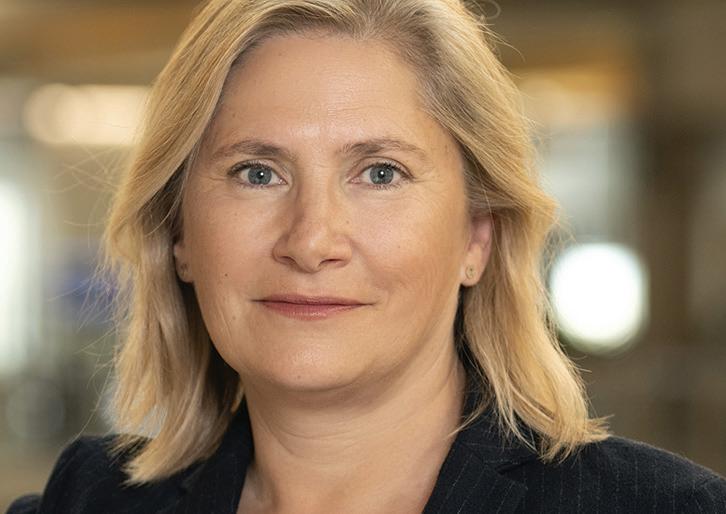
“Original ideas are equally as important [as known IP],” she says. “In no way is known IP all we’re going after; it’s really important we have a balance. Original ideas allow us to lean into viewing trends and behaviour changes with our audience and keep us relevant.
“But that relevance also means we respond to what children may be reading. Books are one of the key hunting grounds for great new show ideas. If somebody is reading a lot of books in a series, then obviously there are characters and environments they love, and it would be ridiculous to ignore those.
“Of course we’re going to be very interested when somebody pitches an idea based on something that’s got a track record, but it’s not to the exclusion of original ideas, which are a very key part of what we look for.”
Shows on Sky’s originals slate include climate changefocused animated series Obki and non-dialogue show BooSnoo!, which premiered earlier this year and aims to instil a sense of calm and relaxation in children. Programmes taken from known IP include The Brilliant World of Tom Gates and upcoming animated series Isadora Moon, which are both based on books.

“New shows can always be risky, whether they’re known or not, especially with the budgets involved. A known IP has an existing audience and a fanbase, but then there are original ideas that may play well to a community or part of an audience or fulfil part of the schedule.
“With something like Obki, we’re in season three now and it’s performed incredibly well. It spoke to a very important part of our overall strategy around addressing kids’ concerns about the environment and telling climate stories in a different way. Obki has a comedic central character who kids immediately respond to, so that did a job for us that a known IP couldn’t do,” Murphy says.
Two smash-hit series that prove the success potential of originals are Paramount-owned Nickelodeon’s SpongeBob SquarePants, which celebrates its 25th birthday next year, and Paramount-owned Channel 5 in the UK and Nick Jr’s Peppa Pig, which turns 20 next year.

In 2021, Paramount and Nickelodeon used the success
of SpongeBob to create spin-off series The Patrick Star Show and Kamp Koral, effectively creating two series based on a known IP that started out as a humble original.
Chris Rose, VP of production and development for kids and family at Paramount International, naturally acknowledges the strength of original ideas but also admits that known IP is easier to develop and launch. “In the busy world we’re in, the industry as a whole has identified that content that is already known is easier for kids to find because it already has a footprint. So while I’ve worked in the industry, known IP has sometimes had more of a focus with the commissioning entities because it’s just that little bit easier to rejuvenate and bring to the audience,” Rose says.
“That said, Paramount and Nickelodeon are home to some of the world’s best original IP. So we’re not just concentrating on known IP, we are continuing to develop and produce originals. It’s really important to us that we deliver to our audiences a variety of different kinds of titles – pre-existing titles, re-imaginings of classic titles, but also new originals so we can nurture and develop new talent and producers, while super-serving the audience with a balanced diet of content. There’s room for originals and there’s room for existing IP. There has to be.”
For Banijay Kids & Family’s Milne, who does still sense a nervousness about original ideas, the exec says he is hopeful demand for them will pick up soon. “I do hope the pendulum swings back [towards originals],” he says. “We are in a slightly unusual time post-pandemic. The dust is settling and there are a lot of changes at the global broadcasters right now. Once things stabilise, I’m hopeful these originals will come back.”
“
In no way is known IP all we’re going after; it’s really important we have a balance. Original ideas allow us to lean into viewing trends and behaviour changes with our audience and keep us relevant.
Lucy Murphy Sky






























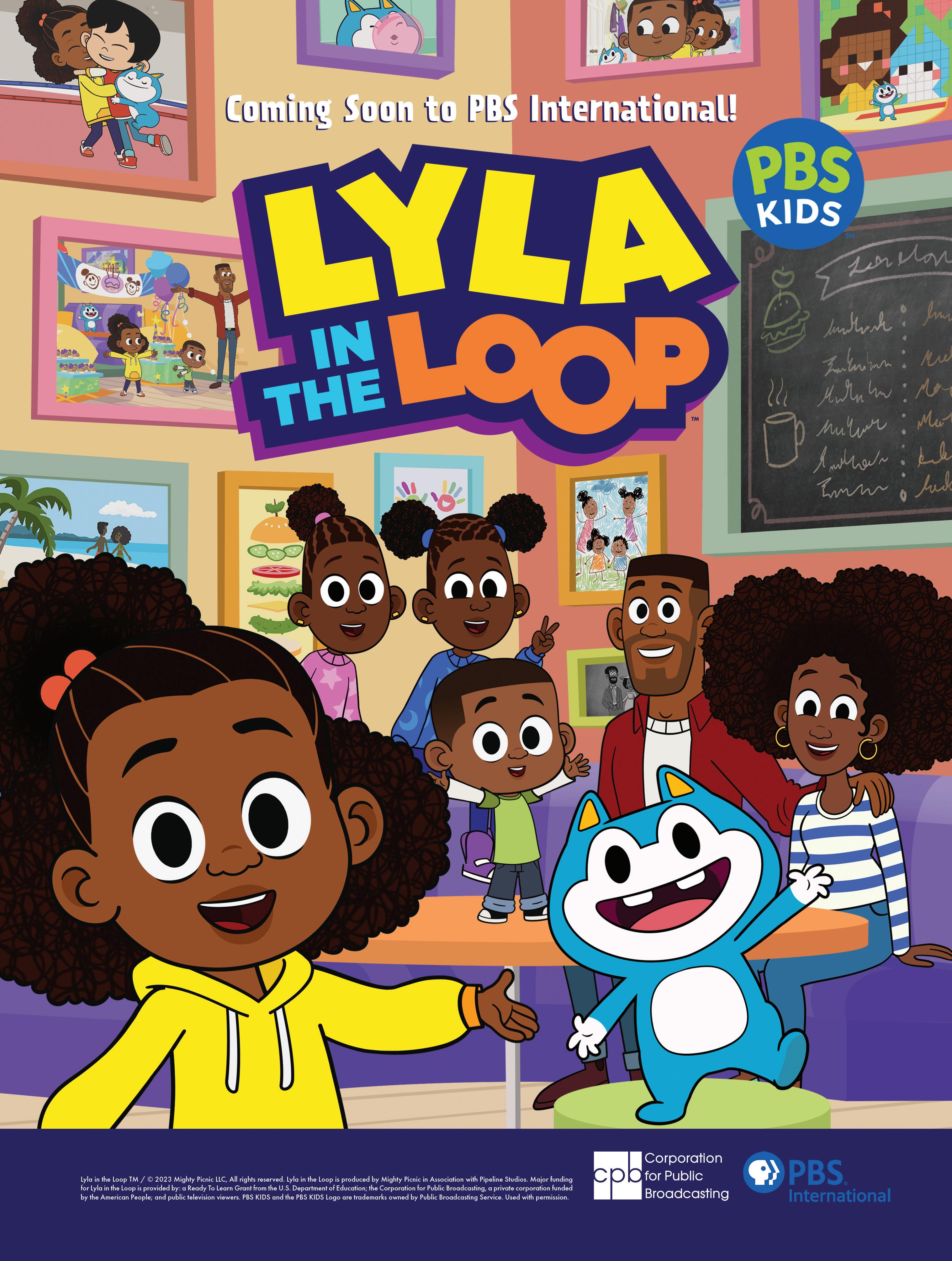
Sandbox Kids’ Shan Eisenberg talks about the content strategy of the firm’s new super-app PlayKids+ and how it provides a one-stop shop for children of all ages.

Sandbox Kids, which owns children’s edutainment apps Hopster, Kidomi and Curious World, is expanding its content offering through the launch of a super-app called PlayKids+. The app, which debuted in September, replaces preschool app PlayKids, whose one million-plus subscribers have been automatically upgraded to the new version.

While PlayKids focused on the preschool audience, PlayKids+ targets children aged two to 12 with an evolutive user interface that grows as the child ages. So when a child matures, the content available to them will do likewise, ensuring they are always offered content that reflects their age.
Another nifty feature is that up to five profiles can be set up on the app, so children in one family can access ageappropriate content tailored to each of them individually.
PlayKids+ features a range of content, including series, games, podcasts, books and music, and also houses content from Hopster, Kidomi and Curious World.


“When we considered which brand strategy to adopt when preparing the super-app, we looked at all the various brands’ strengths,” says Sandbox Kids’ chief commercial officer Shan Eisenberg.
“Considering the strong power of the PlayKids brand in Latin America and Brazil – where it originated – in particular and the fact the service has been popular in the US and Europe as well, we decided to grow the PlayKids brand to group the best of our existing properties.
By Karolina KaminskaProgressively, we will migrate and converge basically all our efforts towards this new brand.”



PlayKids+ features acquired series including & Holly, Pingu, Peppa Pig and Fireman Sam originals such as Hopster Minis, Hopster Jam Tales and Junior on the Job. As the app develops, Sandbox Kids is looking to add and commission more content to increase its offering for the expanded age range.



“We have plans to expand our line-up of originals and will also continue to license more video content. The first phase was centred around aggregating, collating and curating all our properties to sample the line-up of PlayKids+ for launch. Now we’ve done this, the next step will be to see where we can add more content and commission more content,” Eisenberg says.

One commissioning priority for PlayKids+ is content relating to physical activity, according to Eisenberg, who says that while Sandbox Kids has traditionally produced originals in-house, it will be looking to commission from and partner with third parties.
“We do a lot to encourage kids to be active from a brain and development perspective, so in the videos they watch there is something to learn besides the simple entertainment value. Being active physically is something that makes sense for us, either through learning what sports to try and finding things they like to do, or feeling good in the body through well-being-related content,” Eisenberg says.
“For the next series of originals, we are looking at various options, including commissions and partnerships. We’re partnering with some of our service providers and telco partners in Europe and the Middle East, who are very keen to invest in productions around key themes like the environment and sustainability, which are themes that are very close to us as well.”
PlayKids+ also recommends different mediums to children when they search for a particular piece of content. For example, if a child searches for Peppa Pig, they will find the series in addition to the games and podcasts related to it.

Eisenberg stresses that the app is not a platform but rather an aggregator of content. “It is tempting to start looking at ourselves as a platform for kids, but that’s not the model we have,” he says. “What we will not do is any type of partnership where we automatically fill some sections of our app with third-party content. We want to remain 100% curated because that is what our customers are paying for.”
PlayKids+ is available all over the world, initially in English, Portuguese and Spanish, and is an ad-free subscription service that costs between €6 (US$6.54) and €9 per month, depending on the market. Subscribers can either access it through the direct-to-consumer app, or via platforms like Amazon’s Prime Video, YouTube Premium and pay TV. Increasingly, PlayKids+ is also available through deals with other service providers, such as banks and energy companies, who are targeting young families with their products.
What makes PlayKids+ stand out, Eisenberg says, is the fact all children in a family can access content suitable for them without parents having to subscribe to multiple platforms, saving them money.
“The streaming services that are around can be a little bit confusing and in a mature market the number of those services is starting to plateau or even go down. I think there is clearly a fundamental need for a safe place where kids can have fun, but also learn something – smart screen time as it’s sometimes called,” the exec says.
“Kids love something and then two months later they hate it. They move very fast. It’s tricky for parents to keep track and they might be hesitant to spend money on something that may not be suitable six months or one year later.
“This is why with PlayKids+, and the very wide ages of kids covered, we know that if parents sign up their kid who is four years old, for example, unlike with some of our previous properties there will be something for them
when they’re five, six and seven years old. That means the lifetime value of the product is much bigger than it was historically.

“We are using the recipe that has made our brand successful in the past – premium and ad-free – but this time on a wider scale. The fact you can have one app for all two, three or four kids in the household for less than €10 makes it really good value, which is very important for families in the current economic climate.”
The biggest challenge for Sandbox Kids and PlayKids+, Eisenberg says, is how to successfully address the notoriously hard-to-reach eight-plus demographic.

“For kids under eight years old, we know we have fantastic content and so it’s only a question of bringing together the user experience and technology layer, deciding the right price and then forming the right partnerships with B2B providers. For the eight-plus category, it’s not that easy. It’s a very fast-moving segment. I think being in the gaming space as well as the video space is part of the recipe for success,” he says.
In the future, PlayKids+ aims to have a function that allows children to upload their own content. This may start with podcasts and would be another way for Sandbox Kids to address the difficulties in attracting the elusive eight-plus demographic.

“In Europe there was a stat that 40% of eight- to 12-yearolds wanted to be content creators of some sort. That’s another source of anxiety for parents and the solution is to provide them with a safe environment where this can happen. We think podcasts are an interesting medium for this because physical appearance is protected since they are sound-based. For that reason, it’s also an area where the substance of content maybe becomes a bit more important, as opposed to the sparkles and the appearance when you’re shooting videos,” Eisenberg says.
protected since they are sound-based. For that reason, it’s also an area where the substance of content maybe becomes a bit more important, as opposed to the sparkles and the appearance
In the meantime, Sandbox Kids will be monitoring PlayKids+ post-launch and focusing on building the new brand.

“ Kids love something and then two months later they hate it. They move very fast. It’s tricky for parents to keep track and they might be hesitant to spend money on something that may not be suitable six months or one year later.
Shan Eisenberg Sandbox Kidsfocus is the convergence of our kids’ services into the super app. Sandbox has grown a lot through now a
Eisenberg says: “At the moment, the large focus is the convergence of our kids’ services into the super app. Sandbox has grown a lot through acquisitions of companies and brands over the years and we are now at a tipping point where we are regrouping. It doesn’t mean merging everything together, but regrouping products and services in a way that makes sense to build propositions with B2B partners.”
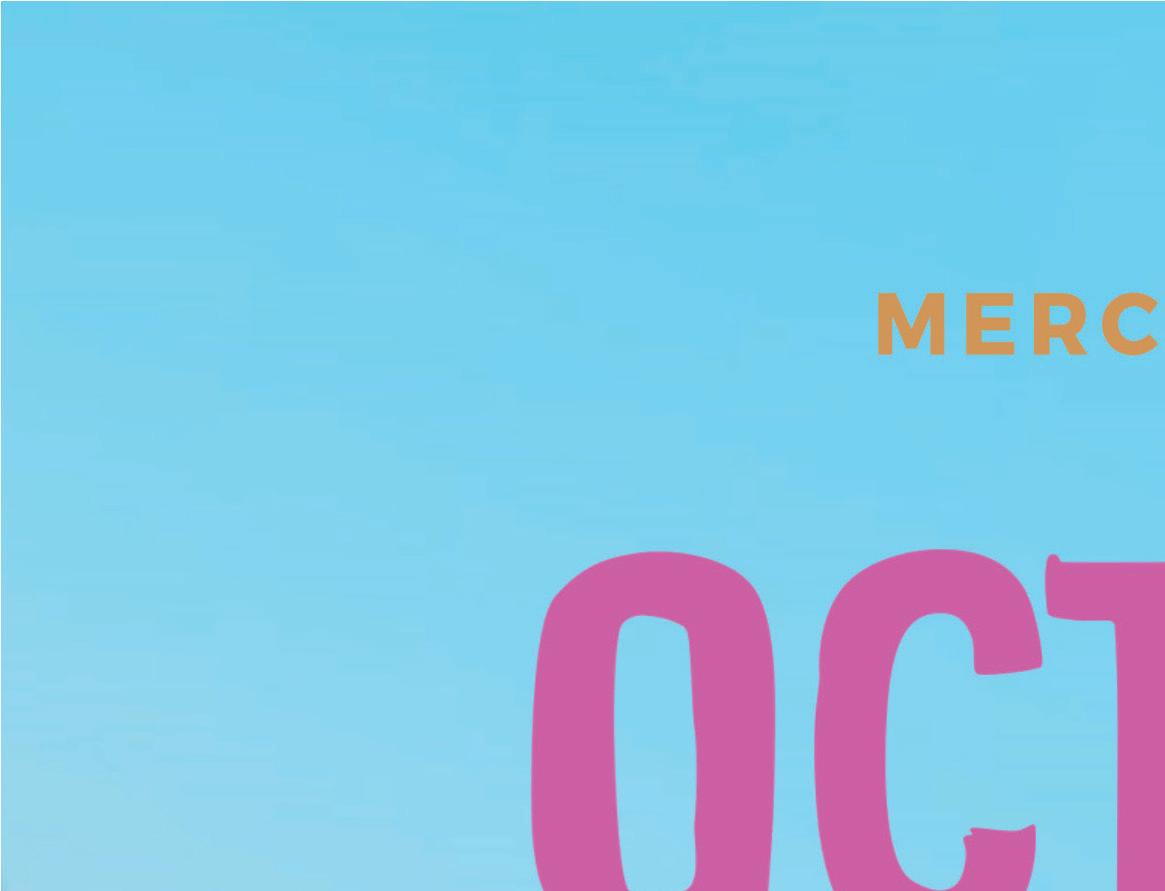



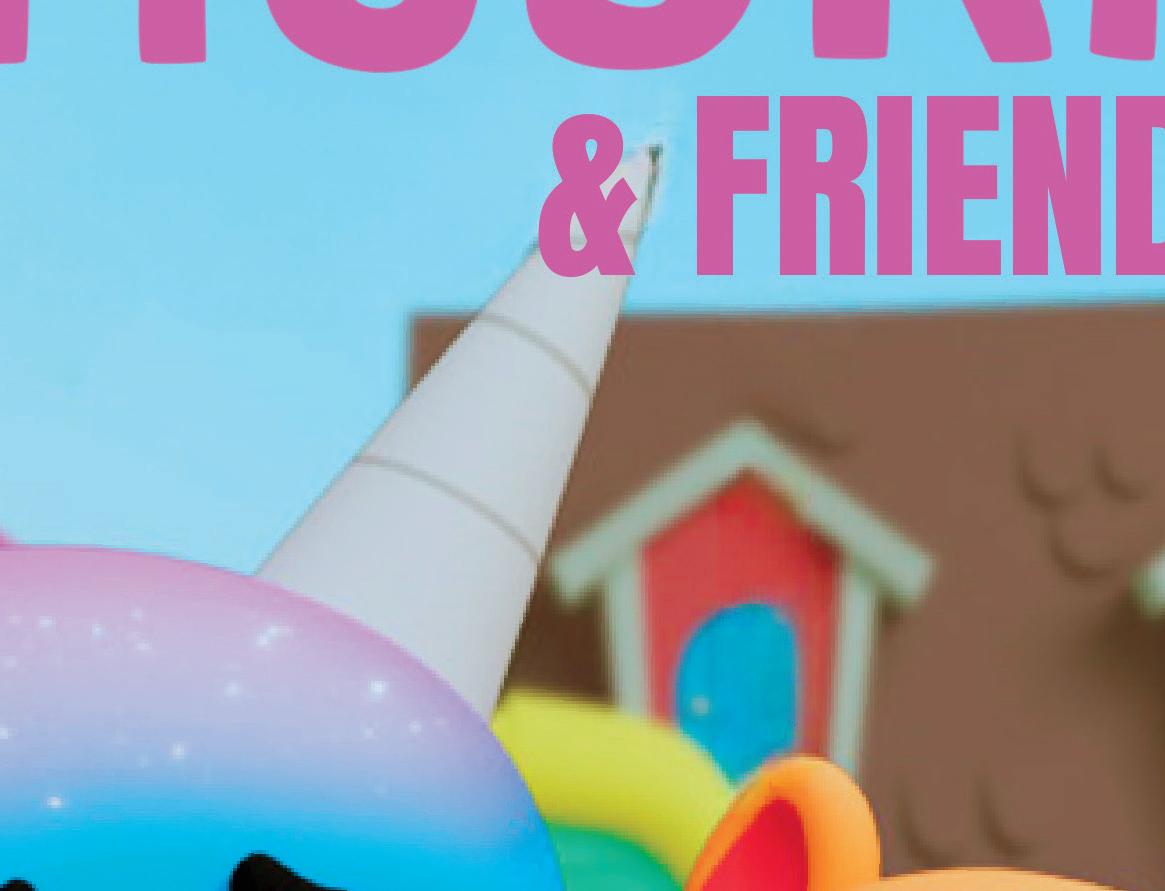










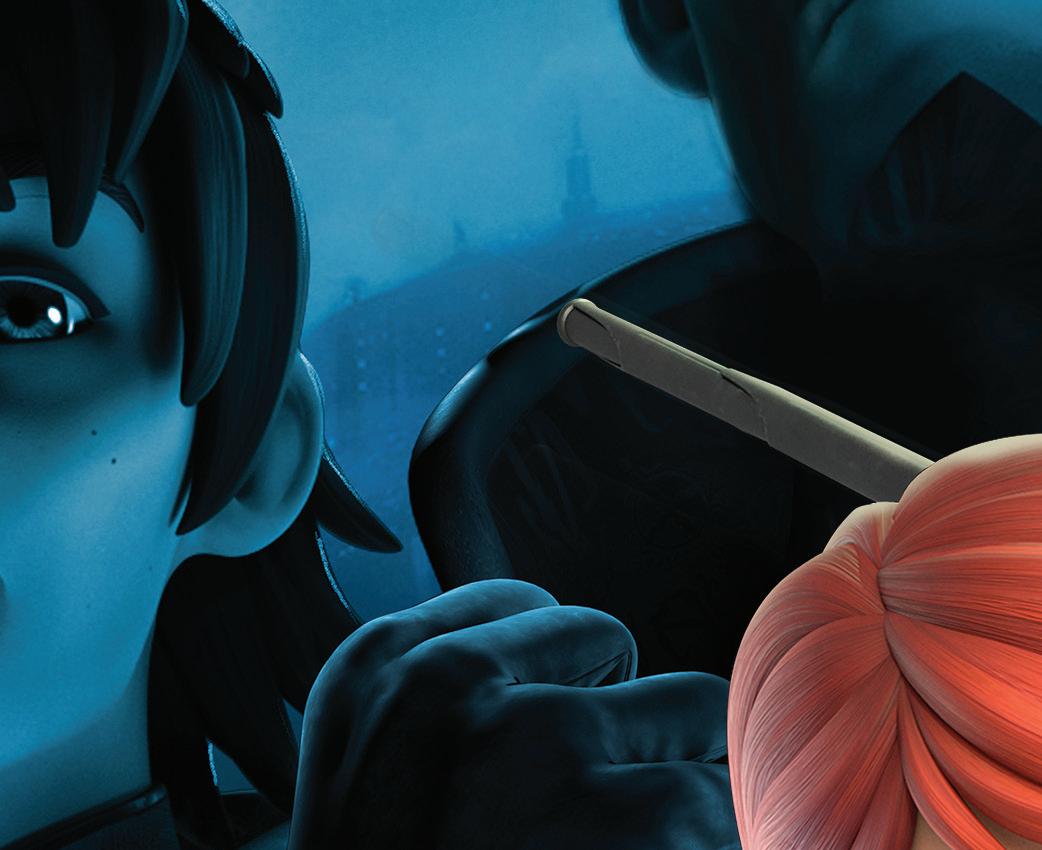

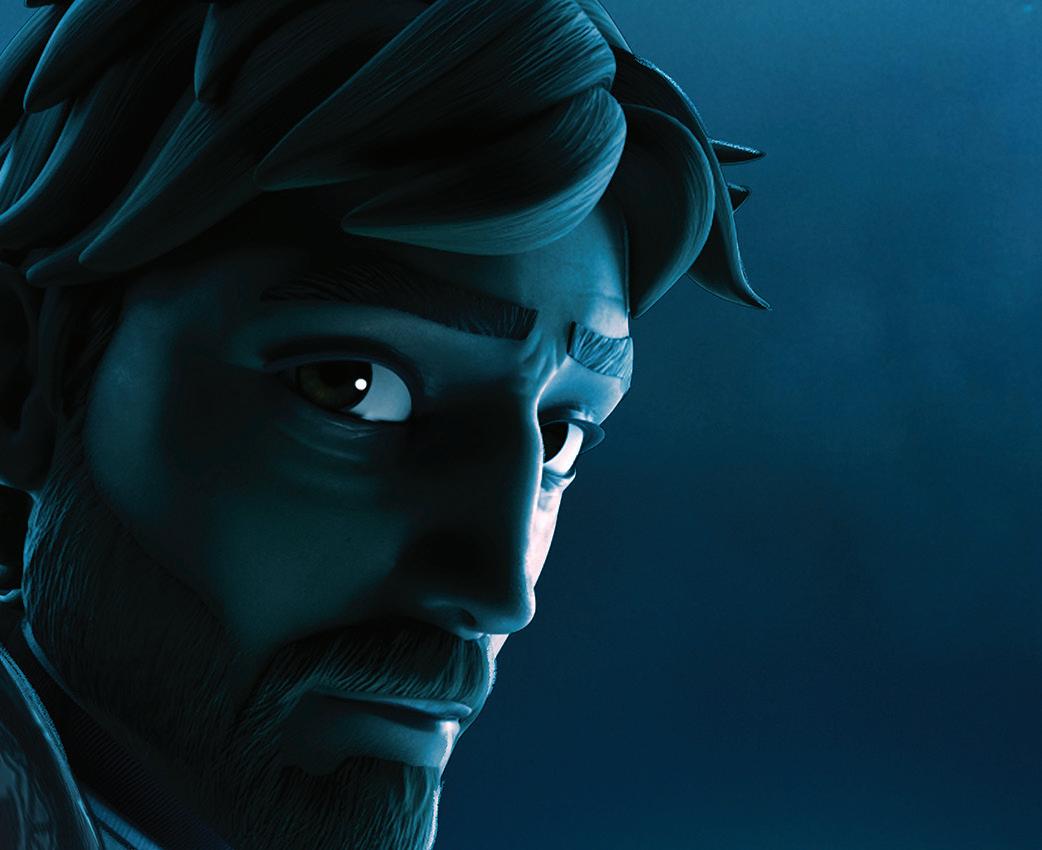
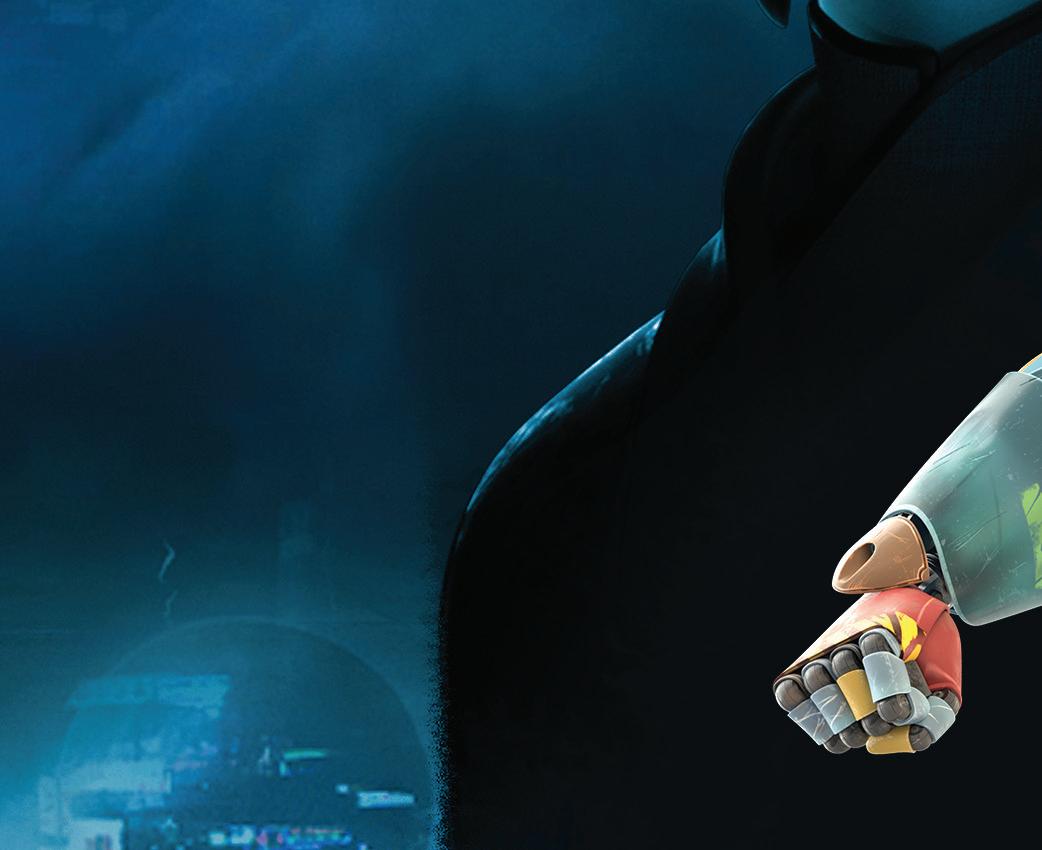






















Luiz Filipe Figueira, head of strategy, acquisitions and copros for Globo kids’ channels Gloob and Gloobihno, tells us about the group’s expanding coproduction strategy and what’s top of his wishlist for Mipcom.
Brazilian media powerhouse Globo Group is expanding both content and distribution opportunities around its two children’s basic pay TV channels, older-skewing Gloob and preschool service Gloobihno, to navigate the everexpanding digital entertainment landscape being accessed by children.

Ten-year-old Gloob remains Brazil’s number one kids’ channel, according to Luiz Filipe Figueira, head of content strategy and international coproductions and acquisitions for kids at Globo.
“A lot of things have been changing and shifting in the media landscape, especially considering kids’ behaviour and how they engage with video and content nowadays,” he observes of the online landscape – notably social media platforms like YouTube with which Gloob needs to compete to win young viewers, “but we were able to deliver and adapt to all those changes throughout those 10 years.”
A key driver behind Gloob’s popularity among older kids is its slate of originals, which accounts for around 50% of its output, alongside popular international acquisitions.

Its top shows include live-action Detetives do Prédio Azul (Blue Building Detectives local sitcom Bugados (Game Crashers), 3D animated series Turma da Monica (Monica’s Gang), the coproduced Miraculous: Tales of Ladybug & Cat Noir and the acquired Alvinnn!!! & the Chipmunks
Gloob’s mission remains to “deliver the best original content for Brazilian kids. We’re very proud Gloob is the only Brazilian kids’ channel available and has been engaging with so many kids over the years,” says Figueira, noting that its mix of international content has also “helped us achieve our goals and our good results.”
Gloob’s biggest hit, long-running local sitcom Detetives do Prédio Azul, is “still the number one IP both on Gloob and Globoplay and a huge success,” says Figueira. Based on a series of books, a 20th season of the series is now in production, featuring a third generation of the cast.
However, acknowledging the challenge of attracting today’s children, Figueira continues: “Kids are our main audience. It’s an audience that’s always changing and as they grow up, they’re not watching those shows anymore, so how do we keep our IPs up to date at the same time as bringing new kids to our brands and to our channels? That’s the biggest competition and challenge we face.”
As well as Globoplay, which is Brazil’s second largest streaming service after Netflix, the Globo group is currently planning free, ad-supported streaming TV (FAST) channels as its next push.
Gloob’s originals slate also includes a growing number of coproductions, such as Miraculous: Tales of Ladybug & Cat Noir, which Gloob joined as a copro partner in 2019 for seasons four and five, and liveaction adventure series Theodosia, a copro between Federation Kids & Family owned-Cottonwood Media, ZDF and HBO Max, which launched on Globoplay last year and on Gloob this year.
The group is now seeking more copro partnerships as part of a broader strategy. “We’re still aiming to coproduce animated series content, but we are more and more focused on our original content and on finding ways to cooperate with international players to co-finance our original shows as well,” says Figueira. “During this decade we learned not only to produce amazing IP for the Brazilian audience but also IP with a global approach.”


“This is a new approach in our strategy, but we are very confident in that new model and for certain genres it will bring very good results. One of the FAST channels that we are developing now is for kids’ content,” says Figueira.
This opens up in-house Globo originals to international partners for the first time, with the recently launched live-action series Vicky e as Musa (Vicky & the Muse, 13x30’) now on its way. The musical was produced in-house with free-


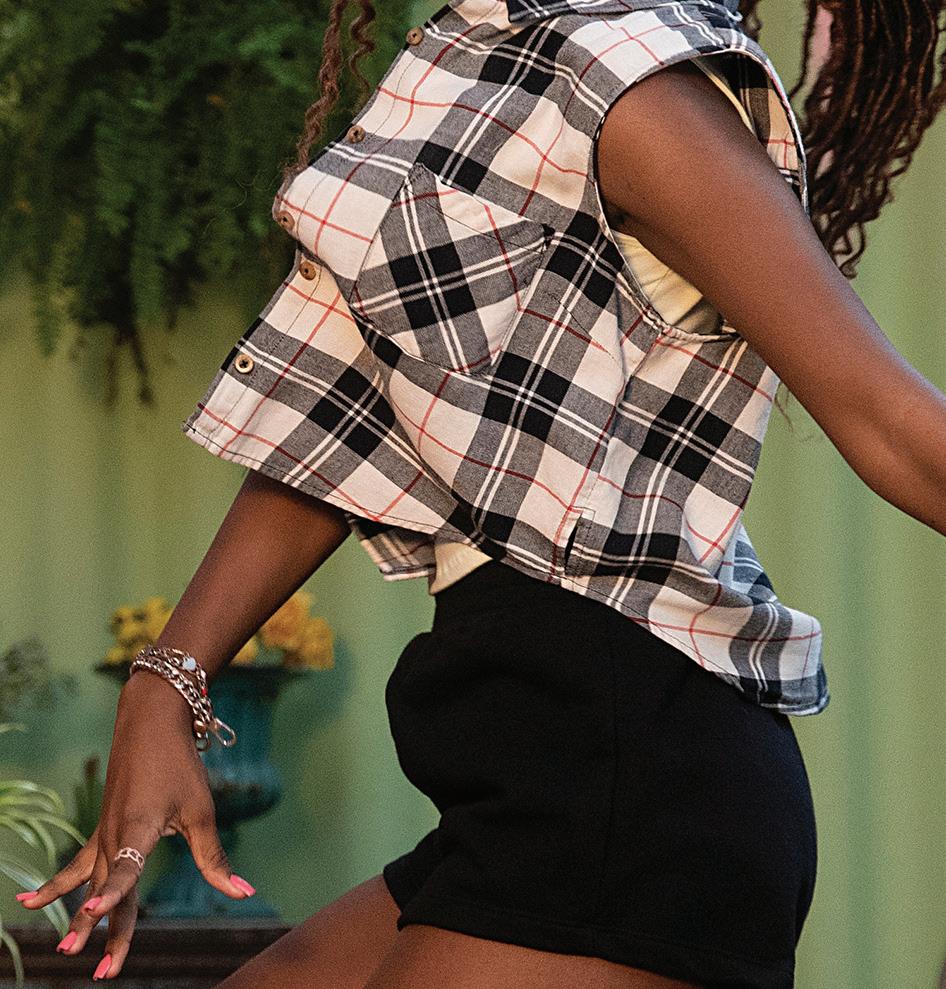






to-air channnel TV Globo, tapping mothership Globo’s extensive expertise in telenovelas.

“We are definitely willing to do more live-action, adventure-driven coproductions such as Theodosia,” Figueira says. “But what we’re willing to do now is coproduce our original IP with international partners. Vicky & the Muse could be an opportunity for that for a second season and the future of the series, because it’s definitely got potential to travel.”
Figueira says the show is telenovelalike in its approach but also “very modern, focused on kids, with a strong digital strategy to connect with the audience through every platform and screen.” A second season is now in development with seasoned novela scriptwriter Rosane Svartman, who created the series. More original digitalonly content is also being considered for future seasons.

Figueira anticipates a number of conversations with potential copro partners about new seasons of the series at the MipTV market in April. “We’re already starting to discuss that, but it’s a completely new business model for us concerning the kids’ industry, so there is a lot to learn as well from our partners. That’s why it is really important to have them on board early on,” he says.
A space into which Figueira is keen to expand further is live-action gameshows targeting 8-12s and that “bring something new to the channel.” The company will be seeking formats to adapt at Mipcom, says the exec, who already has his eye on one or two as-yet undisclosed properties.


Gloob has already successfully launched a locally originated gameshow, Rolê Gloob de Férias fronted by new young hosting talent. The show ran for five seasons from 2020 to 2022. “We are now willing to bring more and this is something that we will definitely be looking for during Mipcom,” he says.
Gloob has been discussing format ideas from the UK and Israel,
among others, but Figueira says a good idea can come from anywhere. “My job at the markets has a lot to do with that and I’m very open-minded and talk to everyone. I walk through that Palais until the last minute, because sometimes we’ll find this great idea from unpredictable places or players.”
While Gloob is Brazil’s leading children’s channel, the Globo group faces a greater challenge with acquisitions-driven preschool service Gloobihno, says Figueira. At the recent Annecy International Animation Film Festival, the exec raised the same concerns about 2-5s preferring the borderless environments of YouTube and other social media to services like Gloobihno.
“We’ve seen that preschoolers are watching YouTube and other [sites] more and more, and it’s not what we do or what we believe in, in terms of content for that age target,” says Figueira.
Alongside the “challenge to compete with an offer that has no boundaries and is completely free for them” comes the problem of “financing animated series in a moment when the industry is reinventing itself,” he observes.
“Of course, it’s a whole new generation we are constantly trying to reach and to deliver good content to, but we are going through a moment where we need to reinvent content to continue to address that age group.”
What such reinvented content for the 2-5s would look like is all up for discussion, says Figueira, who, since international markets resumed postpandemic, has been discussing a number of ways forward with other players. For now, “nobody has a formula for that, but for sure we are talking about shorter content,” he says, adding: “In Brazil, kids are also engaging more and more with live-action and other kids as protagonists.”
In the meantime, Gloobihno continues to seek out hit acquired animated series to round out its entertainment needs. Top drivers in 2023 so far have been Hey Duggee, Brazilian toon Senninha na Pista Maluca (Senninha on the Crazy Race Track), Trulli Tales, Go Jetters and True & the Rainbow Kingdom “It’s not edutainment but it still has a good message with purpose for that age target,” says Figueira.

A key priority is “more family-driven shows focused on IPs that are recognised by parents as well,” Figueira says, emphasising a need for coviewing opportunities for kids and parents.
“We just launched our coproduction with Mediawan, The Little Prince, the new series, which is performing super well. We are also working with the brand in Brazil in terms of L&M and consumer products. It is the kind of show that will resonate amongst kids and parents alike. So that’s definitely what we’ll look for, no matter the type of business model, whether it’s a copro or a regular pre-buy.”
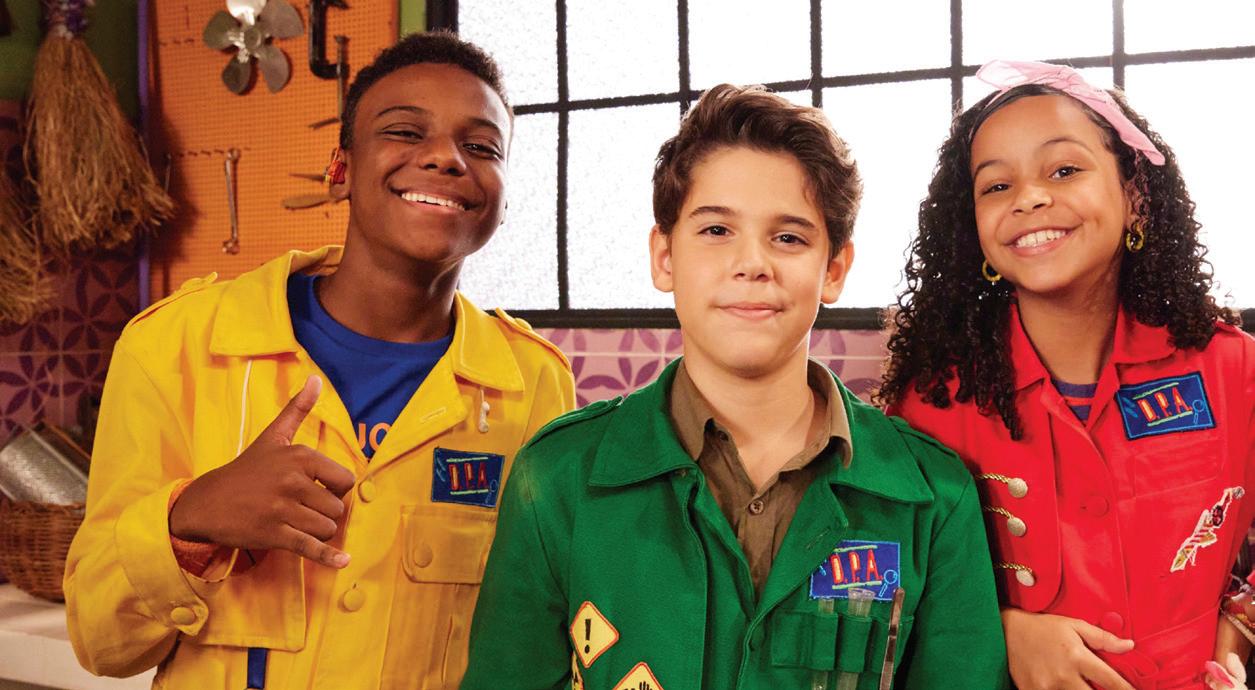
“ We’re still aiming to coproduce animated series, but we are more and more focused on our original content and on finding ways to cooperate with international players to co-finance our original shows as well.
Luiz Filipe FigueiraGlobo 8-12s and that “bring something new , discussing format ideas
cooperateFrom top: Sitcom Bugados, Detetives do Prédio Azul and Rolê Gloob de Férias












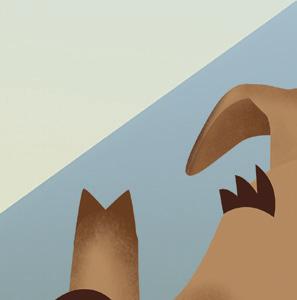
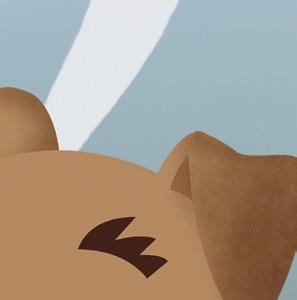

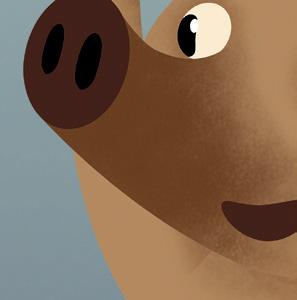
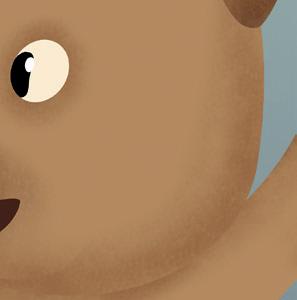





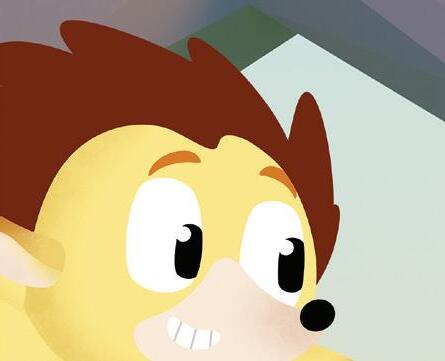





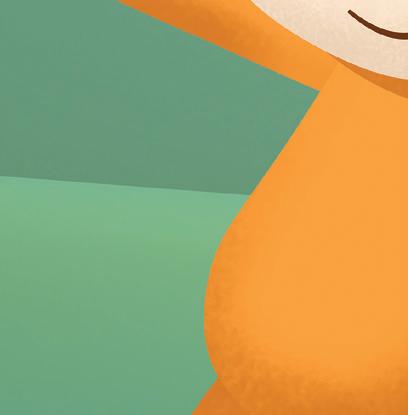










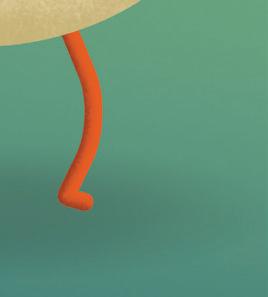

















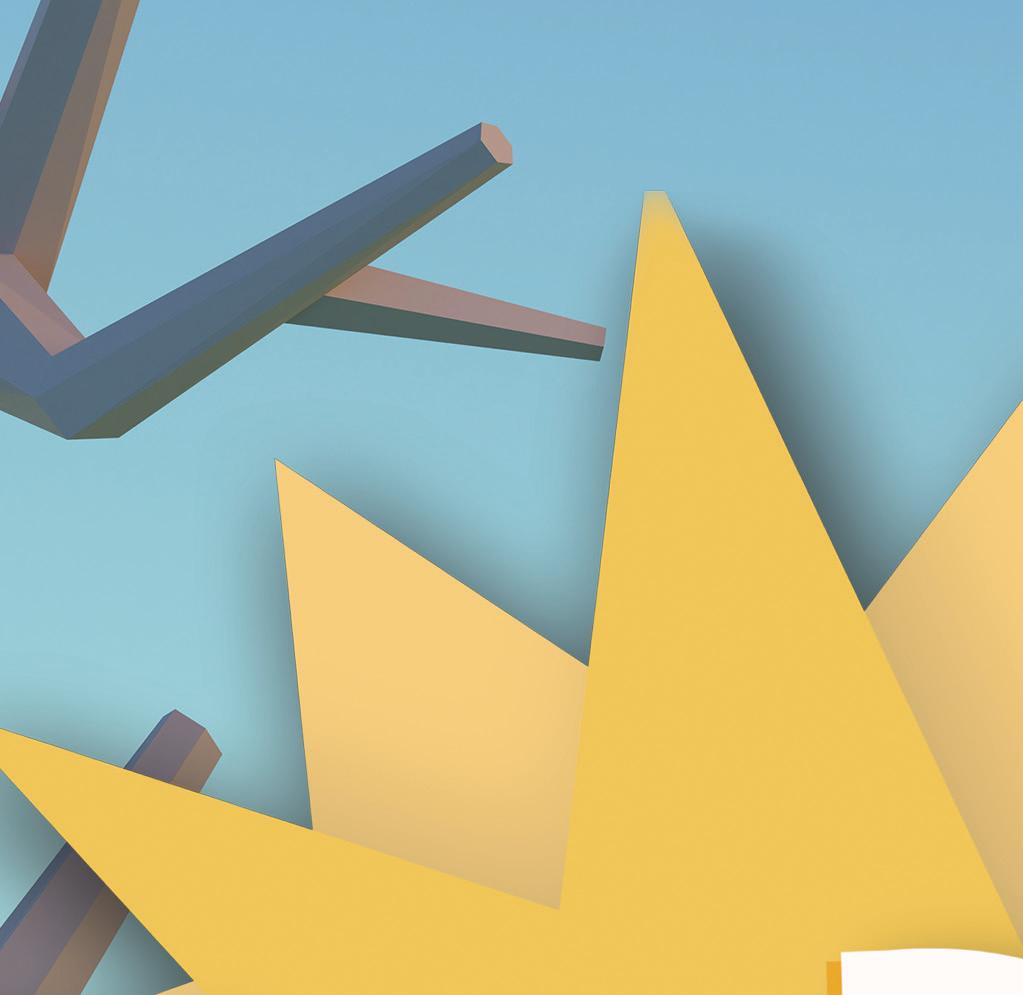





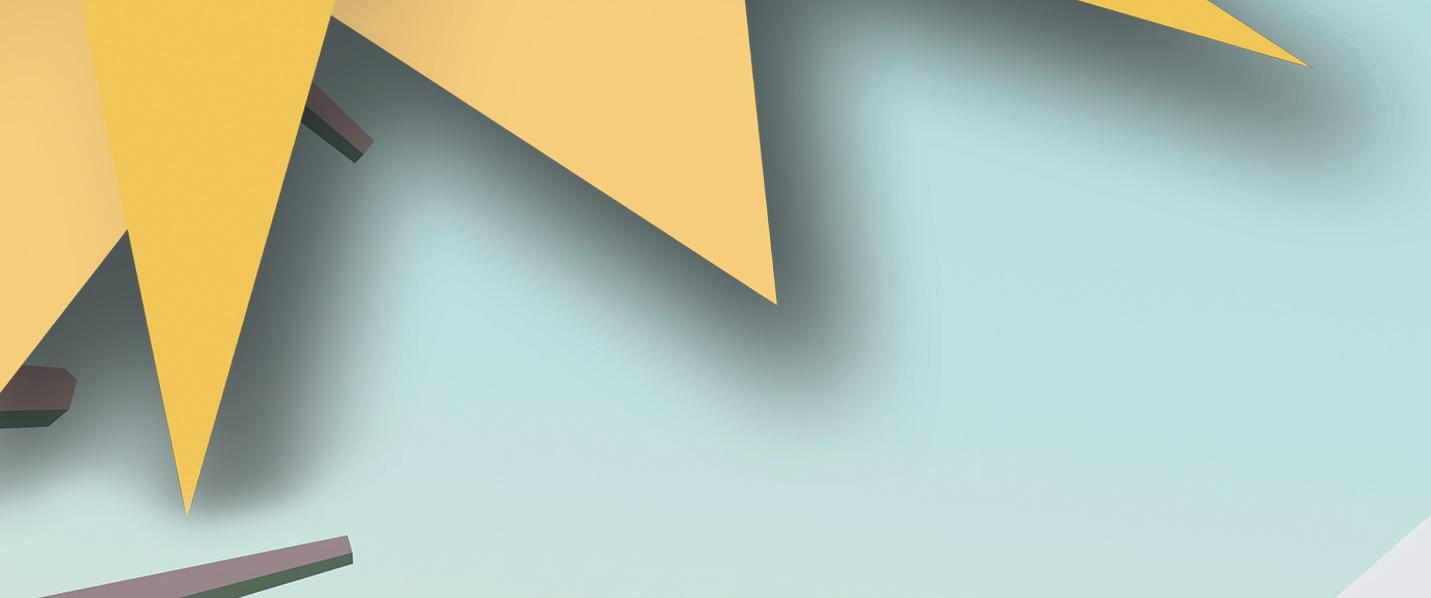























































































































































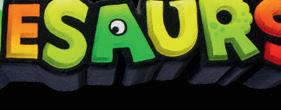

































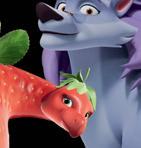
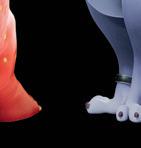






















































































































































Mattel is riding higher than any of its toymakerturned-entertainment peers on the back of the so-called Summer of Barbie. The live-action film, based on the iconic pink-clad doll, has become a legitimate global phenomenon, grossing a whopping US$1.4bn at the time of writing, breathing desperately needed life into the post-pandemic box office, striking a cultural chord that few movies have managed to achieve in recent memory, and proving there is space in cinemas for inventive spins on popular intellectual properties.
The enormous success of the movie, co-written and directed by Greta Gerwig, starring Margot Robbie and Ryan Gosling and released via Warner Bros, has understandably put a spotlight on Mattel and the various IPs under its vast umbrella.

The California-headquartered company is aware its next moves are being watched closely and, for better or worse, will carry the weight of greater expectations following the improbable but masterfully executed rejuvenation of the Barbie brand.


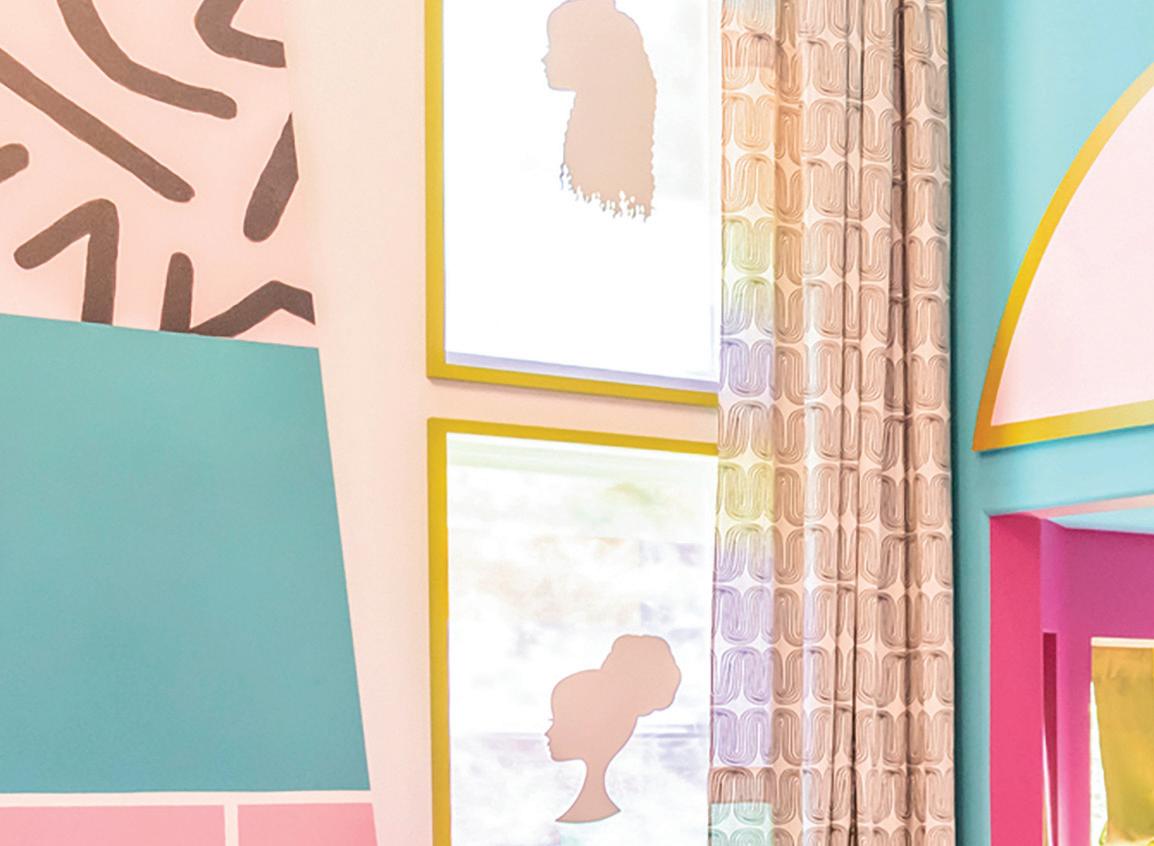


Speaking at the Rocket Forum strand of C21’s Content Canada this summer, Phil Breman, head of live-action scripted and unscripted series development at Mattel Television, said while the temptation might be to begin pumping out TV and film series based on some of its best-known properties, it must continue to pick its spots judiciously and not over-serve the audience.
“We have to be very careful that we don’t just vomit out all this IP and have 27 shows a year. Just because it’s IP that’s recognisable doesn’t make it a great show – a great show makes it a great show,” he said.
One need only look at the box office of the past year to see that audiences are tiring of some of the major franchises and universes that have propelled cinema ticket sales for the past decade. On streaming services too, there are signs of audience fatigue – a fact not lost on Breman and his team. “We’re getting jaded as an audience, and I think audiences are smart. They know if you’re there
Mattel’s live-action TV development boss Phil Breman on how the toy giant is managing its various brands and sidestepping pi alls, following the sweeping box o ice success of the Barbie movie.

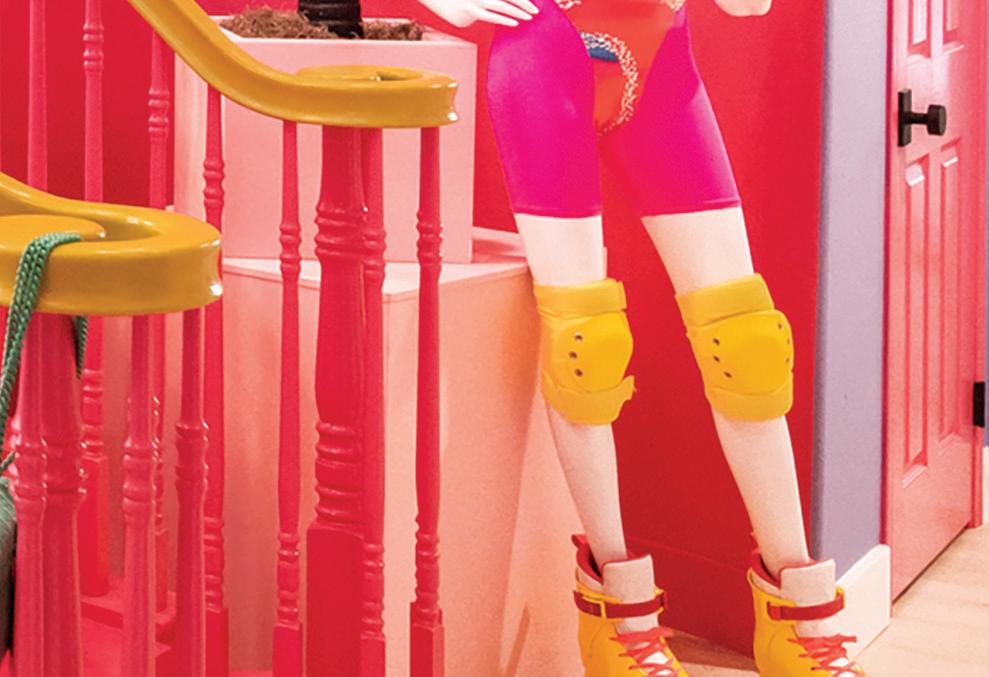
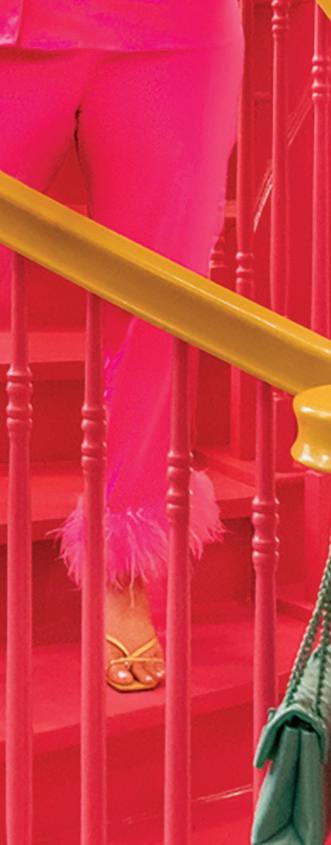

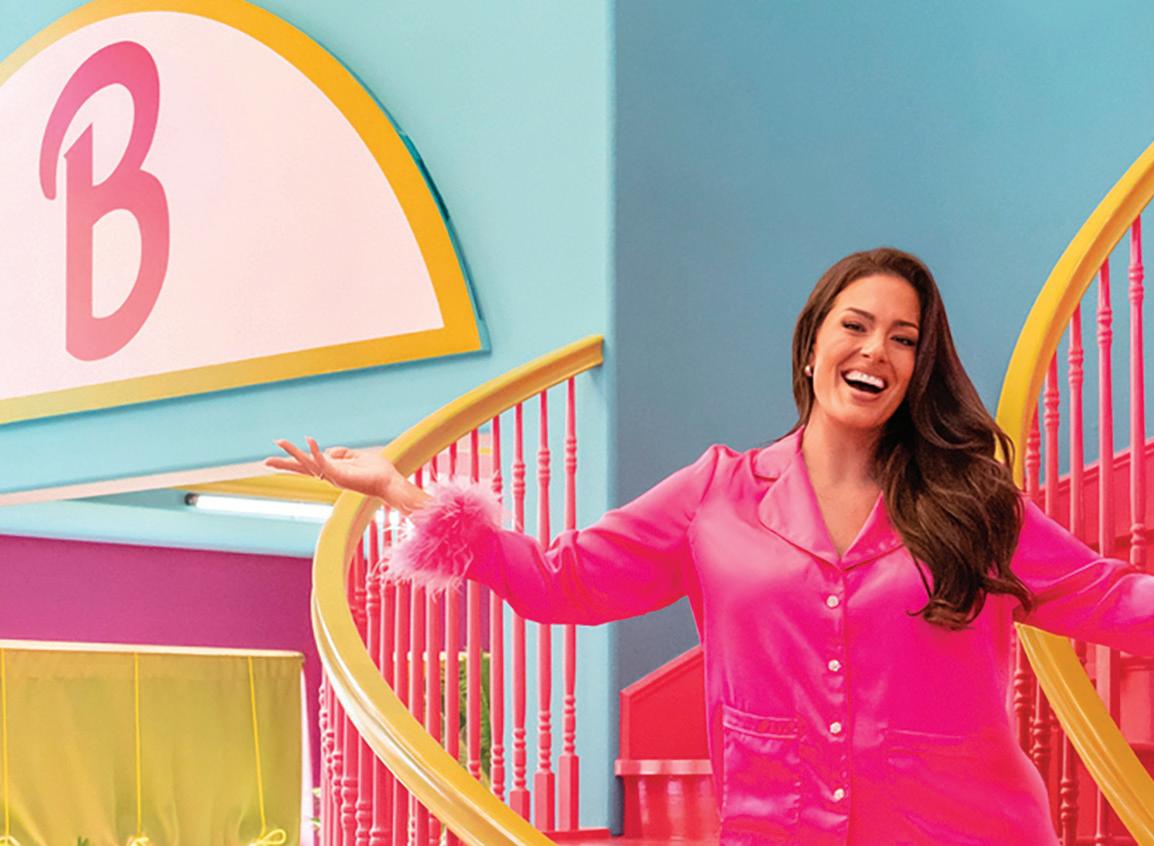 By Jordan Pinto
By Jordan Pinto
trying to market something to them, and they’re going to tune out,” he said.




Breman joined Mattel a little over two years ago after serving as VP of current programming at NBCUniversal (NBCU), working on titles such as The Unbreakable Kimmy Schmidt, The Blacklist and Will & Grace. Before his eight-year stint with NBCU, he spent five years at Disney Channel as a scripted development executive.
While he was not directly involved with the development or release of the Barbie live-action movie, Breman helped spearhead the four-part unscripted event series Barbie Dreamhouse Challenge, released just days ahead of the movie through Warner Bros Discovery-owned US cablenet HGTV. Produced by Mattel Television and Mission Control Media and hosted by Ashley Graham,

“ We have to be very careful that we don’t just vomit out all this IP and have 27 shows a year. Just because it’s IP that’s recognisable doesn’t make it a great show – a great show makes it a great show.
Phil Breman Mattel
the project sees celebrity teams transform a southern California home into a real-life Barbie Dreamhouse.
In addition to Barbie, key brands owned and controlled by Mattel include toy car brand Hot Wheels, doll franchise Monster High, card game Uno and fortune-telling toy Magic 8 Ball.
Hot Wheels, which Breman calls one of Mattel’s “highest priority” IPs, is also the subject of an unscripted television series, Hot Wheels: The Ultimate Challenge, which launched on broadcaster NBC and streamer Peacock in the US over the summer. The car makeover series sees contestants transform ordinary vehicles into impressive showstopping rides.
“You’re risking everything” when taking a brand into new areas, he told Content Canada. However, while the risks are great and failure can result in long-term damage to a brand, Breman said there are three essential elements that each project must have in order to capture its audience.
First, relatability. There must be something for the audience to understand and recognise as a part of their lives, whether it’s the setting, characters or situation. Second, a core relationship or relationships at the centre of the project, whether it’s romantic, family or a group of friends. And third, a sense of wish fulfilment.
“They’re very simple things but you’d be surprised by how few shows have all three,” said Breman.
Building a franchise also involves walking a tightrope of retaining the essence of what made something popular in the first place at the same time as extending the brand into new areas.
Using Monster High as an example, Breman said: “You don’t want to alienate the [existing] audience by throwing them something that’s unrecognisable to the brand and to the world that exists now. But you also don’t want to close off the possibility of expanding that world in the future.”
Breman added that he and the Mattel teams guard their brands closely. “You have to be protective, because you don’t also want to create something that the audience rejects and ultimately hurts the brand,” he said.
Magic 8 Ball is a property that Mattel is currently looking to extend into visual mediums, says Breman. But taking the IP from product to brand to franchise is tricky and finding the right entry point will ultimately prove to be make-or-break.
“Magic 8 Ball could be a lot of things. It could be like a Twilight Zone series, it could be a big gameshow, a splashy movie or a live event with some sort of psychic element to it,” he said.
As Mattel looks to expand more of its IPs, Breman insists that the toyco does not follow any corporate edicts. “We don’t have play patterns that inform what our content will be and we don’t have a sales mandate, saying we have to move 2,000 units of a certain product. We’re not given that directive and are very fortunate in the respect that we have the creative freedom to explore different avenues,” he explained.
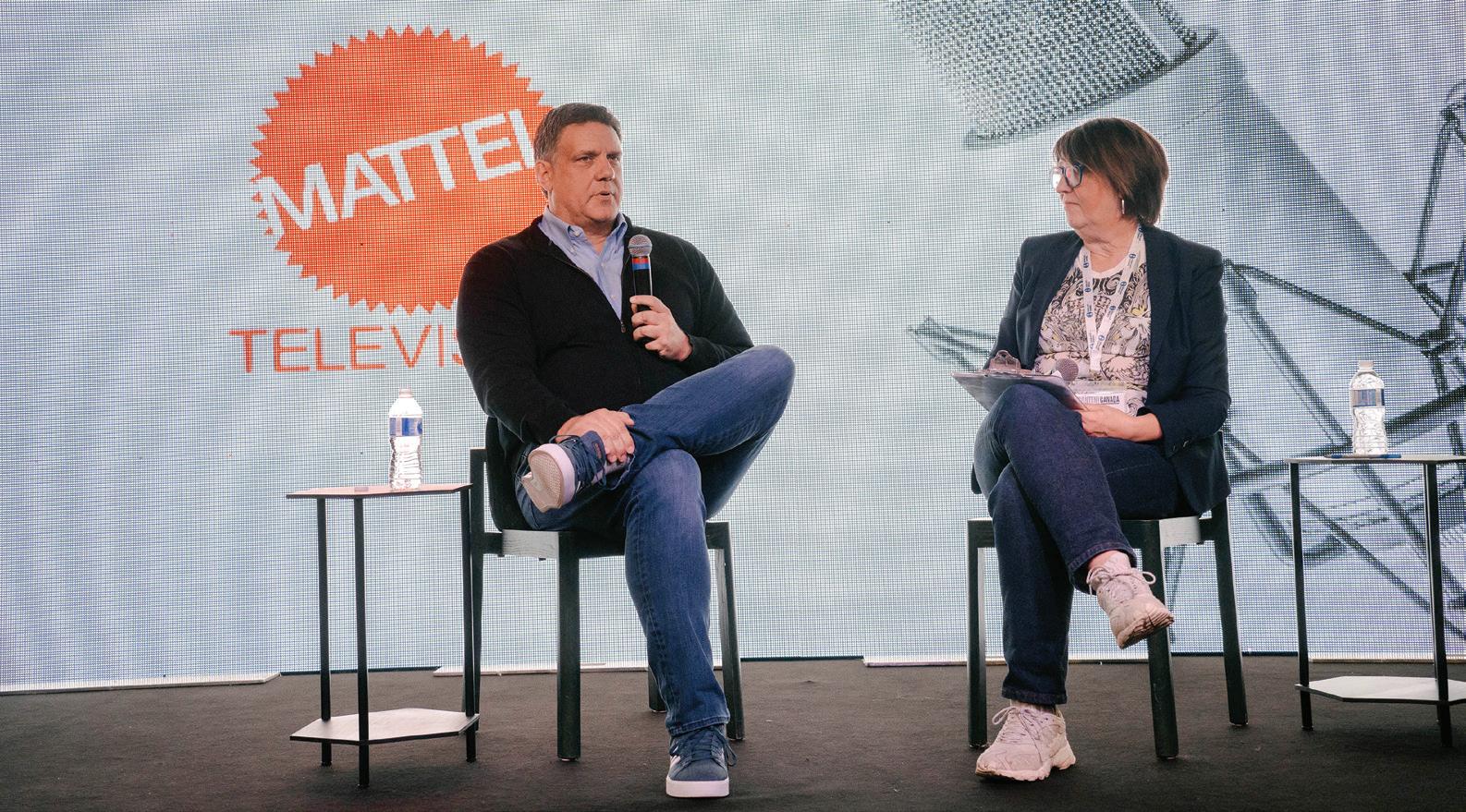

The company also strives to put creative decisionmaking power in the hands of the writers and directors it works with. “We typically work hand-in-hand with the
creative, just so we don’t go too left field. But at the same time we want them to have that freedom to explore things that we would never in a million years have thought of,” he said.
Part of the Mattel strategy is to give the audience what they want but to always hold back in a way that doesn’t completely satisfy, or over-satisfy, the demand for a given brand. “You want to feed the demand but just enough to [reach the point] where you leave them wanting more,” said Breman. “That’s always a secret with it. I think Calvin Klein or one of the major clothing brands used to say, ‘I know we could sell a thousand pairs of pants but we’re only going to sell 100.’ And that’s also our mentality, to make sure that we don’t over-indulge.”
That strategy also applies to the Mattel brands in their totality, with Breman revealing the company deliberately opts not to have too many series or movies out in the market at any one time. “I wouldn’t want to put out more than a handful of Mattel series in a given time period, because you can just become a blur. And then you just become your own competition,” he said.
Particularly when it comes to turning products into screen-based brands, Breman said companies must be careful that they approach things in a gradual way, rather than assuming something can immediately become a franchise. “We’re looking at the opportunities to grow this beyond what people already know about this product. You have to go from product to brand to franchise. You can’t just assume it’s a franchise right off the bat – the audience hasn’t told you that yet. You have to earn that.”
“ You don’t want to alienate the [existing] audience by throwing them something that’s unrecognisable to the brand and to the world that exists now. But you also don’t want to close off the possibility of expanding that world in the future.
Phil Breman Mattel

















































































































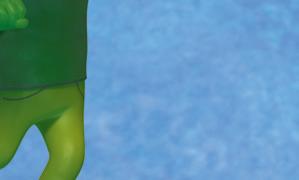





























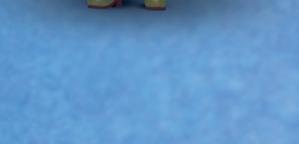




























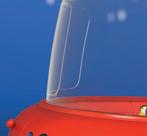

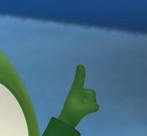





























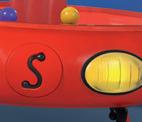









































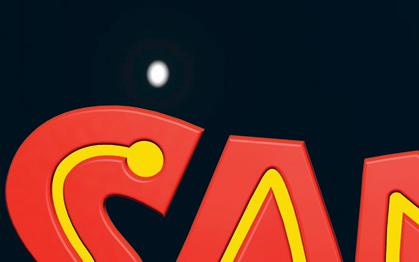



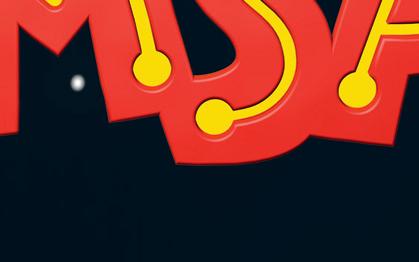

































Given the fragmentation of young audiences and the sheer volume of content available, there has arguably never been a more challenging time to launch and grow kids’ brands.
In a world where even the most recognisable brands can get lost in the shuffle, cutting through is a trickier proposition than ever before.
During the Rocket Forum strand of C21’s Content Canada in September, executives from companies behind some of the biggest intellectual properties in the kids’ space gathered to talk about how they are navigating these choppy waters.

The discussion was moderated by Agnes Augustin, president and CEO of Canadian nonprofit funding body Shaw Rocket Fund, who set the table with a comment on the current state of play. “Audiences are fragmented, and in kids [content], in my opinion, it’s shattered,” she said. “Discoverability, and finding kids where they are, is so hard for producers today.”
This fragmentation is forcing all the major players, including Disney, to adjust their strategies – and even prompting the Mouse House to do innovative things with brands it does not own.
Disney Branded Television last year commissioned a 52x7’ animated series based on Morphle, a red, magical, shape-shifting character from Candle Media-backed Moonbug Entertainment, whose other brands include Blippi and CoComelon. The series, titled Morphle, is slated to debut on Disney Jr and Disney+ in 2024.





Rick Clodfelter, who serves as executive director, content acquisitions and partnerships at Disney Branded Television, described the deal as an “enhanced acquisition,” meaning
By Jordan PintoDisney can help shape some of the creative by giving notes on scripts and designs.
“We’re taking Moonbug IP, which has reach, visibility, familiarity and a built-in preschool audience, and putting a Disney spin on it through this deal model,” he said.
“It’s treating a title that we don’t own at Disney as if it’s an original, which is sometimes challenging for us. But we know we don’t own it and we only have it for a certain amount of time.”
For Toronto-headquartered Spin Master Entertainment, a major question has been how to extend one of the world’s most successful franchises, the 10-year-old Paw Patrol, when the brand already has an 86% global awareness?
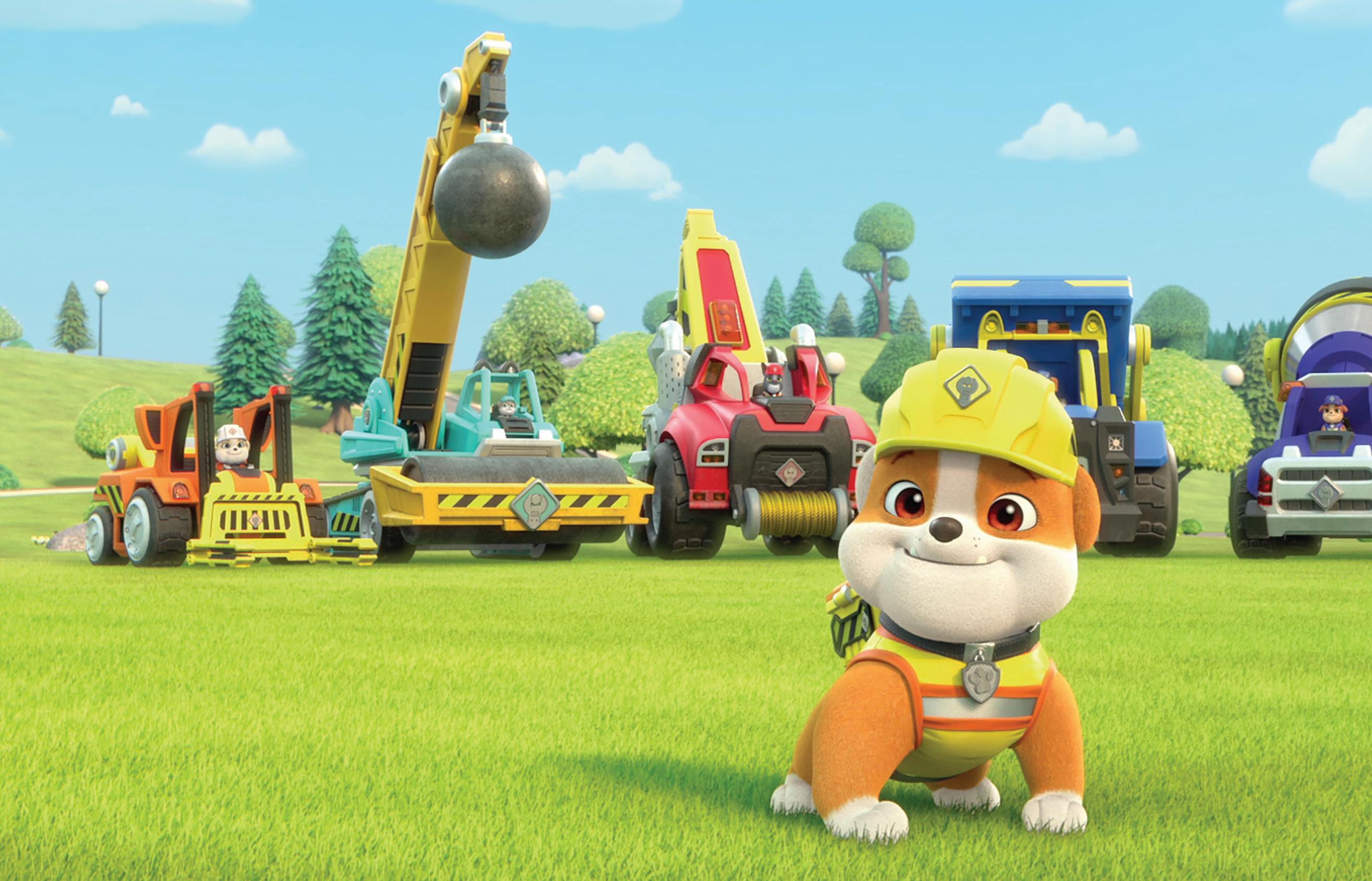
Laura Clunie, senior VP of development for current series and feature films, said the firm has tried to be “smart about how we’re keeping fans engaged” by being selective with its output. The first spin-off, construction-based series Rubble & Crew, was released earlier this year, while the first Paw Patrol movie premiered in 2021.
Clunie said the movie was “a hard

Children’s content execs share their insights into how they are building brand equity in a ‘shattered’ viewing landscape.Rubble & Crew
“ Audiences are fragmented, and in kids [content], in my opinion, it’s shattered. Discoverability, and finding kids where they are, is so hard for producers today.
Agnes Augustin Shaw Rocket FundMoonbug’s Morphle character is heading to TV with Disney
one to get across the line, because people didn’t necessarily believe that there was an audience for preschool films,” but that it “exceeded our expectations.” According to box office data, the movie grossed around US$144m internationally on a budget of US$26m.
“Now there are a lot of brands doing the same,” Clunie said of taking preschool properties to the big screen. The second Paw Patrol movie launched in theatres on September 29.
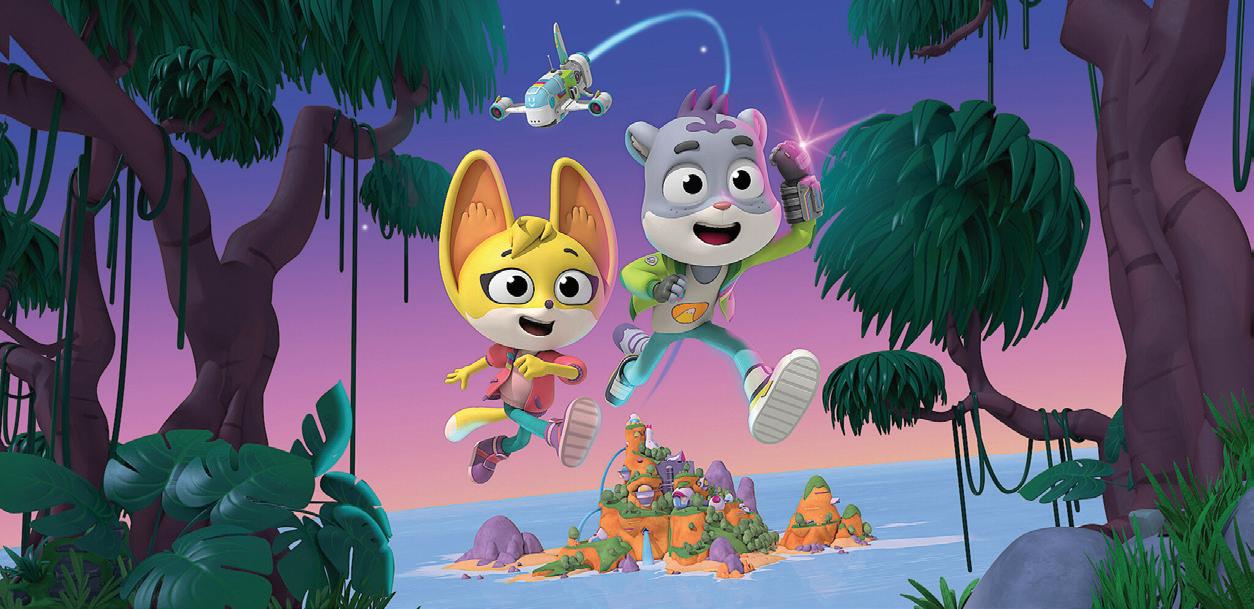
While it is still looking to engage audiences in traditional media, Spin Master, like many others, is jumping head first into the world of online games platform Roblox with some of its newer properties. Among them is Unicorn Academy, an animated series set to launch on Netflix in November.
Ahead of the launch, Spin Master launched a Unicorn Academy-themed game within an existing Roblox game titled Wild Horse Islands, in addition to partnering with six Roblox influencers to drive audiences to the platform.
As part of new and emerging windowing techniques, Spin Master will also premiere a portion of Unicorn Academy’s first episode via Roblox, prior to the launch on Netflix. Clunie described it as a “huge and concerted effort to make [Unicorn Academy] work in this new landscape.”
Sony Pictures Television (SPT) Kids (fka Silvergate Media) is another entity making interesting moves in the children’s content business.
In addition to continued success with shows like Creature Cases on Netflix and SuperKitties on Disney Jr, SPT is now pursuing a strategy to bring well-known, adult-focused, proprietary brands into the kids’ space.
Over the summer, SPT Kids announced it was in development on animated versions of two classic sitcoms, Bewitched and The Partridge Family, and kid-focused versions of Wheel of Fortune and Shark Tank
“We’re taking those titles and finding a way to bring them to a new, younger audience, maintaining the thing the older fans love and finding new ways to engage,” said Sarah Mullervy, senior VP of creative at SPT Kids.
Mullervy described the Bewitched reboot as “Hannah Montana wackiness meets the magic of Harry Potter” and added that the kids’ version of Wheel of Fortune “keeps all the things you love about the [format] but adds a little comedy and physicality that we know our young audience wants.”

After building its reputation on the success of franchises including Odd Squad and the Dino shows (Dino Dan, Dino Dana, Dino Dex), Canada’s Sinking Ship Entertainment is also exploring new areas, and using third-party IP as a jumping off point.
The company is producing the youngadult series Beyond Black Beauty alongside Amazon Studios and Leif Films for AVoD platform Freevee. The series is inspired by the Black Beauty novel but puts a new twist on it with a story following black cowboys. “That was a very different way to lean into a brand that was already well-known, giving the audience something they’re not expecting that is very compelling,” said Sinking Ship’s head of production, Carla de Jong.

Sinking Ship’s animated Property Brothers spin-off, Builder Brothers Dream Factory, also premiered earlier this year. The series takes the renovation brand cultivated by identical twins Jonathan and Drew Scott and transplants it into a kids’ show.
It also led to interesting and rare promotional strategies, said de Jong, with home-improvement network HGTV Canada running advertisements for the show, which airs on kids’ network Treehouse.
Adina Pitt, VP of content acquisitions, partnerships and coproductions, kids and family, at Warner Bros Discovery, cautioned that children’s content producers must be open to new production and distribution models, given the landscape is changing so rapidly. They must also be ready and willing to invest years into building brands, which she acknowledged is tricky in the context of a strained media environment.

“The days of the 52x11’ series are being challenged right now, and there isn’t just one approach,” she said. “Every show that’s been discussed had a different way of building those brands, but also it took time. Do we have the luxury of time today? Do we have the stick-to-it-ness? And do we have the volume to do it? These are important things to consider, because it really makes us think outside of the box and work with our marketing teams and partners in a very different way.”
Despite the fractured nature of the viewing landscape, SPT’s Mullervy said it is as possible today as it was 10 or 20 years ago to create brands that break through. “If you can find a way for your viewer to fall in love with your brand, they will follow it to Roblox, a streamer, network or social. It does take time but if the content is great, kids will share it and it will grow into a snowball.”


















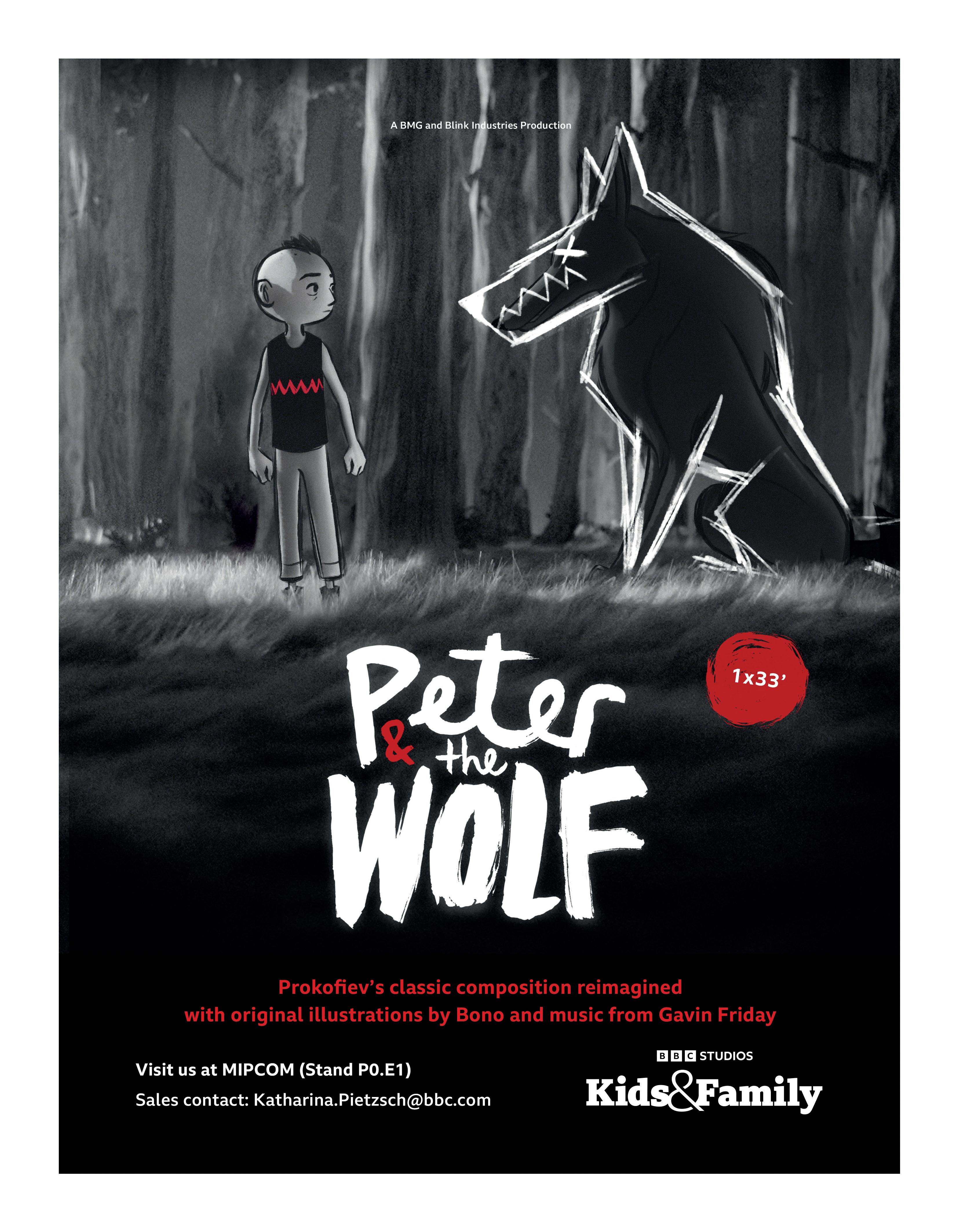
The Westminster Media Forum in the UK held a conference dedicated to the children’s audiovisual industry in September, when execs from across the sector shared their views on how to revamp a kids’ content market that is struggling with a lack of funding.
Patricia Hidalgo, director of children’s and education at UK pubcaster the BBC, called for a reboot of the kids’ content sector, which she said is becoming “culturally swamped” with content from US streamers.

The exec pointed to statistics from the Broadcasters’ Audience Research Board which showed 52% of UK market share is taken up by local broadcasters and platforms, including the BBC, ITV, Channel 4, Channel 5, Sky, UKTV and their respective streaming services. Almost equalling that, the remaining 48% is taken up by just three US-based SVoD companies: Netflix, Disney+ and Amazon Prime Video.
These three streamers’ combined share of VoD viewing among children is a huge 81%, versus only 19% for the UK VoD platforms.
“None of these huge [US-based] platforms has an obligation to make or promote content that is made in the UK for UK audiences,” Hidalgo said. “The production of British content for children has been in decline while this explosion of content and migration of viewing to global streaming has happened. Taken together, that’s a clear story for us that UK children’s content is being culturally swamped and this is something we should be worrying about.
“We need to fix this but we can’t do it alone. A reboot of the whole UK kids’ sector is needed and there is wide agreement on this across the industry. There is a need for us to come together as a whole sector and engage with the government. This is not to ask for a handout, it’s because
change is happening on such a deep and societal level that no solution is possible without the government. That’s what they’re there for.”
Also speaking at the conference was Greg Childs, director of the Children’s Media Foundation (CMF), who proposed a new children’s content fund to replace the nowdefunct Young Audiences Content Fund (YACF) to be funded by a levy on streamers and online platforms.
planning to move CBBC, over time, to iPlayer. But the kids don’t know what iPlayer is,” Childs said. To boost the production of content that is culturally relevant to British children with public service values, Childs suggested creating a new fund that would be financed through a levy on the streamers. Crucially, the programming produced wouldn’t specifically be for the traditional public channels but for any platform.
A reboot of the whole UK kids’ sector is needed and there is wide agreement on this across the industry. There is a need for us to come together as a whole sector and engage with the government.
Childs said the broadcasters are doing “too little, too late” to get kids back to their services from the global streamers and social media platforms, while the days of public service platforms are “probably over.”
“We’re beyond worrying about what might happen in the future. This is a bit like climate change, frankly. It’s changed, it’s gone. The broadcasters are trying to react and pull people back to their streaming services. So you’ve got ITV moving CITV to ITVX and you’ve got the BBC
“We propose a new UK children’s content fund; a successor to the Young Audiences Content Fund. The problem with the YACF was it couldn’t find the audience because the programmes for the most part went out on the public service broadcasters. We think it should be financed from levies; a levy on streamers and on online platforms,” he said.
“It should be used to finance content that has certifiable public service value and then can be placed
on any platform. We need to be able to put this content not just with public service platforms. The days for public service platforms, apart from the BBC, are probably over. What we need to recognise is there’s plenty of public service content on Netflix, on YouTube, maybe even on TikTok, and with a bit of effort and funding to get it kickstarted and then incentives to shift from the broadcasting concept to a content concept, we can change the marketplace.
“It’s time for the politicians to wake up to it. They really need to realise what they’re about to lose.”
Oli Hyatt, creative director of UK animation prodco Blue Zoo, suggested the launch of a fund for entertaining and educational, curriculum-based content. The initiative would provide an incentive for commercial broadcasters and streaming companies without a public service remit to create content with educational value for children.
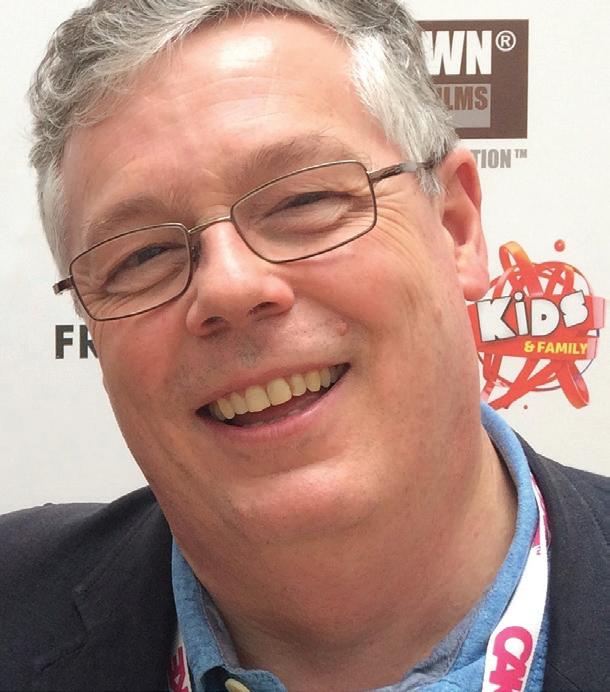
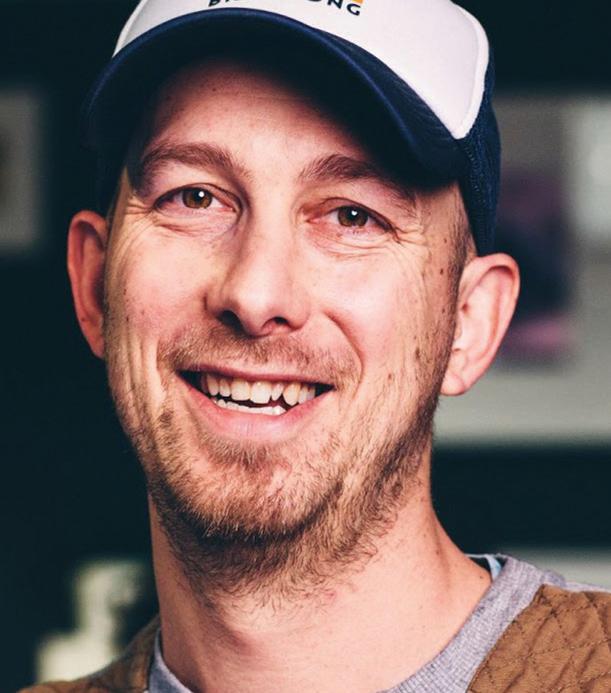
A key element to content produced via the fund would be that it would be free for all children in the UK, regardless of the platform it is produced for, Hyatt said, noting that global SVoD platforms could still charge international audiences to view it.

“If anybody in the world wants to access that fund and can meet the remit of the curriculum or soft learnings, they should be able to access it and they should be able to make entertaining stuff. The only thing I would say is that the content is free to air,” he said.
“If Netflix accesses that money and, let’s say, covers the war curriculum for [school qualification] GCSE and wants to make the equivalent of Saving Private Ryan, or if games producers want to produce a Call of Duty that completely covers the war curriculum and kids can actively play their education, give them the money. But it has to be free at the UK point of entry.”
A Westminster Media Forum conference dedicated to the children’s audiovisual industry called for UK government intervention and new funds to boost a declining kids’ market. By Karolina Kaminska“
Patricia Hidalgo, BBCGreg Childs of the CMF Oli Hyatt of Blue Zoo


David Michel discusses the French prodco’s return to animation after producing a string of successful live-action series and why only ‘must-have’ shows will break through in the current market.
 By Karolina Kaminska
By Karolina Kaminska
Over the last three years, Paris-based kids and family production company Cottonwood Media, part of Federation Studios, has been working hard on a slate of premium live-action series, which includes two seasons of fantasy show Theodosia for HBO Max, two seasons of Find Me in Paris spin-off Spellbound for Disney-owned streamer Hulu and anthology series Circuit Breakers for Apple TV+.
This came about as Cottonwood, whose background is predominantly in animation, decided to take a break from producing animated content in order to try its hand at live-action. Over those three years, the prodco has successfully made a name for itself in the live-action space, with Spellbound receiving a season two greenlight before season one even aired.
Now, while live-action will remain an important part of its line-up, Cottonwood is restarting its animation slate, beginning with 20 Dance Street (26x26’), a book-based series the prodco pitched at Cartoon Forum about a young dancer who leaves her home in the Caribbean to join the Paris Opera Ballet School.

As with its live-action series, Cottonwood is aiming to make premium animation with high budgets to help it break through in a very crowded market.
“We’re trying to keep what made us really successful on the live-action side, which is to use very expensive tools in order to differentiate ourselves from the competition,” says Cottonwood president David Michel. “So we went for photorealistic CGI and we’re doing motion capture. We’re really trying to do things at that level of budget and animation so the show becomes a must-have.”
The idea of having a slate of “must-have” shows is part of Cottonwood’s strategy for the next three years, through plans to focus on fewer but bigger programmes.
“In such a tough market, must-haves are the only types of shows that are going to get made in the next one or two years,” Michel says. “‘Good-to-
calibre book that we’ll announce in the winter. The idea is to not go for volume on the animation side but to focus on one show after the other.”
The strategy is similar for liveaction, where Cottonwood will work on just one or two seasons per year and develop one show for a linear broadcaster and one for a streaming platform. The prodco is currently developing a sci-fi series with ZDF in Germany, with whom it produced Theodosia, Find Me in Paris and Spellbound
“We’re trying to stay focused on doing very little very well, with high funding,” Michel says, although he acknowledges difficulties in sourcing financing in a tough economic climate, making the must-have strategy all the more important.
“With the current decrease in budgets and investment and the lay-offs across the board in Europe and North America, there is less content being ordered and less being freelanced by the streamers in Europe. A lot of production companies did amazing freelance work for the streamers and almost overnight these streamers have cut their orders in half, or even more,” Michel says.
Cottonwood’s slate currently still favours live-action, but in three years’ time Michel hopes the balance will be 50/50 live-action to animation.
“It takes about three years to get an animation show greenlit and produced, so I would say for the next two years the slate is still going to be two-thirds live-action, one-third animation. But our goal is to reach 50%, so hopefully in three years we will have reached that balance,” the exec says.
have’ shows are not going to take off. For us and for any producer, it’s really about the question, ‘Is it a must-have show?’ We’ve been pretty successful in producing must-have live-action shows and now we’re trying to apply this to animation.
“The first one is 20 Dance Street and we have a few others, one of which is based on a pretty high-
“We don’t want to increase volume. We want to keep focusing on going more premium as a way to differentiate ourselves from the rest of the market, tackle a very tough market and just produce shows we want to produce. We aim to remain a boutique company focused on premium shows for families.”
“ We want to keep focusing on going more premium as a way to differentiate ourselves from the rest of the market and just produce shows we want to produce. We aim to remain a boutique company focused on premium shows for families.
David Michel20 Dance Street



















































































































Backed by a growing slate of originals from US parent Kartoon Studios, kids and family service Kartoon Channel! is expanding its global footprint while larger rivals realign theirs in the challenging business climate. January saw it launch across Africa and in Asia, with Latin America and the Middle East and North Africa (MENA) its next big targets.
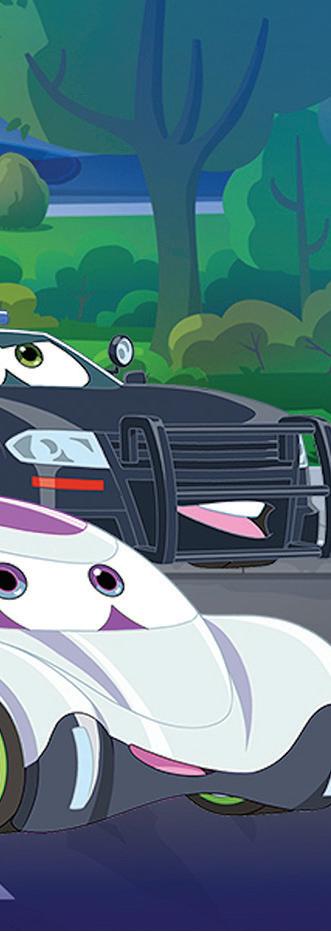



The channel, which launched in 2020 and has close to 100% market penetration in the US, increasingly deploys a diversified distribution model to suit local market conditions with a ‘kit bag’ of local products. These span traditional pay








Fresh from a slew of international channel launches in 2023, Kartoon Channel! Worldwide president Paul Robinson reveals his plans for next year and new partnership opportunities to attract local viewers.
 By Gün Akyuz
By Gün Akyuz
This year’s launches add to branded blocks in 69 countries across the Middle East, Africa, Latin America and Europe, a FAST channel on Waipu in Germany and a presence on Samsung TV Plus in Australia and New Zealand, Tapp Digital in the Philippines and Dhiraagu in the Maldives.
“The thing about the ‘international’ market is it’s not coherent –countries are different, there are different tastes, different preferences, but also, of course, technologies at very different stages,” says Paul Robinson, president of Kartoon Channel! Worldwide.
countries in Africa on StarTimes in January, it is already a top-10 provider among individuals aged four-plus across all channels. Its launch phase was packed with stunts and movie weekends, such as a Super Mario weekend timed to mark the property’s latest movie release, a Carmen Sandiego weekend and a gaming weekend based around Roblox.
It made huge sense to launch in the continent as a traditional full-service pay TV channel, says Robinson. “In Africa, 85% of viewing is still to scheduled television and even by 2025 it’s still going to be 75%.”

TV channels, free, ad-supported streaming TV (FAST) brands Kartoon Channel! and Kartoon Channel! Gamer, a digital app – available in SVoD or AVoD options – and branded Kartoon Channel! blocks carried on third-party channels.

“We wouldn’t be arrogant enough to suggest that we go into the market and forcefit ourselves into that market. We want to work in a way that’s going to be right for that market given its stage of development. The reason that works, too, is because a lot of our content is original, we have the rights and we have the windows, so that makes it easy.”
Following Kartoon Channel!’s launch in 47

Alongside a name change, from Genius Brands International to Kartoon Studios, the company’s listing transferred from the Nasdaq Capital Market to the New York Stock Exchange in June to help fuel its next growth phase. This includes a new movie division called Kartoon Studios Film, with an initial slate of 10 films to be unveiled at this year’s Mipcom.
Unifying Kartoon Channel! and Kartoon Studios also “re-emphasises that we’re back to what we’ve always been about, which is about making content, and that’s still the heart of the company. Andy Heyward is our CEO but he’s also our creative-inchief in many ways, so our ambition to create has more emphasis now, with originals across animated and live-action titles,” says Robinson.
The company’s production slate currently ranges from Shaq’s Garage, featuring former basketball star Shaquille O’Neal, and Stan Lee’s Superhero
Kidaverse Roblox Rumble Shaq’s GarageKindergarten, starring Arnold Schwarzenegger, to Rainbow Rangers and Edison’s Secret Lab. This year it added live-action gaming-led competition show Kidaverse Roblox Rumble. Most of them are key content drivers for Kartoon Channel! internationally. Also in the works are Wolfgang Puck’s Secret Chef Academy and Blue Origin Space Rangers

Kartoon Channel! also acquires between 300 and 400 hours of third-party content annually. Drivers include Super Mario Bros 3, Angry Birds, Gigantosaurus, Yu-Gi-Oh! and Sunny Bunnies
Highlighting Kartoon Channel!’s ‘content with a purpose’ mantra, Robinson says: “We’re making content that’s got a little bit more than just pure entertainment. We’re not didactic, we’re not educational, but we want to do good. We want content that’s going to have good portrayal and good values that parents are going to trust, because, ultimately, they’re paying for it. So the fact they feel comfortable and their kids are in a safe place has always been important to us.”
Another significant launch for Kartoon Channel! in 2023 was as a branded block on kids’ channel Astro Ciero. “Astro is a very significant platform as the biggest pay TV platform in Asia outside China and Japan,” says Robinson, noting that Astro is available in around 60% of Malaysian TV homes while Astro Ciero is the “number one” kids’ channel.

A key draw on Kartoon Channel!’s branded block on Astro Ciero is safe gaming targeting 8-12s, including its original Kidaverse Roblox Rumble
In most countries, two-thirds of kids in that age range have played Roblox, says Robinson, which prompted Kartoon Channel! to create the Roblox Rumble format – effectively a kids’ online Zoombased tournament based around the game platform. Following a successful first season, a second has now been coproduced with Astro, featuring solely Malaysian children. Astro holds exclusive rights to the Malaysian edition, which launched on August 31 ahead of Kartoon Channel!’s other international feeds.
Kartoon Channel!’s biggest launch so far this year has been FAST channel Powerkids Kartoon Channel! on August 14 in India. A 50% partnership with Powerkids Entertainment, owner of the DQ Entertainment library, the channel is dubbed into Hindi and is distributed on Reliance Jio. The latter is India’s largest telco platform with 400 millionplus customers and is delivered to both set-top boxes and mobile devices.
“We’re looking at whether we could expand
outside India, initially to an Indian diaspora. There are a lot of Indians in America we’re not reaching, for example,” says Robinson.
Next is a linear pay TV service in Vietnam, in partnership with TV and movie production and distribution company BHD. Other Asian launches are set for Q1 2024 with as-yet-undisclosed partners in Indonesia, the Philippines and Singapore, and conversations are underway with potential partners in Sri Lanka and Hong Kong.
Kartoon Channel!’s core content will remain similar in each region but will be tailored to each market with local acquisitions.
“There will be more originals, more ownproduced content, more YouTube creators and more customised formats in the next 12 months,” he says. “The success we’ve had with Roblox Rumble actually makes me believe that formats and doing localised versions of shows is a really powerful thing to do. You’re going to see a lot more of that happening – more live-action local coproductions,” he continues. “We’ve already had other markets asking to do a [local] version of Roblox Rumble.”

However, Robinson says Kartoon Channel! has more work to do in order to establish the threeyear-old brand against tough competition and a tech-savvy kids’ audience. “They’re discerning and not necessarily brand-loyal. You’ve got to be aware of all that and never forget that we have to earn the audience.”
Kartoon Studios’ ambition to increase its output of animated originals also includes the use of artificial intelligence (AI), as well as tapping YouTube creators for ideas and content “that chime with today’s kids,” with the help of its subsidiaries Frederator Studios and Frederator Network.
As Kartoon Channel! expands across live-action, gaming and shorts, it will still need to rely on its “hardy perennials,” says Robinson.
Kartoon Channel! is also targeting Latin America and MENA and the Arabic-speaking world. “We already have a modest Hispanic operation for Hispanic North America, but we have nothing for Mexico and south of Mexico – all of the Spanishspeaking countries – and nothing for Brazil. That represents three-quarters of a billion people,” says Robinson. Lat Am is also where the next local iteration of Roblox Rumbles is expected to launch.
In serving local audiences, Robinson says
“When you are investing in a big original animated series, you’re talking up to US$9m on each individual original, and that’s got to be perennial because otherwise you’re never going to make any money back. Meanwhile, gaming content is relatively costeffective to produce. I don’t know how long the gaming wave is going to last – it probably will last, but if it doesn’t I don’t mind riding the wave.
“What matters is that you’re continuing to look for the next big thing, because one thing I can be sure of is nothing lasts forever,” says the veteran TV exec. “We’re dabbling with AI, with gaming. I don’t know what the next thing on the horizon might be, but if something comes along we’ll probably jump on to that as well. But at the same time you’ve got to have your evergreens.”
“ We wouldn’t be arrogant enough to suggest that we go into the market and force-fit ourselves into that market. We want to work in a way that’s going to be right for that market given its stage of development.
Paul RobinsonKartoon Channel! Worldwide Kartoon Studios’ Rainbow Rangers (top) and Stan Lee’s Superhero Kindergarten





























































































































































C21 heard from producers heading to Cartoon Forum in Toulouse in September about the biggest issues and trends in the animation sector, including the use of AI in productions. By

Walk into a supermarket anywhere in the Western world and you are likely to find a self-checkout area where you can pay for your groceries without the aid of a shop assistant. Contact the customer service department of your broadband provider and, in the first instance, you will probably be directed to a chatbot.
Self-checkouts and chatbots are familiar features of 21st century life. They are just two examples where technological advancements have replaced human jobs in the name of efficiency, and while people were horrified at first, most Westerners will be accustomed to them by now. But the fear that computers will infiltrate more industries and take more jobs away from humans continues, and now it seems it’s the animation sector’s turn, with the arrival of artificial intelligence (AI).
Ahead of Cartoon Forum in September, we asked producers pitching at the event whether AI will have a positive or negative impact on the animation industry. The general consensus was that it may be useful as a tool to speed up certain production processes, but not as a replacement for human creativity.


No matter how clever computers and AI may be, they’re no match for the human brain – not yet, at least. After all, when self-checkouts malfunction (and they often do), it’s human staff who come to the rescue. And when chatbots can’t answer your question, it’s human beings they redirect you to. AI will continue to evolve though and the threat of it taking jobs from those working in animation looms large.
Antti Haikala, CEO of Finnish animation studio Anima Vitae, raised concerns that while AI may be able to “streamline tedious tasks,” it could potentially displace human artists. “We have already been on a path of
Karolina Kaminskareferencing previously made media and ignoring the inspiration from the real world – this will get worse,” Haikala said.


Colin Williams, founder and creative director of Sixteen South in Ireland, criticised the potential use of AI to create art, stories and music as an “absolutely depressing prospect,” while Perrine Gauthier, a producer at Thuristar in Belgium, shared concerns over both the preservation of jobs and artists’ ownership of their work.
Meanwhile, Mária Môťovská, producer at Helium Film in the Czech Republic, predicted a “revolution” for animation thanks to AI, which she praised for saving money and time. She warned, however, that the technology must be used responsibly, as it may be “a good servant but a bad boss.”
In the UK, Tom Beattie, MD of Banijay-owned Tiger Aspect Kids & Family, said the prodco “can’t ignore the growing momentum behind AI” and will consider how it can use it to “futureproof” the business, while Jo Daris, chief creative officer at Germany’s Toon2Tango, said AI will have an overall positive impact on the animation industry.
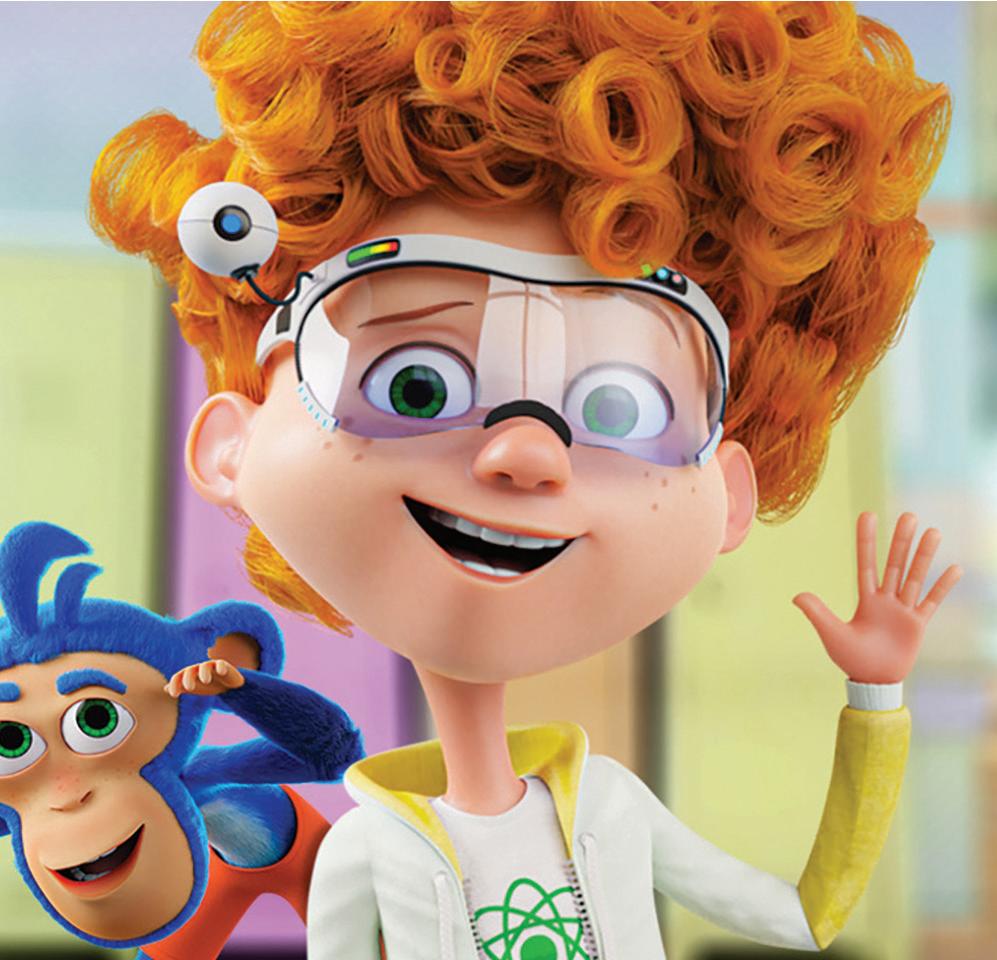

This will be the case particularly in simplifying the writing of first drafts and creating preliminary artwork, Daris said, adding: “Jobs will get lost, but new types of jobs – AI specialists – will see the light.”


Aside from AI, advancements in technology are constantly keeping kids’ producers on their toes, forcing them to create and collaborate innovatively. That is a challenge highlighted by Italian studio Cartobaleno’s CEO Andrea Castellani and Yarki Studio’s CEO Yana Palamarenko in Ukraine.
Similarly, Natalia Malykhina Bratli, director and producer at Ulvenfilm in Norway, pointed out that advanced technologies are leading to overproduction of content, “where quality and uniqueness are often sacrificed for speed and quantity.”

Another challenge animation producers consistently face is funding and tight budgets, which Lindsey Adams, founder of Daily Madness Productions in Ireland, said is leading to a talent gap, as crew members in their 30s and 40s are lost to “burnout” as they struggle to keep up with demand.
Also in Ireland, Claire Finn, MD of Lighthouse Studios, said the slowdown in greenlights from the US streamers, coupled with their risk-averse attitude, has affected the prodco “in a big way.”
Year after year the animation sector faces new, and old, challenges, but it is a resilient industry driven by the loyalty and passion of those who work in it. AI may seem scary, but that human passion is a trait it will never be able to replicate. u










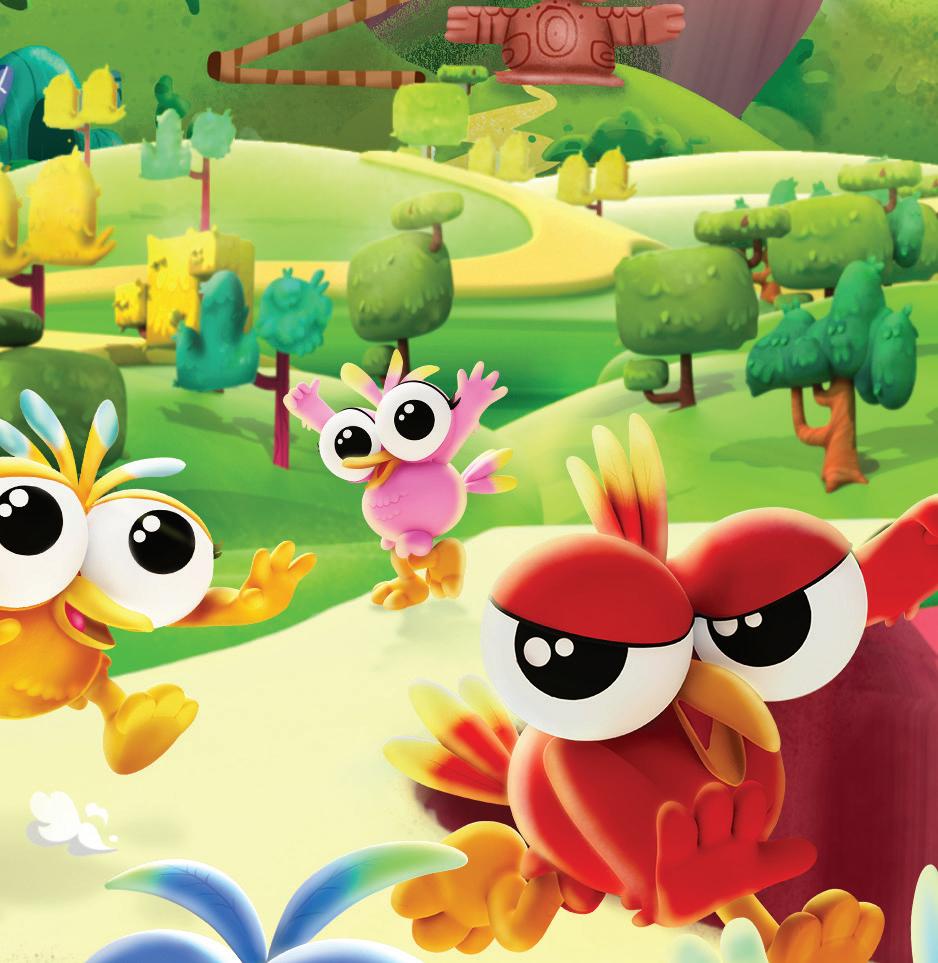
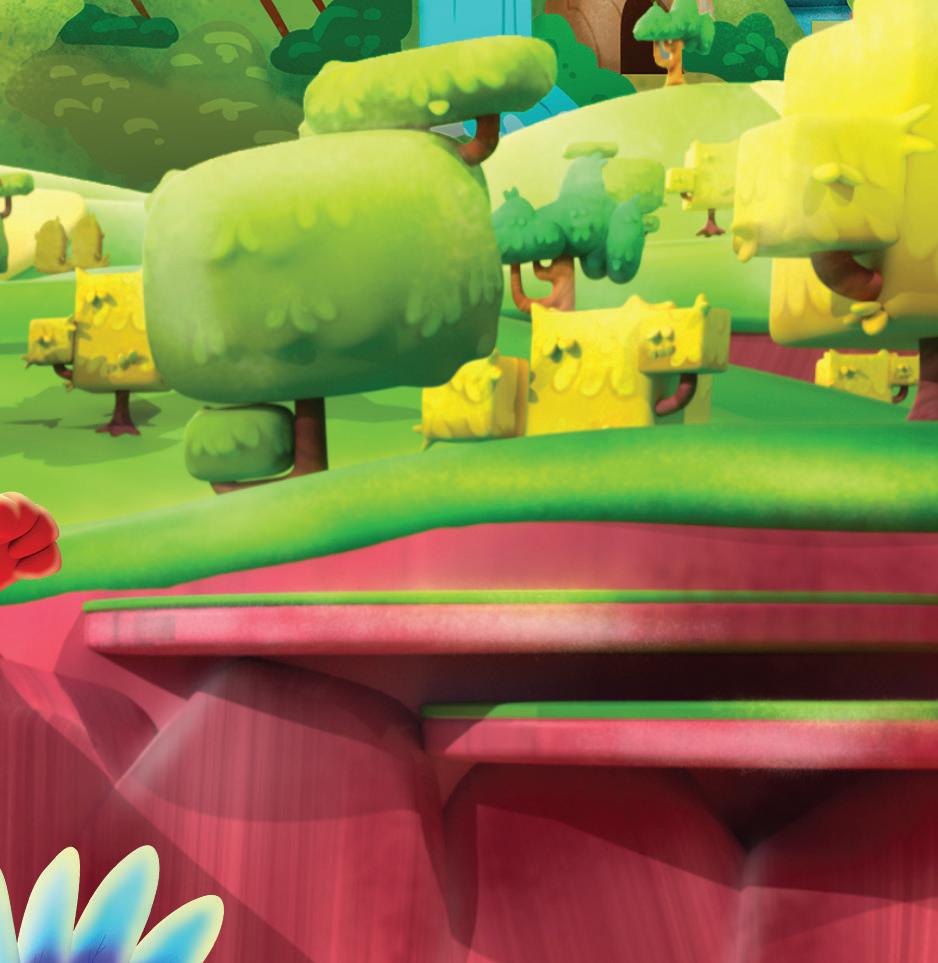
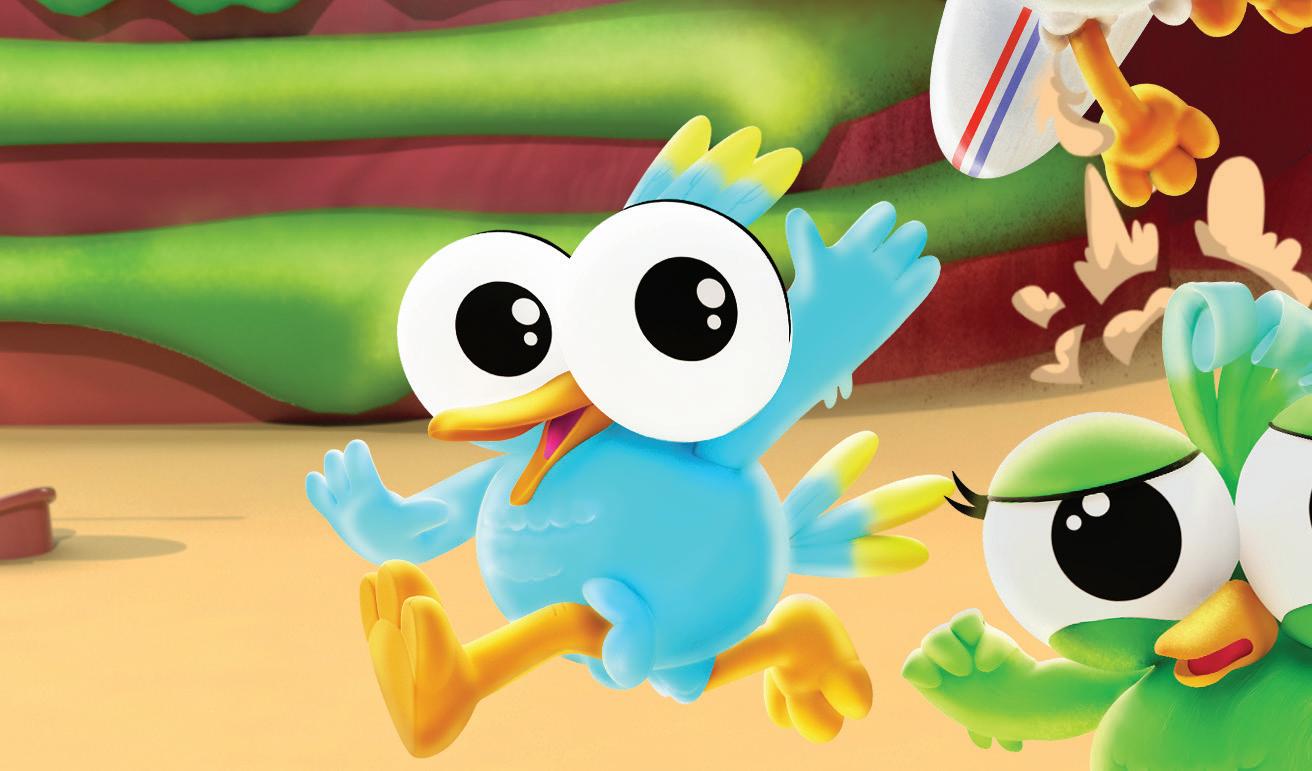



















Antti Haikala, CEO and producer, Anima Vitae


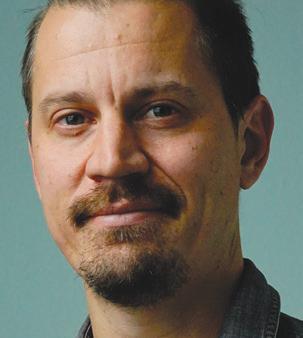
AI’s influence on the animation industry cannot be categorised as purely good or bad. AI serves as a tool, much like any other technology, and its impact spans across all aspects and stages of animation production and the market.


On one hand, AI-driven automation can streamline tedious tasks, saving time and resources, and increase the quota of animated projects. However, there are concerns about the potential displacement of human artists and the risk of homogenising artistic styles and stories.

We have already been on a path of referencing previously made media and ignoring the inspiration from the real world – this will get worse. It’s quite hard to say how AI will change the way we consume animation as art and entertainment but it will certainly change.
Colin Williams, founder and creative director, Sixteen South I’ve been pretty vocal about my scepticism (at best) and my fear (at worst) about the use of AI in our industry. If its use is to be more efficient with tasks, then fine – but the use of AI to generate art, stories or music is absolutely a depressing prospect. If we can’t afford to fund these things from our budgets then it’s probably better to not make the show at all. A computer can’t create. Humans do.
Perrine Gauthier, producer, Thuristar


When it comes to generative AI, our two main concerns are the preservation of jobs and of the artists’ ownership of their work. Ethics are often not the main concern when it comes to big money decision-making. But eventually it all comes down to what we want to do, as individuals, as companies, as a society. What I love the most in my job is working with people. So why in the world would I remove people from that equation?
I’m a big fan of AI. I use it every day in both my working and personal life. I see a great potential and maybe revolution in creating animation together with AI.

AI can create for us the boring parts, saving a lot of money and time for people and offering options to focus on the important and bigger parts. But we need to be careful to be sure we are the brain and creative part who still has a soul with humanity and not get lazy or lower our standards or expectations. In short, AI may be a good servant but a bad boss.
So whether or not it will have a positive or negative impact is on us, producers and creators. I really wish that we will treat AI in the audiovisual industry with responsibility, because this responsibility is more important than ever before.

This is one to watch. As part of one of the biggest producers in the world, we cannot ignore the growing momentum behind artificial intelligence and need to seriously consider how we can utilise the technology to futureproof our business. But it is so nascent and the lack of clarity around rights doesn’t fit our model of IP retention, while we would never use it to replace human creativity.
It will have a positive impact. Writing first drafts will be simplified and creating preliminary artwork for development funding has got a lot easier. We will still always need human talent to fine tune and make it special and unique, but considerable time can be saved by going through AI in the initial development trajectory. Jobs will get lost, but new types of jobs – AI specialists – will see the light.



Andrea Castellani, CEO and director, Cartobaleno


Nowadays, the biggest issue for the animation industry is to keep up with the changing habits of those who are the largest consumers of animated content: children. Technology leads them to enjoy content no longer only on television, but with an increasing number of devices and platforms, so working in collaboration with classic broadcasters is no more a guarantee of results.
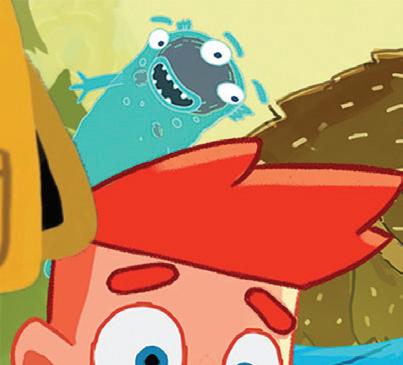

Yana Palamarenko, CEO, Yarki Studio
The most important challenge for us is working with the audience and adapting animated content to the format in which children perceive information. In today’s world, the audience independently decides what and when to watch. No more fighting for primetime on TV. Parents cannot force a child to their favourite IP. We are trying to create anticipation for projects. We use the maximum number of platforms where we can find our audience. Sometimes we create completely parallel content in a different format, such as short comics with four or five pictures or short musical dances with the main characters. We also try to create memes.

Natalia Malykhina Bratli, director and producer, Ulvenfilm
Overproduction. The animation market needs more content. Advanced technologies allow the production of more and more new shows, where quality and uniqueness are often sacrificed for speed and quantity. The animation market is becoming like fast food on a conveyor belt, often losing its soul and magic.
Claire Finn, MD, Lighthouse Studios



in two coproductions and seeking strategic partners to coproduce on two other projects.



Lindsey Adams, founder and producer, Daily Madness Productions

Budgets and scheduling in TV animation being as tight as they are, there is an overall feeling of burnout among independent studios. To keep up with demand, the industry needs to retain experienced talent for the long haul and provide time for new talent to develop their skills. Losing crew to burnout in their 30s and 40s creates a talent gap and we lean too much on universities to fill it with their graduates.
Iryna Kostyuk, producer, Animagrad Studio


The biggest issue that our animation industry, as well as the whole of Ukraine, is facing at the moment is the war Russia has unveiled in our territory, and of course, consequently, the economic situation we all have to live and work in to keep the industry alive and functioning.

Isabel Álvarez Valcarce, head of animation, Lingokids Studios

The biggest challenge is to make international animation work between all the different partners, territories and audiences that go to other places for their content. There is still a lot of opportunity out there, however, it will require a much more tailor-made approach in business models, seeking good funding structures and creativity around production pipelines, combined with strong editorial from multiple sources and perspectives.
Xavi Carmona Sanchez, producer and animation director, Scared

down to a near stop, certainly from the strike is affecting things, of course, and as animation is
It feels as if everything has slowed down to a near stop, certainly from the service side of things. We deal with the US for our service work and this has affected us in a big way as the main streamers have really slowed down green lights and are much more risk-averse when it comes to content itself. The writers’ strike is affecting things, of course, and as animation is slow in terms of development, it’s hard to gauge what will be the next wave of interest. We are actively stepping up our IP adaptation and own IP development slate. We are
The biggest problem is there is a variety of producers and products, and also of channels and broadcasters. The industry comes from a model that perhaps should be adapted to these new realities, reviewing quality standards, especially in terms of content. As producers, we try to produce content we like ourselves, what we would like to see on TV stations and platforms, but we also try to be attentive to the tastes of the viewers. In that sense, we attach a lot of importance to finding the right scriptwriters. u









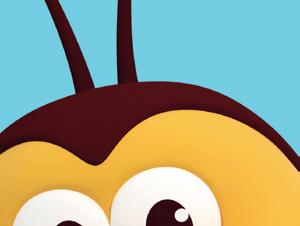




















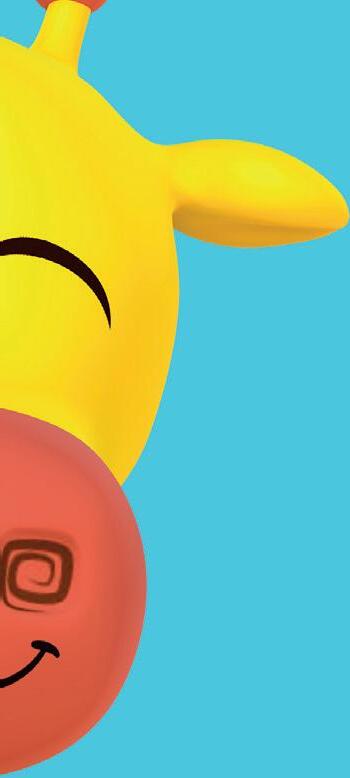


































































































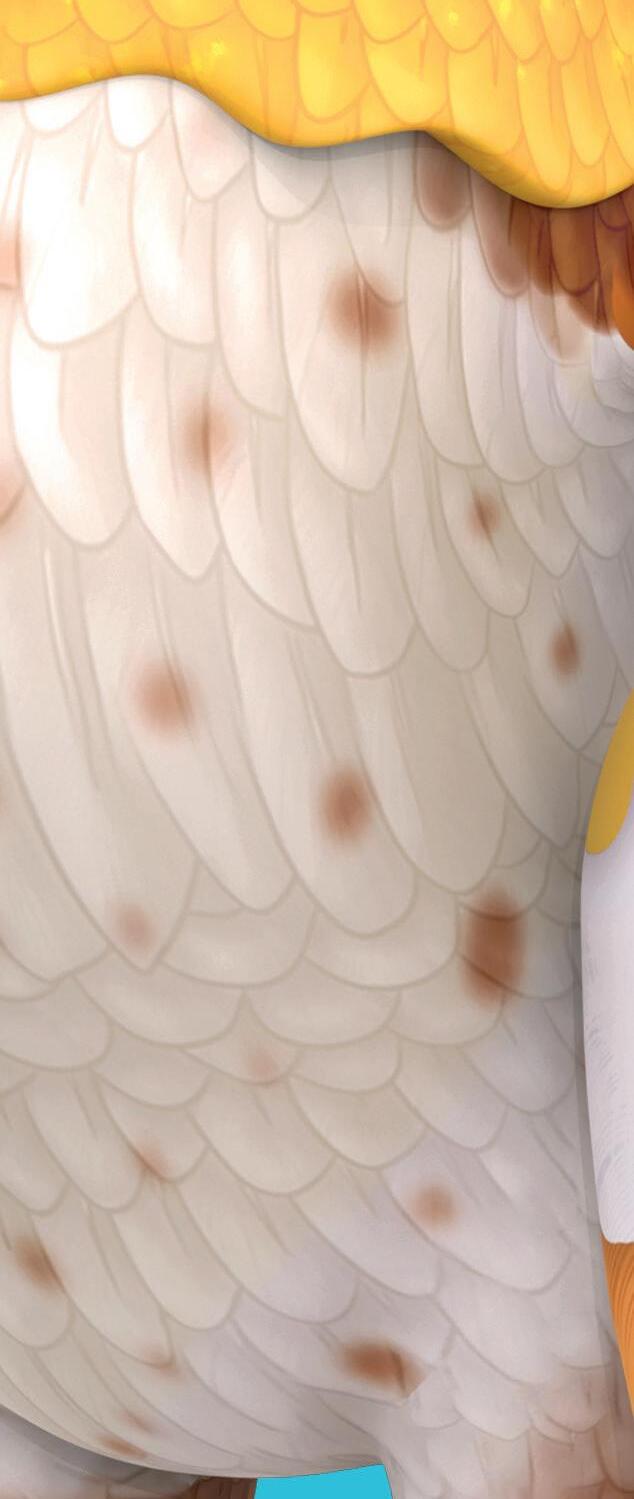










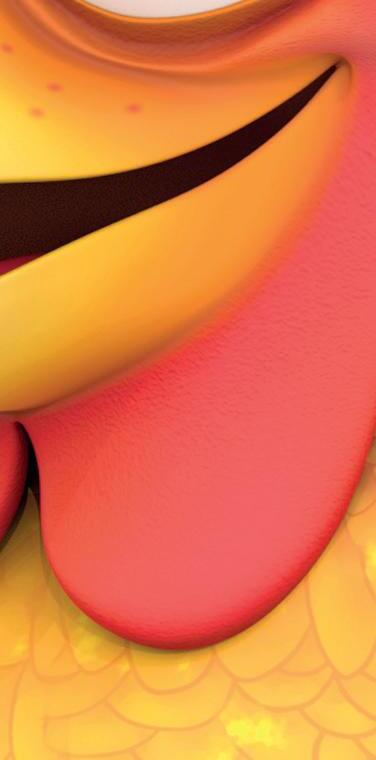
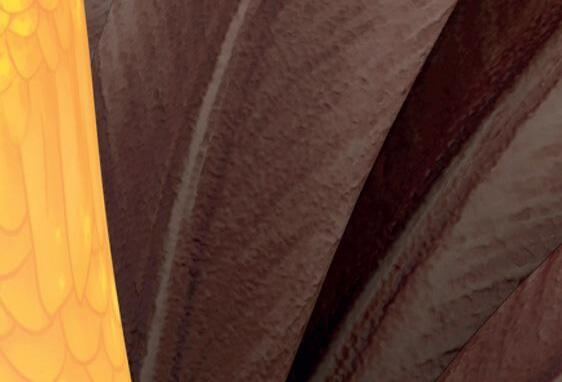




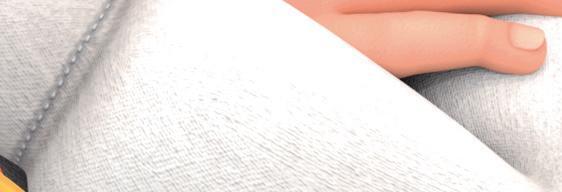
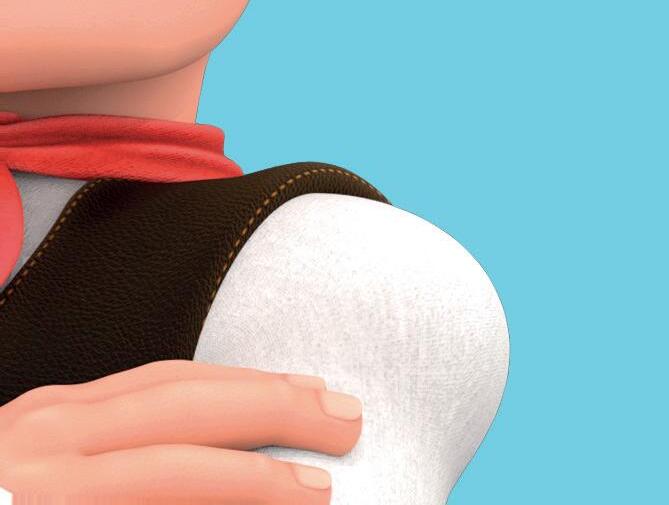


















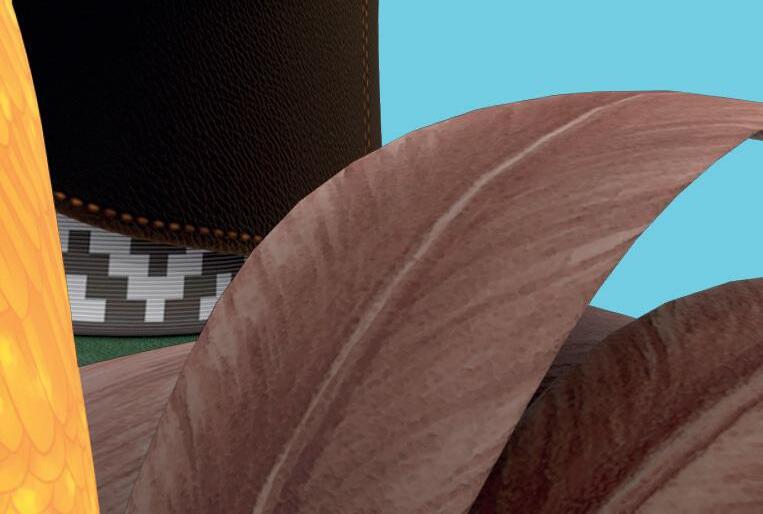




















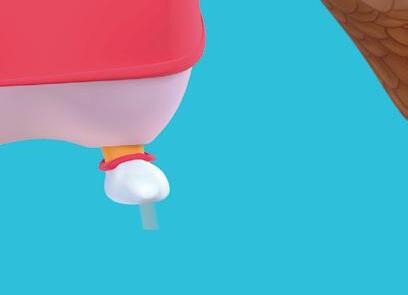

































































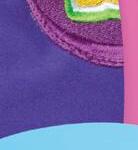











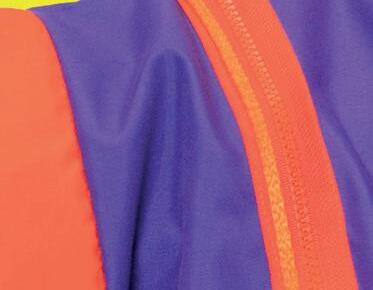








































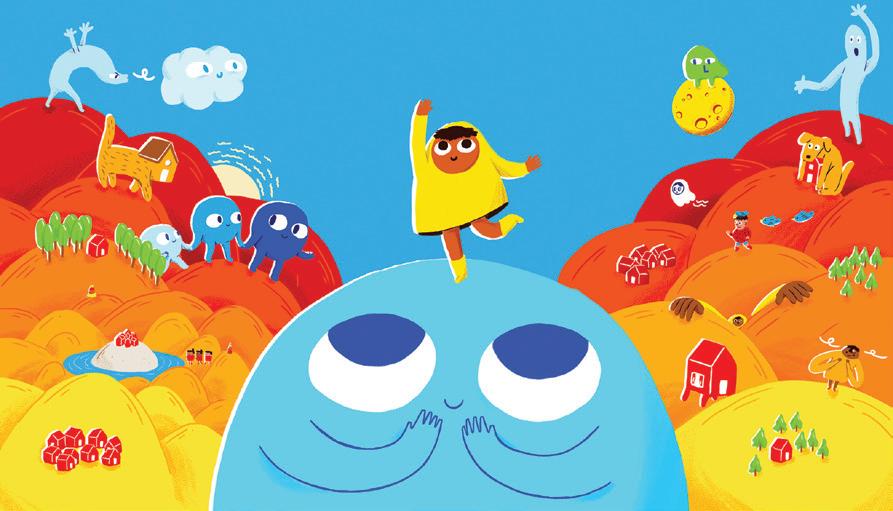








Tomek Niedźwiedź, director and screenwriter, Badi Badi


It’s getting harder and harder for original ideas to catch on because you can get the impression that everything has been done before. However, you have to consider that if everyone thought that way, nothing ground-breaking would have been created. There will always be a place for original productions, but it is becoming increasingly difficult for them to prevail.
Anna Lucia Pisanelli, producer, Graphilm

There is always space for new original ideas. Well-known IPs are a safe and reliable choice for the industry that invests in them because it can count on audience recognition of the IPs and thus in a secure return on investment. But audiences are becoming more demanding and are developing a refined taste. They will always want to hear and watch something new and never seen before.
Catch C21’s AHEAD OF THE CURVE - looking into new trends in the business, how to get ahead of the curve and where the money is to be made from this trend.
Keep reading online and smarten up your programming strategy at c21media.net/departments/aheadof-the-curve
Jakub Karwowski, CEO and cofounder, Letko

I feel like creating original content puts a greater responsibility on us. It demands a bigger effort, especially in terms of storytelling, but also to develop the world of the series. We need to populate this with complex yet relatable characters with relationships and stories that our viewers would want to engage with. It is a bigger risk but it also gives us more freedom in the development process.
Isavella Alopoudi, producer, Neda Film

In order to stand out, the necessity to be bolder, produce projects that have fresh and unconventional creative approaches and target the market in a more precise manner is more important than ever. Even though known IP dominates the market, I truly believe that audiences will always search for original stories told by passionate filmmakers.
Lachezar Velinov, founder and director, Zographic Films












We try to strike a balance. Half of our projects are adaptations of proven works, while the other half consists of original ideas. Our boutique approach doesn’t allow us to acquire rights to wellestablished IPs, so we collaborate with successful national authors. This approach provides additional security for potential investors and satisfies the needs of an already established audience.
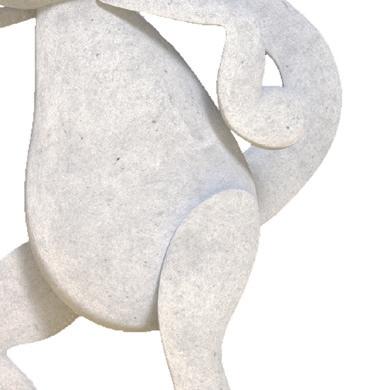

and satisfies the needs of an already established dynamic of our age, there are no definite

On the other hand, culture, art, and the industry thrive on original ideas, young artists’ different perspectives, innovative solutions and risk-taking. In the dynamic of our age, there are no definite answers and our approach is to keep our eyes and minds wide open to the endless possibilities of animation.

Zographic Films’ Fishie
may we invite you to dance?‘




















































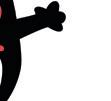

















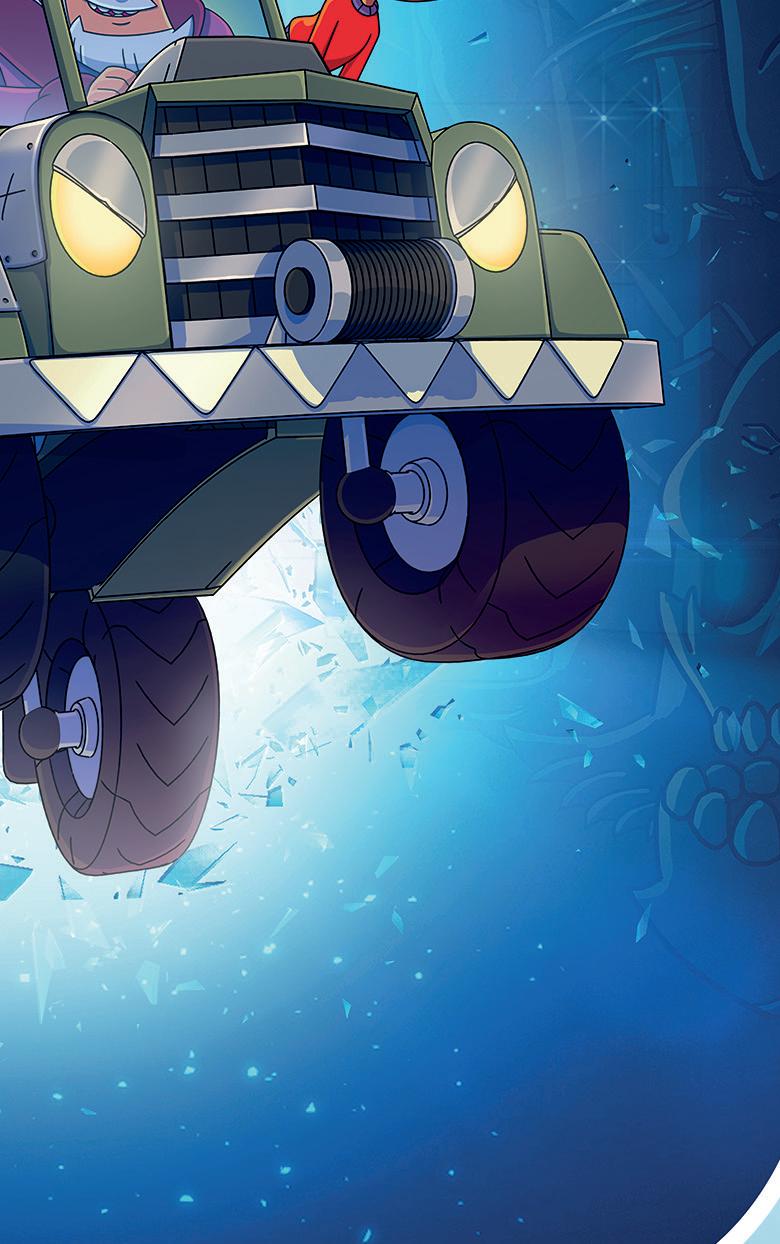















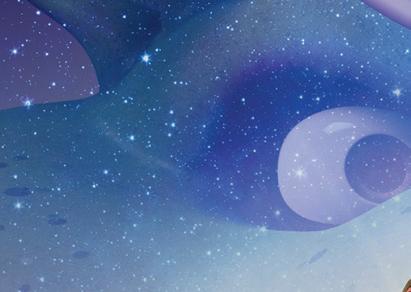







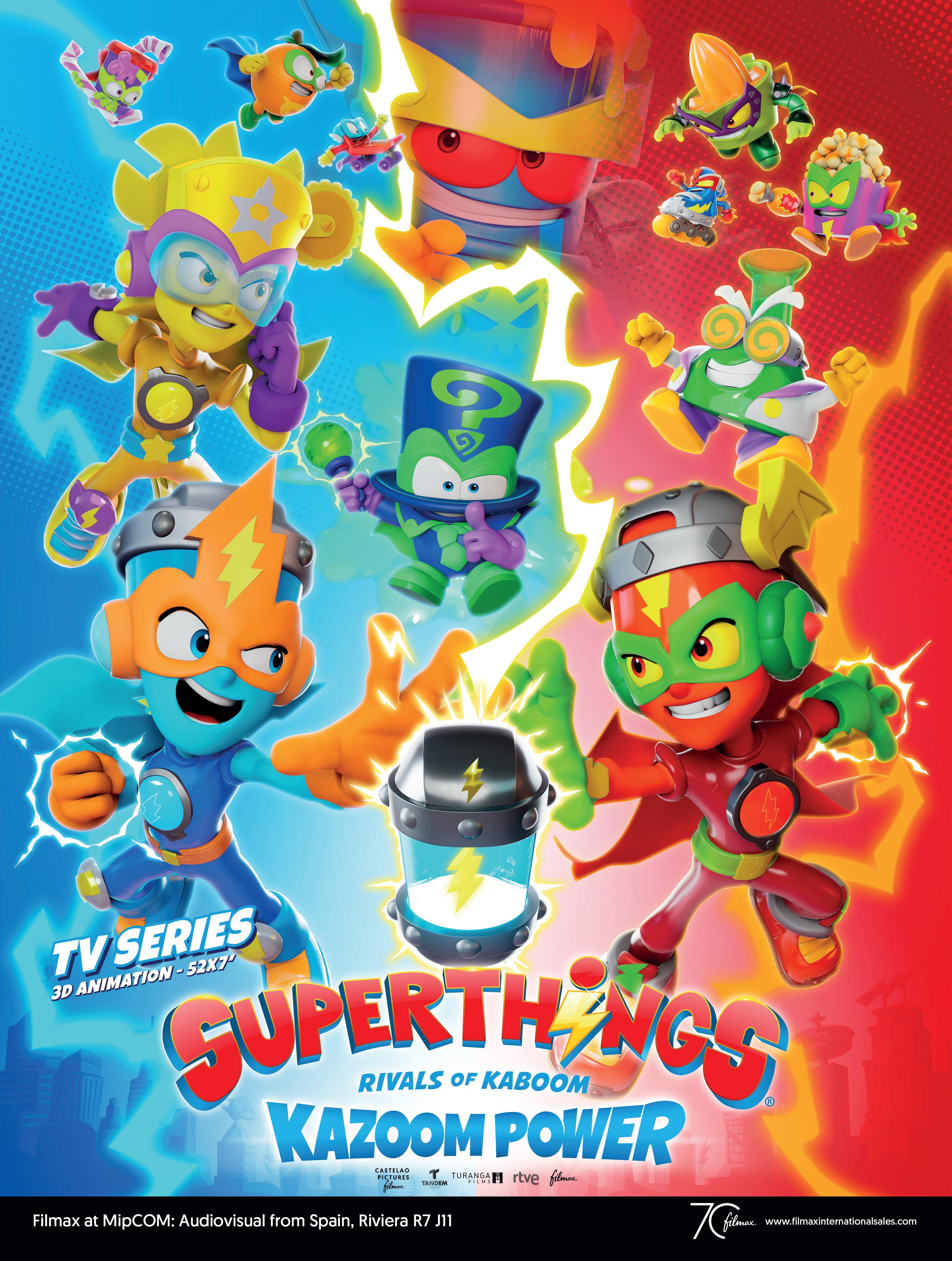
C21Kids has selected 21 new shows for buyers to consider at this year’s MipJunior in Cannes. Our 2023 selection features robots, spies, superheroes, dinosaurs, mythical creatures and plenty more.

 By Karolina Kaminska
By Karolina Kaminska
Producer and distributor: TeamTO
They say: “Eesha is an imaginative penguin who loves to create but frequently finds her plans disrupted by her rambunctious fun-seeking friends.”
We say: What’s up Eesha? is a CG animated series for 4-6s that follows the twists and turns of an arctic community’s unexpected adventures as they learn to live together, with all the comedy, silliness and occasional miscommunication that comes from a group effort.

Producer: MarbleMedia
Distributor: Distribution360
They say: “Davey and Jonesie run from the threat of being separated by their principal into a multidimensional portal in their locker built by their science teacher, a disgraced quantum physicist who wants to resync with every version of himself across the multiverse.”

We say: Produced for Hulu in the US and Amazon’s Prime Video in Canada, Australia and New Zealand, this live-action series is aimed at a family and youngadult audience and centres on the multi-dimensional adventures of two best friends.
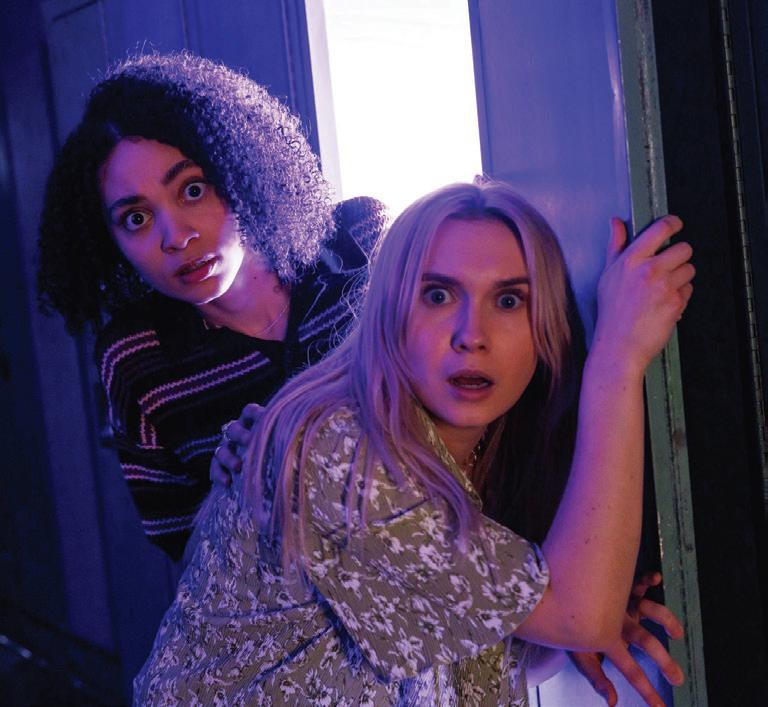

Producers: Quad and Superprod
Distributor: Federation Kids & Family
They say: “Young viewers will easily recognise different aspects of themselves in each of the energetic characters, identifying with them as the trio learns to navigate the same daily situations the viewers may face.”
We say: Produced for France Télévisions, this CG animated preschool series chronicles the escapades of three loveable children, each of whom has their own unique way of looking at the world.

Producers: Fiilin Good Films, CarpeDiem Film & TV and Mago Productions

Distributor: Pink Parrot Media
They say: “Joy Eternal is a visually rich and imaginative animated series that follows a teenage girl who is lost, grieving and fighting against an exploitative corporation. The series explores themes of loss, grief, environmental crisis and the power of never giving up.”
We say: Aimed at teenagers, Joy Eternal tackles subjects of self-esteem and self-worth. It is produced for Finnish broadcaster YLE using cut-out and 2D animation and is a follow-up to web series
Divine Consultants: The Beginning

Producers: Procidis and Samka Productions
Distributor: Jetpack Distribution
They say: “Every object, even those that have become so familiar we don’t ‘see’ them anymore, can tell exciting stories. Maestro will reveal them, all the while entertaining us!”
We say: This series is the latest in the Once Upon a Time… franchise, which began in 1978 with Once Upon a Time... Man Once Upon a Time… The Objects! teaches children about everyday objects and is due to air on France Télévisions, Hot in Israel, RTS in Switzerland and globally on TV5 Monde.
Producers: Aircraft Pictures (part of Corus Entertainment), WexWorks Media and BBC Studios
Kids & Family
Distributor: BBC Studios
They say: “Navigating through new feelings, family drama, friendships and crushes, middle school can be tough to handle. Every experiment the protagonists test out comes with unexpected lessons about the value of friendship, kindness and confidence, helping guide our characters through the struggles of school with humour and heart.”

We say: Based on the books of the same name by Amy Ignatow, this live-action comedy follows two best friends as they set out to crack the code on how to become popular by conducting a variety of hilarious social experiments.



Producers: Beijing IQIYI Science & Technology Co, WingSing Animation Studio and WildBrain Studios
Distributor: WildBrain
They say: “Every kid has the potential to become a hero! But becoming a hero doesn’t happen overnight. It takes years of practice, training and dedication. Learning how to be a hero is at the heart of this actionpacked animated series.”

We say: Created by Keith Chapman (Bob the Builder, Paw Patrol), Jonny Jetboy is a CG animated preschool show that follows the youngest member of a secret family of superheroes as he learns what it takes to be a true hero.
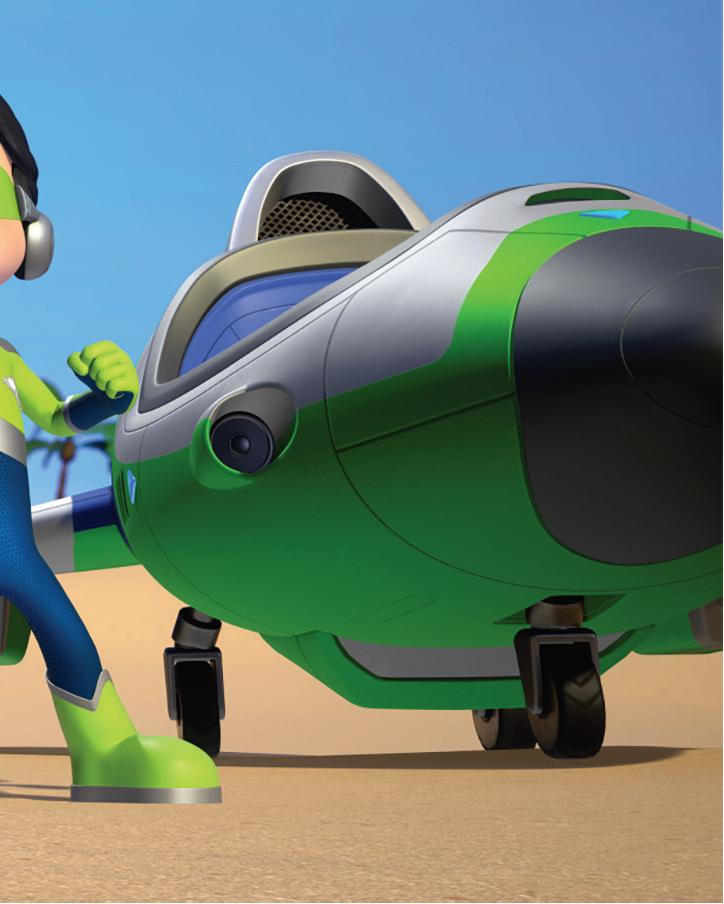

Producer: Kelebek Media
Distributor: APC Kids
They say: “Isadora – half fairy, half vampire – doesn’t realise just how special she is! She might have a lot to learn about the human world but with some luck (and her fairy wand and vampire skills) she’ll find her way through all sorts of astonishing adventures and to all sorts of extraordinary friends.”
We say: Based on Harriet Muncaster’s books, Isadora Moon is produced for Warner Bros Discovery in the US and Sky Kids in the UK. Aimed at children aged 4-7, the animated series aims to encourage curiosity, adventure and self-acceptance.

Producer and distributor: Mercury Filmworks
They say: “This series delivers engaging characters and storylines and is a powerful celebration of finding friendship in unexpected places – a message that will resonate with kids all over the world. A Mouse Called Julian also marks Mercury Filmworks’ expansion into CGI production.”
We say: Based on the book by Joe Todd-Stanton, A Mouse Called Julian follows a mouse who unexpectedly becomes lifelong friends with a fox who had snuck into his burrow to eat him. The series is accompanied by a 1x26’ special.


Producers: Sixteen South and Nelvana (part of Corus Entertainment)
Distributor: Sixteen South Rights
They say: “Steve is a fine horse. But he thinks he could be finer. He wants to be exceptional! With a distinctive visual style filled with laugh-out-loud slapstick comedy and an undeniable silliness, A Horse Named Steve follows our most innocent and loveable hero on his mission to be his best self.”
We say: Based on Kelly Collier’s picture book, this series is aimed at 4-7s and encourages positivity and determination in children, while teaching them the importance of being themselves.
Producers: Lion Forge Entertainment, YouNeek Studios, Impact X Capital and Forefront Media
Distributor: Lion Forge Entertainment
Producers: Mackinnon & Saunders, Raydar Media and
Toy Like Me
Distributor: Raydar Media to friendship and flexible thinking.”
They say: “Each episode sees three friends use their magical wooden spoon and mixing box to ‘mix up the magic’ of play and transport themselves on a host of comical adventures. Core themes include the joy of individuality, imagination, aims to increase the portrayal of disability on screen and centres on friends who live in a wheelchair-accessible helterskelter house. Those behind the series have all experienced disability, either themselves or through a close family member. Channel 5 in the UK’s Milkshake! block ordered the series last year and ABC Kids in Australia, RTÉ in Ireland and Canada’s TVO Kids have pre-bought it.
We say: Created by Rebecca Atkinson, Mixmups have
They say: “With newly discovered superpowers, Iyanu and her band of fellow outcasts escape the city of Elu and travel across Yorubaland to search for the source of her powers, while discovering her true calling is to unify the people of Yorubaland and rescue them from an ancient curse.”

We say: Based on Dark Horse Comics and YouNeek Studios’ graphic novel from Roye Okupe, Iyanu is produced for Cartoon Network and Max. Iyanu’s world spans the modern-day countries of Nigeria, Togo and Benin. While fictional, it is heavily influenced by the history and achievements of the Yoruba people. Lion Forge is the only black-owned animation studio in North America.
Producer: Squeeze Productions
Distributor: Cake
They say: “New to parenting and on his own with eight kids, overprotective ostrich Ed tries to be the best dad he can. Luckily his unlimited cartoon powers and ingenious creativity more than compensate for his lack of experience, as he successfully manages to turn every family activity into an exciting adventure.”
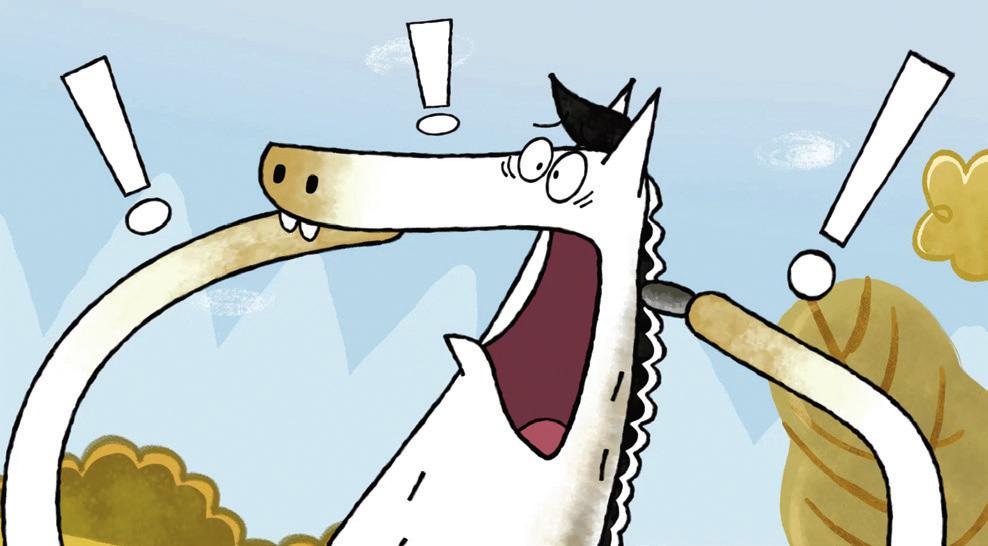
We say: This family-skewed non-dialogue 3D animated comedy is based on a series of original shorts that aired in 210 countries on Disney, Nickelodeon, Cartoon Network, Teletoon, WildBrain, Tencent Video and Canal+. A game and licensing plans are in the pipeline.

Producer and distributor: Inanimatti
They say: “In a world inhabited by living inanimate objects, a young arch embarks on a high-stakes journey to uncover his true purpose and save the world from devastation.”

We say: Arky Arch Adventures is an animated comedyadventure series for kids aged 6-12, created by former BMW head car designer Chris Bangle, who has launched his own prodco to produce the show. Former Fox Family, Saban and Marvel president Eric Rollman is attached to spearhead the project.
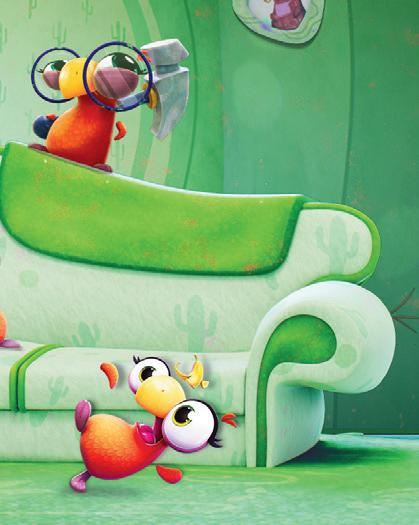

Producer and distributor: Magic Light Pictures
They say: “Fred and his cat Tabby McTat enjoy a contented life singing on the streets of London to delighted audiences. But one day when chasing a thief, Fred falls and breaks his leg and is whisked away in an ambulance. What will become of Tabby McTat, who is left alone on the harsh city streets?”
We say: Adapted from Julia Donaldson and Axel Scheffler’s picture book, Tabby McTat is this year’s animated Christmas special for the BBC. The voice cast includes Rob Brydon and Jodie Whittaker.
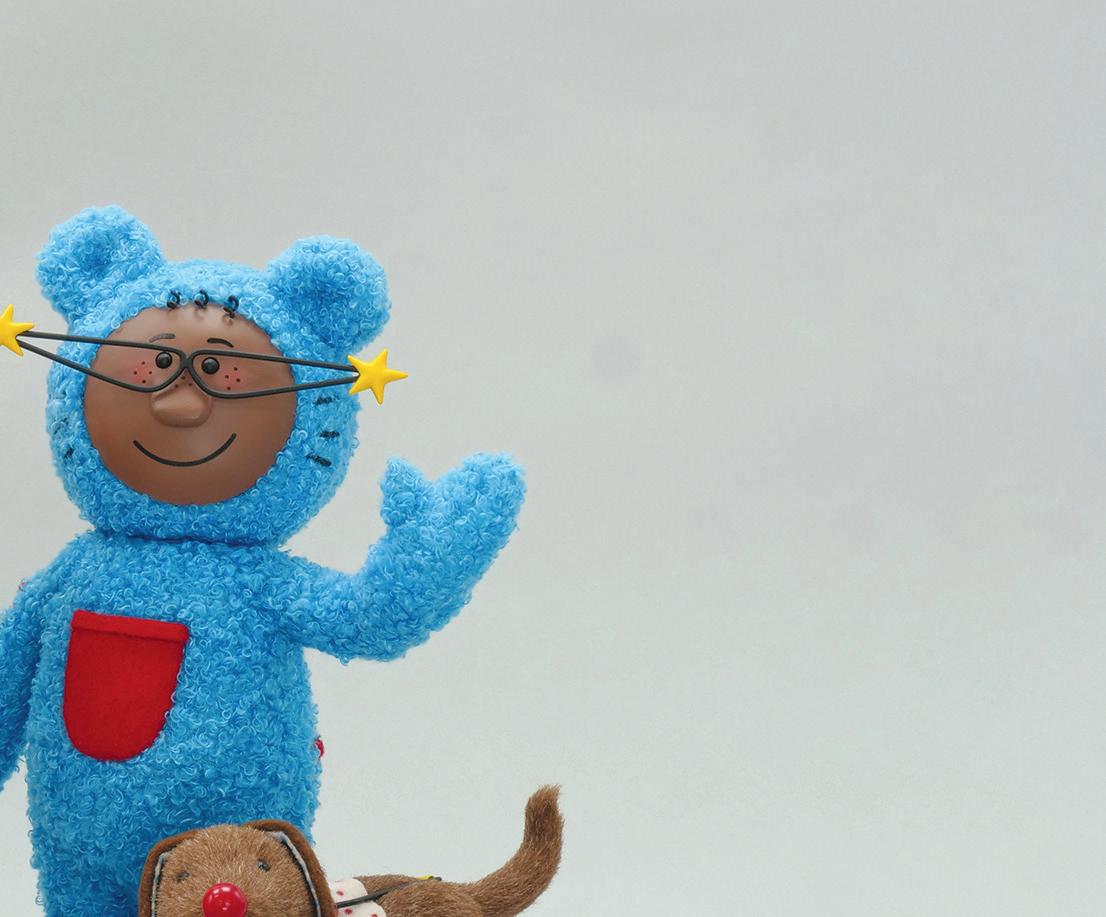
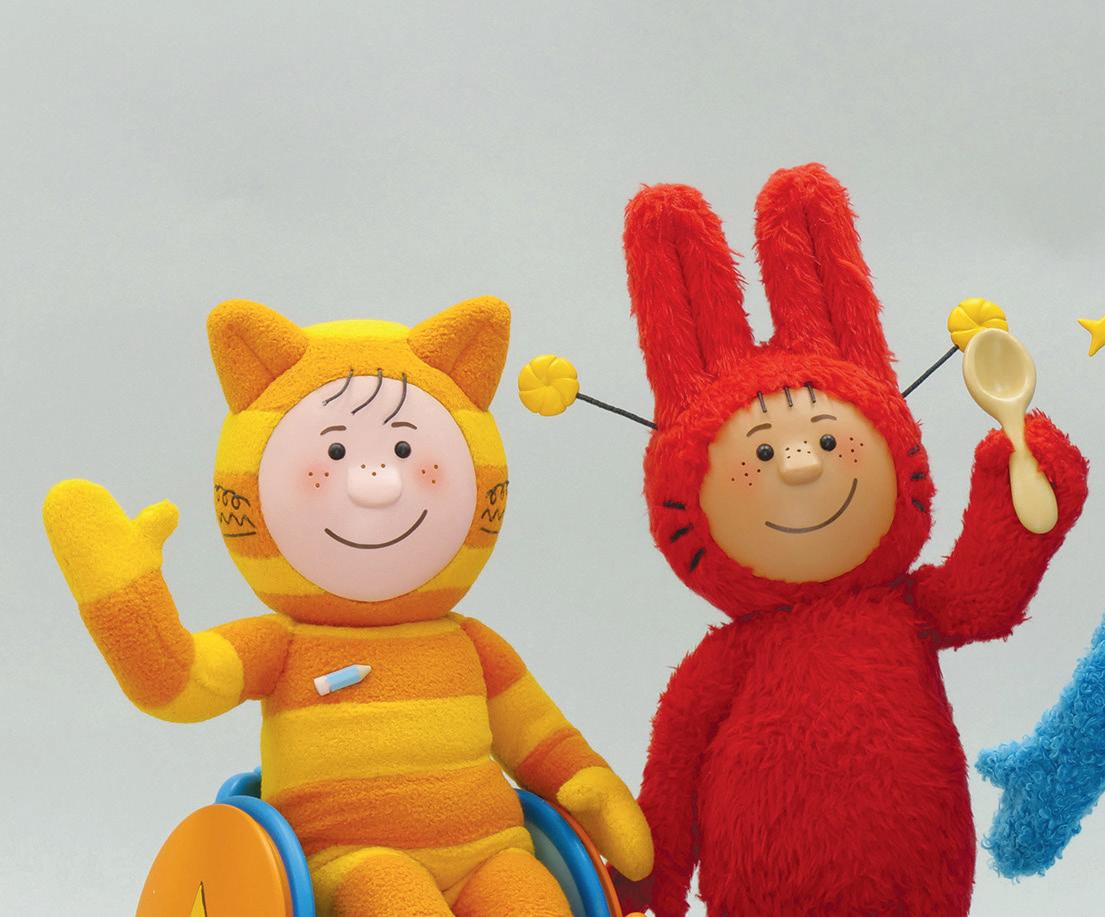


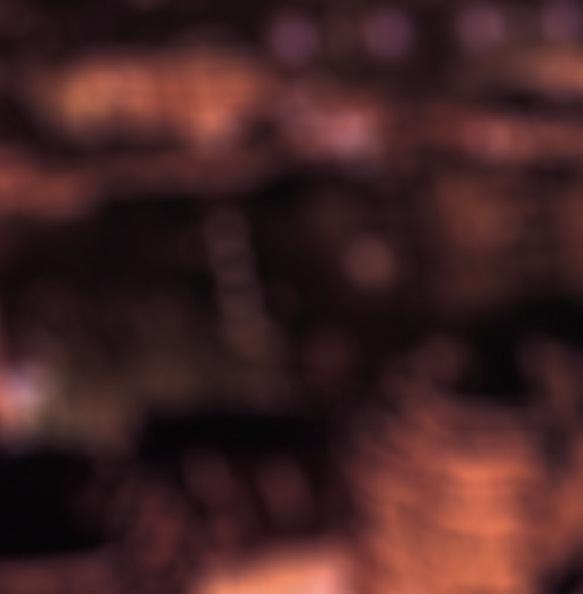

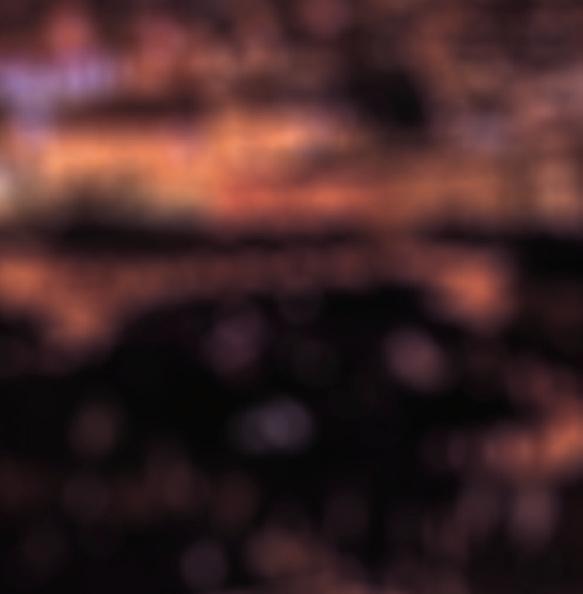









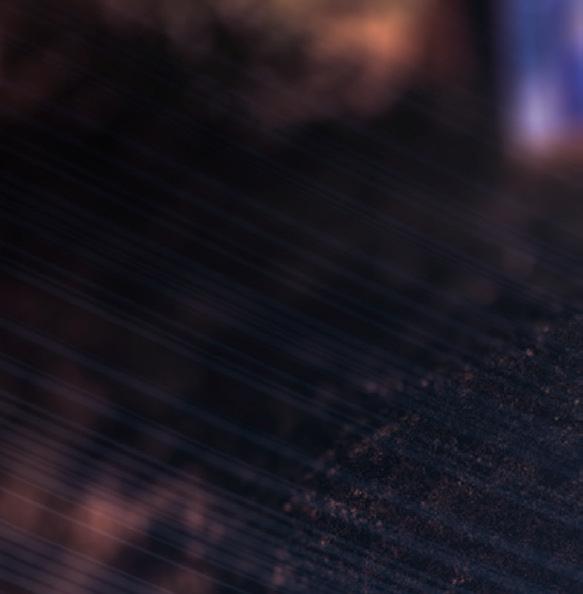
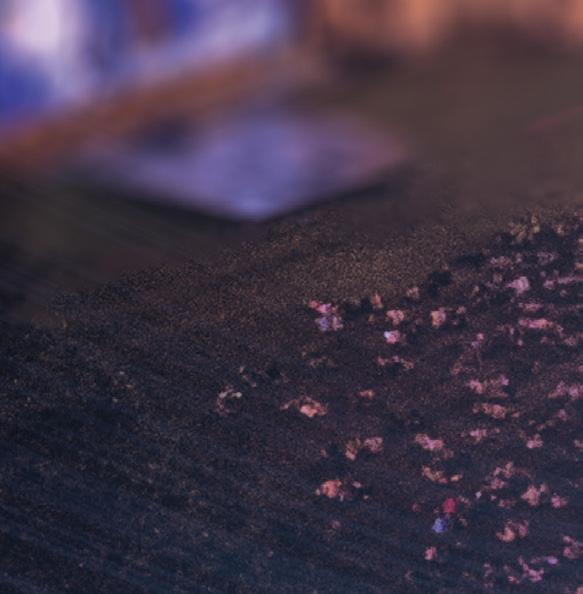
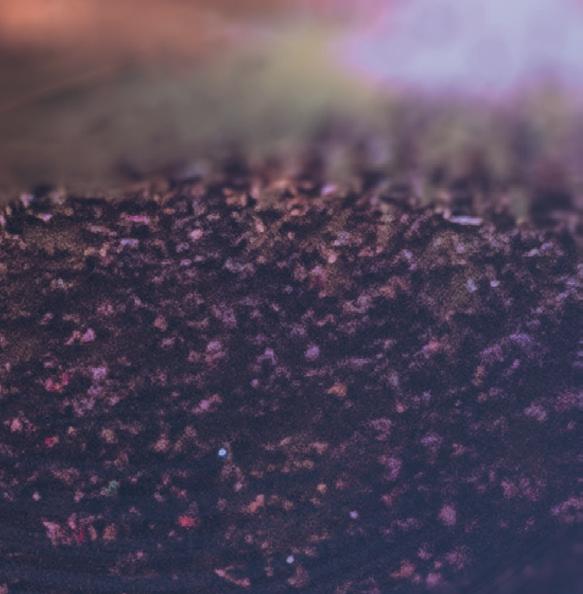


















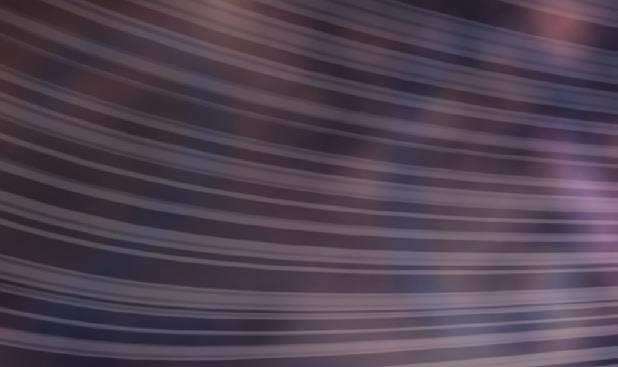










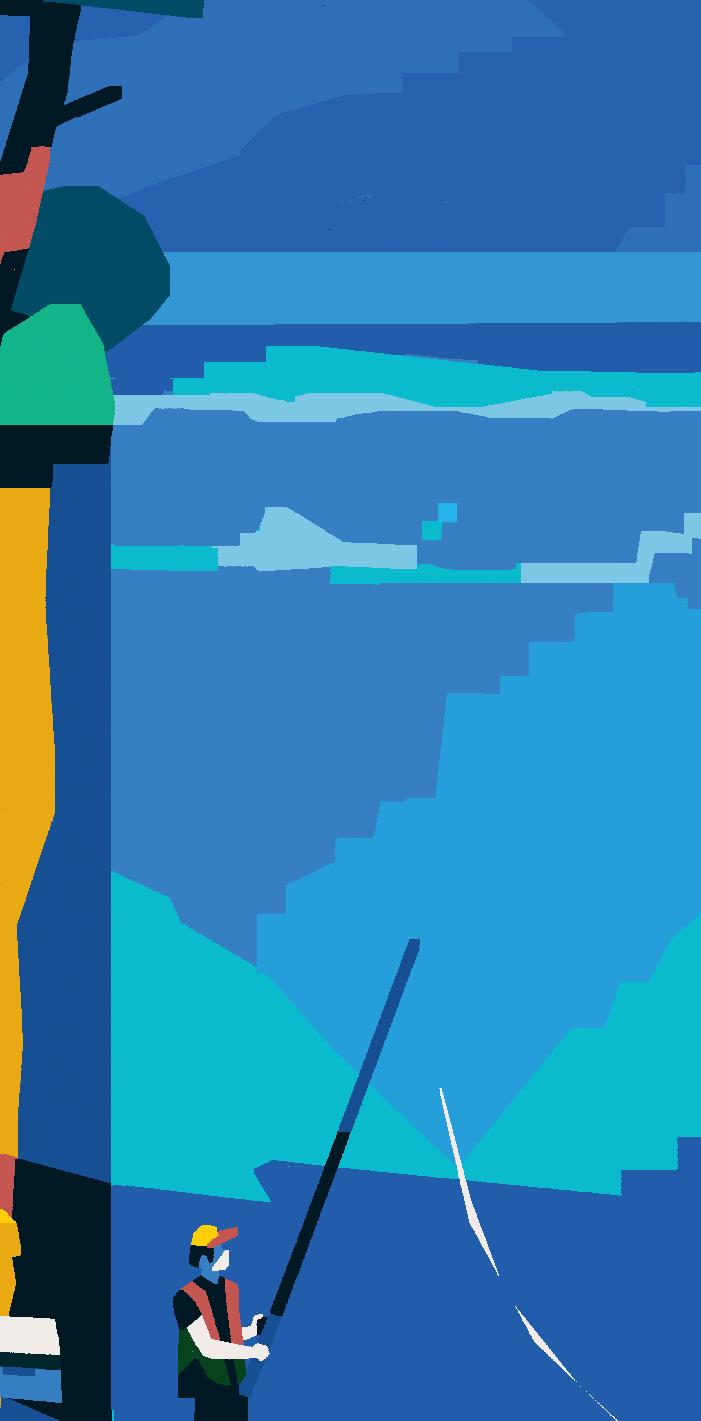











Producers: Zodiak Kids & Family France and Tiger Aspect Kids & Family (part of Banijay Kids & Family)
Distributor: Zodiak Kids & Family Distribution (part of Banijay Kids & Family)
Producer: Campfire Aniworks
Distributor: Boat Rocker Media
They say: “This 3D animated series follows the madcap adventures of the Bigfoot family, a happy and harmonious family of dinosaurs who live on a chaotic island floating alone in the far sea.”
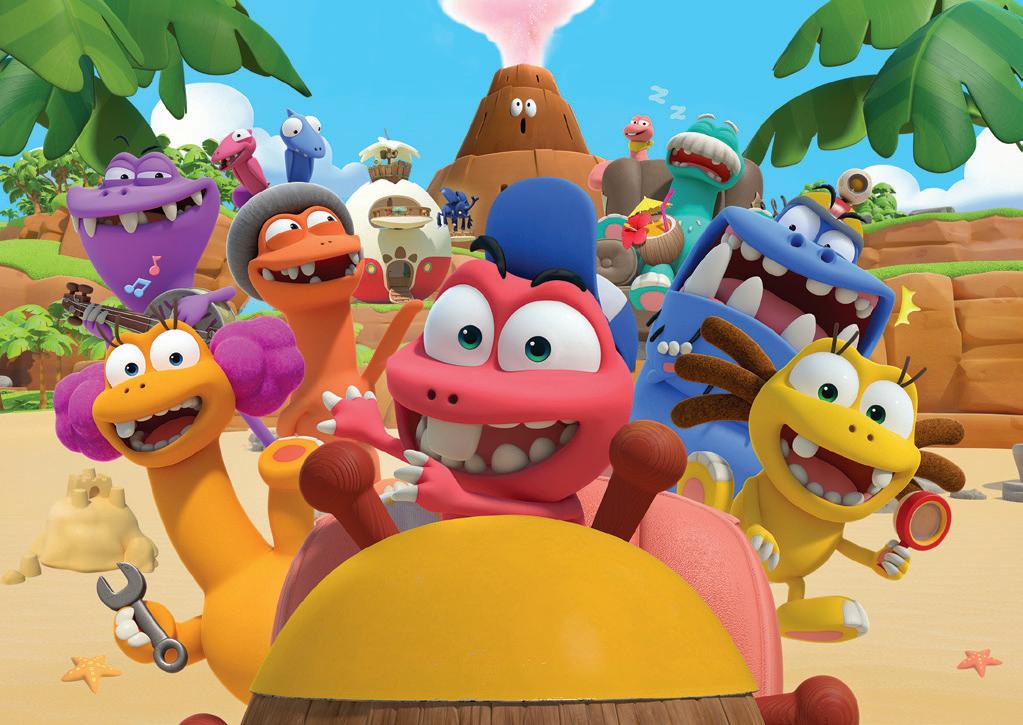
We say: Produced for South Korea’s EBS, the series follows the Bigfoots as they go on extraordinary adventures together, riding in a giant eggshell that can transform into any type of vehicle.

Producers: Folivari and Bayard Jeunesse Animation
Distributor: Mediatoon Distribution
They say: “SamSam: Cosmic Adventures is a fully revisited classic with amazing CG visuals. The new show values friendship and inclusivity while pushing fun and adventure. SamSam is a great example of how to make an IP last without getting old or betraying the fans.”
We say: Based on Serge Bloch’s books, this upper preschool series follows two previous series and a film also based on the IP. It follows a six-year-old superhero as he vanquishes his childhood fears and has been boarded by France Télévisions, RTS in Switzerland, Télé-Québec in Canada, RTBF and OUF TIVI in Belgium and Hungary’s MTVA.

They say: “An original comedy series, from the creators of Totally Spies! and Mr Bean: The Animated Series, Aquila hits the beats of a modern sitcom, set in a unique bustling medieval metropolis filled with visual gags from the writer and illustrator creator.”
We say: This animated sitcom mixes the medieval world with the 21st century. The titular character applies to work for a minor royal as her personal YeMail assistant – the medieval version of email – and hilariously travels the city reading scrolls and acting out emojis in real life.
Producer and distributor: Xilam Animation
They say: “Comedy continues to be central to our company ethos, but it’s exciting to now use the genre as a way to approach timely and important topics. In Buddybot, we see our two heroes encouraging daily habits to help protect the planet, all while they have plenty of fun along the way.”
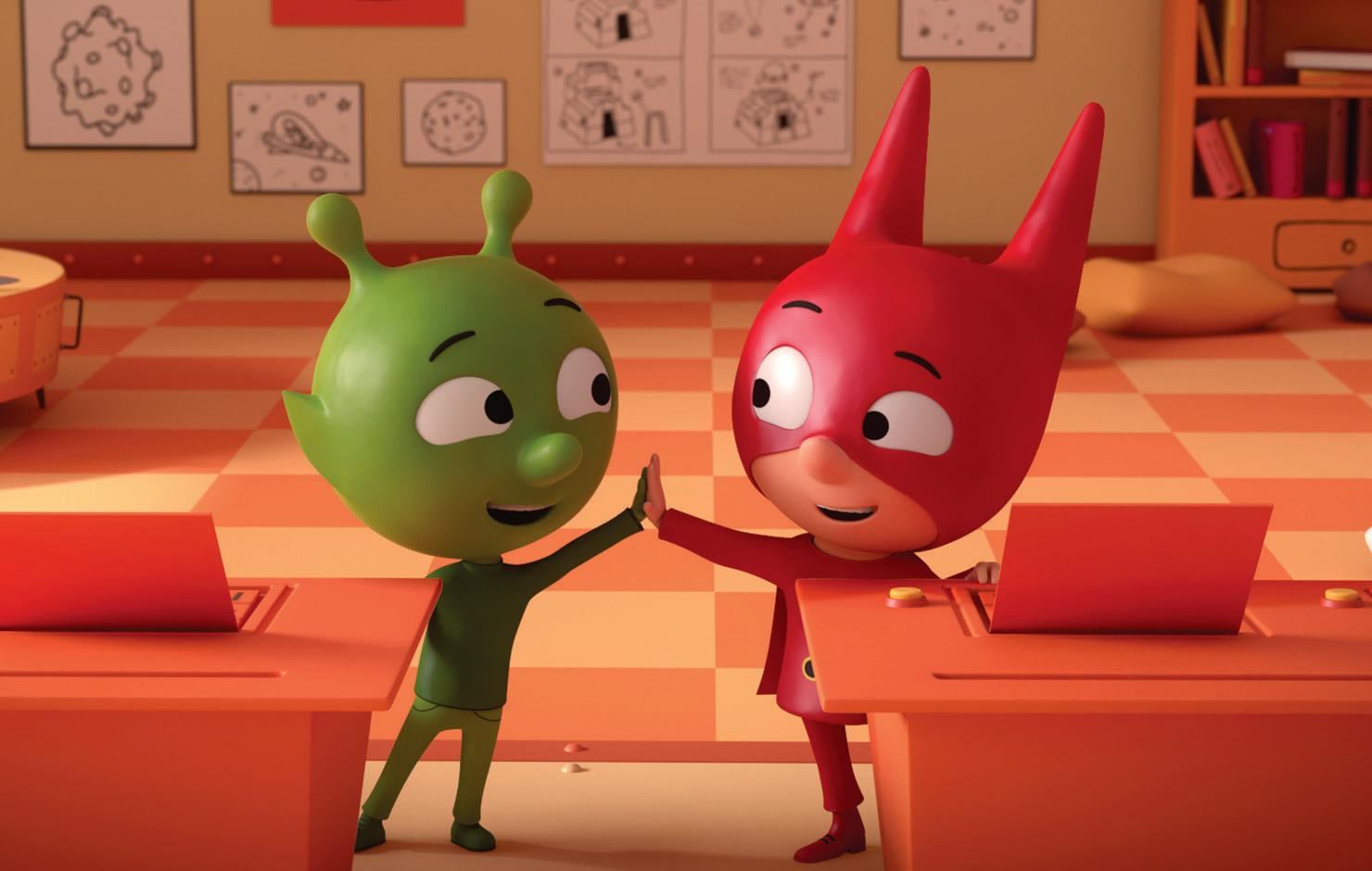
We say: Aimed at 6-10s, this 2D animated series tells the story of the friendship between an ordinary 12-year-old girl called Chloe and a little robot from the future who comes from a time when the effects of climate change have taken their toll. Buddybot wants him and Chloe to take action now, in order to instil positive change for the future.


Producer and distributor: Dandelooo
They say: “Welcome to Corneville-la-Joie! In this peaceful village surrounded by green hills, life is really nice. There lives Gaston, a young unicorn just like many others...well, almost. Gaston is unique: his magical rainbow mane changes colour according to his emotions.”
We say: Based on the children’s book series Gaston’s Emotions (Les émotions de Gaston) by Aurélie Chien Chow Chine, the educational comedy teaches children to identify emotions and manage them effectively.
Producer and distributor: Wonderworld.Fun
They say: “Secret Agent Jack Stalwart is an exciting, fun, emotional spy adventure for the whole family, full of heart, humour and spectacle.” We say: Each episode sees the protagonist embark on a new clandestine escapade around the globe. Aimed at kids aged 6-10, the CG animated series is in production for two 14x26’ seasons.
C21’s NEXT BIG THINGS - The people, programmes and businesses that are about to change the game. Keep reading online at
Artificial intelligence (AI) tools that ‘create’ near-perfect images, copy and music are already winning awards, and upsetting a lot of people. We need to accept that a systemic and irreversible change to the creative industry is inevitable.
The breakneck speed of the change will also mean it will be painful. Not long ago, the creative industry was considered untouchable, with the belief that ‘a computer would never be able to replicate the complexity and nuance of the human condition.’ But here we are.
However, I don’t think we are seeing the wholesale removal of human creativity or even the demise of the creative industry. It’s just going to be different and for those who roll with the punches and look for the opportunities, it might be a positive thing.
Creativity is about the idea and the execution of that idea. Both of these have, to date, gone hand-in-hand with each other; an artist comes up with an idea and then draws it, a novelist comes up with a story and then writes it. AI is going to cleave these disciplines apart. AI is going to do the heavy lifting of creative execution, decoupling it from the ideation.
Those who currently execute the creative process are going to suffer. Photographers, illustrators, copywriters and anyone who executes creativity is going to most likely find the bulk of their work replaced by AI. Like the linen weavers, cashiers and travel agents of the past, removing an entire job class will have a profound effect on many talented people and is hugely sad.
However, by separating the idea and the execution you are potentially opening up the creative industries to a new type of skillset – one that values great ideas over practical skills. It means that someone who can come up with incredible ideas but who doesn’t have the skill (or budget) to execute them can realise their potential. These people have always been around, but without the ability to actualise their great ideas, they never received the recognition or reward needed to pursue a job in the creative arts.
AI is putting these people into play. If they can master prompt engineering and effectively evaluate and optimise AI’s output, they could well succeed, and with them bring a whole new approach to creativity, one that has never
Maurice Wheeler, UK CEO of research and marketingbeen fully leveraged before. An increase in diversity of background, thought and approach is rarely bad for an industry.
With this automation and democratisation of content production, we are going to see an increase in the amount of content flooding self-serve channels (e.g. YouTube, TikTok, SoundCloud). If you combine AI’s ability to create a lot of content with algorithms that know what kind of content you want to see, we get super-niche, micro-targeting. A single piece of content might only be viewed by a dozen people, but those people will love it.
However, this super-niche, mass-produced AI content has two problems:
1. We as humans generally like authentic content made by real people. You only need to look at the millions of pieces of AI-generated art on Etsy to see we prefer art made by a real person who has put genuine emotion and passion into it.
2. The existing commercial models just aren’t set up for this type of content. Monetising millions of videos that have 30 views each is simply not efficient. Mass-market content will always be the Holy Grail as along as licensing and merchandising is where the real commercial upside is.
These two problems combined means commercially successful content will come from marrying human creativity and authenticity with AI’s ability to execute that in a cost-effective manner. Sadly, we will see the loss of some jobs, but we will also see new people coming into the industry.
There are still many, many problems that need to be sorted out, from actors’ rights to copyright law, but these will be resolved. And when they are, I believe we will see a resurgent creative industry empowered by technology rather than replaced by it.
EDITORIAL
Editorial director Ed Waller ed@c21media.net
Editor of C21Media.net Jonathan Webdale jonathan@c21media.net
Chief sub-editor Gary Smitherman gary@c21media.net
Chief sub-editor, DQ & head of design, C21Media John Winfield john@c21media.net
News editor Clive Whittingham clive@c21media.net
Channel21 International editor Nico Franks nico@c21media.net
DQ editor Michael Pickard michael@c21media.net
Research editor Gün Akyuz gun@c21media.net
C21Kids editor Karolina Kaminska karolina@c21media.net
North American editor Jordan Pinto jordan@c21media.net
Senior reporter Neil Batey neil@c21media.net
C21TV
Head of television Jason Olive jason@c21media.net
Video editor/motion designer Adrian Ruiz Martin adrian@c21media.net
FINANCE
Finance director Susan Dean susan@c21media.net
Finance manager Marina Sedra marina@c21media.net
Finance officer Shuhely Mirza shuhely@c21media.net

Group CFO (consultant) Ravi Ruparel ravi@c21media.net
ADVERTISING
Founding partner and commercial director Odiri Iwuji odiri@c21media.net
Sales director Peter Treacher peter@c21media.net
Business development director Nick Waller nick@c21media.net
Sales manager Hayley Salt hayley@c21media.net
Senior sales executives Richard Segal richard@c21media.net
Malvina Marque malvina@c21media.net
Telesales executive Yasmin Connolly yasmin@c21media.net
PRODUCTION
Operations director Lucy Scott lucy@c21media.net
Head of digital Laura Stevens laura@c21media.net
Production and events coordinator Courtney Brewster courtney@c21media.net
Digital assistant Alex Stevens alex.stevens@c21media.net
EVENTS
Event programming director Ruth Palmer ruth@c21media.net
Head of events Gemma Burt gemma@c21media.net
Events coordinator Lucy Corona lucy.corona@c21media.net
Programming coordinator Erin Blackmore erin@c21media.net
Team assistant Mia Hodgson mia@c21media.net
Editor-in-chief & managing director David Jenkinson david@c21media.net

International is registered as a newspaper. No part of this publication may be copied, stored or copied on to any electronic system or broadcast via any other medium without prior consent of the publisher. All rights reserved. All trademarks acknowledged.
© Channel21 International 2023 ISSN number: 1460-0668


























































































































































































































































































